Cultural Beauty Routines at Home: A Journey Back to Authentic Beauty Secrets

Have you ever wondered how cultures around the world embrace beauty routines at home? It’s like stepping into a whole new universe of tried-and-true secrets passed down through generations. Imagine being able to harness these different cultural beauty routines at home, all from the comfort of your own house. And not just about looking good, but feeling truly radiant. Sounds tempting, right?
Let’s paint a scenario. You’re standing in your bathroom, staring at shelves stocked with glitzy serums and creams in flashy bottles. Promises of youth and glow, plastered everywhere. Yet, dragging your hand across those shelves, there’s a nagging feeling that perhaps—just perhaps—the real beauty wisdom lies somewhere else. Maybe in the age-old traditions of Italy’s sunlit coastlines or within the serene landscapes of Japan.
The French Secret: Effortless Elegance
First stop, let’s talk about the French. Ah, the embodiment of “effortless elegance.” French women are known for embracing natural beauty, opting for simplicity over complexity. They’ve honed the art of using minimal products for maximum effect. It’s less about covering up and more about enhancing their natural selves. Think of it like having a love affair with your skin rather than a battle of covering every inch.
Try this: give your skin some breathing space. Toning it down not only feels refreshing, but it also fosters that healthy skin vibe. French women have a penchant for doing facial massages with oils at home. You’d be surprised how a few minutes massaging your moisturizer into your face each night can do wonders.
Steps for a French-Style Facial Massage
- Warm-up your oil: Use light oils like almond or jojoba. Just warm a few drops in your palms.
- Palm around: Start from the center of your face and work your way outwards.
- Focus areas: Don’t forget your détourné – neck’s aura has its say in your glow, too.

Japanese Rituals: Grace in Precision
Switch gears, and let’s take a detour to Japan. Cultural beauty routines at home here turn into a meditative act. Beauty isn’t rushed; it’s revered, often involving meticulous attention to detail. Japanese skincare often focuses on hydration and rejuvenation, turning simplicity into a form of art—a fresh start, really.
Japanese women often practice the double-cleansing method—once with an oil-based cleanser that sweeps off makeup and impurities, followed by a gentle foaming cleanser to nourish the skin. Feel like your skincare routine has been missing something? Give it a go. And don’t skimp on moisturizers here. Really pile them on (with love, of course), allowing each product to absorb fully.
Japanese Double Cleansing:
| Step | Product Type | Action |
|---|---|---|
| 1 | Oil Cleanser | Removes makeup, oil, sunscreen |
| 2 | Foam Cleanser | Cleanses skin from leftover impurities |

Indian Rituals: Earthy and Enriching
Now, India throws us right into nature’s lap. With its rich history of Ayurveda, the country’s beauty traditions have always involved using natural ingredients. Turmeric masks, anyone? There’s something beautifully gratifying about using spices and herbs that grow straight from the earth. These routines target the core of beauty while homing in on natural, colorful riches.
Turmeric, honey, and yogurt mask* – a trio that leaves your skin bright and revitalized.
- 1 teaspoon turmeric powder
- 1 tablespoon honey
- 2 tablespoons yogurt
Mix this golden concoction, dab on, wait till it suns over. Get washing—gently now.

Korean Innovations: Multi-Taste Symphony
Finally, onto the realm of Korean methods. Known for their ten-step skincare routine, this may seem excessive for some, but for others, it’s a luxurious ritual akin to a delicious multi-course meal. Koreans emphasize layers, pulsing life into their skin with gentle touches.
Curious? The multi-step routine might start with cleansing (see, they care about starting fresh symbolically too), then move on to exfoliate, tone, and splash on those essence steps. There’s always room for hydration.
A Taste of Korean Multi-Step Process:
- Oil-based cleanser
- Foam or water-based cleanser
- Exfoliation
- Toner
- Essence
- Treatment products
- Sheet masks
- Eye cream
- Moisturizer
- SPF (daytime!)
Wouldn’t blame you if you didn’t complete this, but trying snippet layers can ignite delightful changes.
Embracing It All
Mix and match these cultural beauty routines at home. Weave them into your day and elevate self-care without ever stepping out. There’s no need to adopt every routine religiously or to sacrifice half a day.
Draw inspiration from different world sections with awareness that each exists in its rich universe. Consider what resonates with you, what feels cozy sliding into your daily life. Sometimes, it’s about sipping tea, creating a turmeric concoction in your electric-blue pajamas. Maybe tomorrow is exactly for darling oils, from buses in France or Japan, or merely closing your wax-smudged eyes with homemade patches of sweetness from India.
Your room—no matter how diverse—is a vessel for ambition, celebrating an unspoiled fusion—each moment, with an untuned bang of mastering tranquility from across encounters.
FAQ
Here are four frequently asked questions (FAQs) about cultural beauty routines that can be practiced at home:
- What are some common cultural beauty rituals that I can incorporate into my routine?
Many cultures have unique beauty rituals that can enhance your self-care routine. For instance, Korean skincare emphasizes a multi-step regimen, often including double cleansing and the use of essences and serums. Moroccan hammams involve the use of black soap and exfoliating mitts for skin rejuvenation. In Indian culture, hair oiling with coconut or amla oil is a traditional practice for promoting hair health, while Turkish beauty often includes rosewater as a toner and yogurt as a face mask. - How can I create a personalized beauty routine inspired by cultural practices?
To create a personalized beauty routine, start by researching various cultural practices that resonate with you. Assess your skin type and specific needs, then select rituals that align with those characteristics. For example, if you have dry skin, you might try the Moroccan black soap scrub followed by an application of argan oil. Consistency is key; integrate these practices into your daily or weekly routine to see the best results - Are there benefits to using natural ingredients in my beauty routine?
Yes, many cultural beauty routines utilize natural ingredients due to their beneficial properties. For instance, turmeric is celebrated in Indian skincare for its anti-inflammatory benefits, while shea butter is used in West African traditions for moisturizing and soothing the skin. Natural ingredients often have fewer synthetic chemicals, making them gentler on the skin and more aligned with holistic wellness practices - Can I adapt these cultural beauty rituals to fit my busy lifestyle?
Absolutely! Many cultural beauty rituals can be simplified or adapted to fit into a busy schedule. For instance, you can perform a quick gua sha facial massage using a jade roller while watching TV or apply a hair mask while cooking dinner. Even dedicating just a few minutes each day to mindfulness or skincare can significantly enhance your overall well-being without requiring extensive time commitments






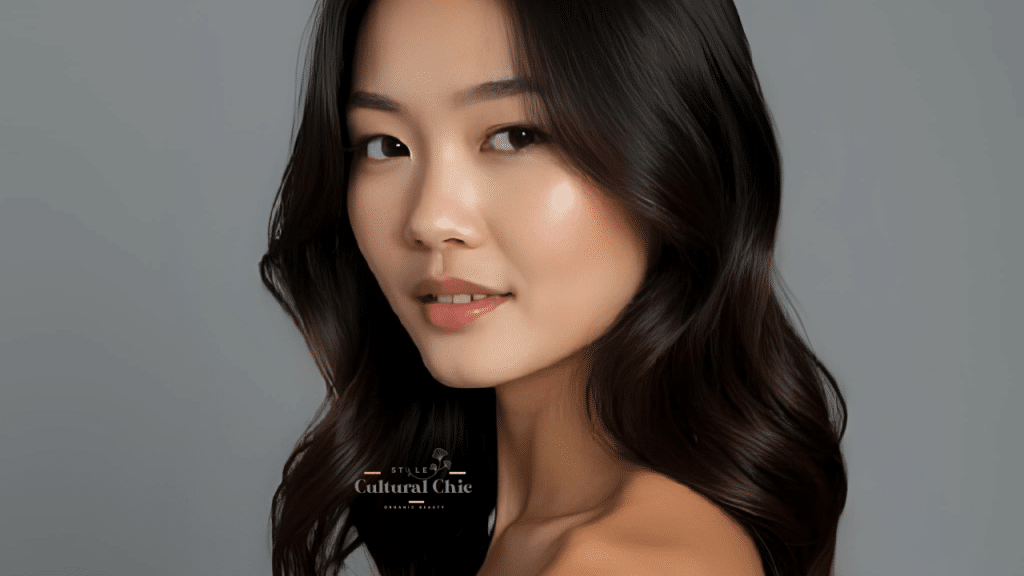


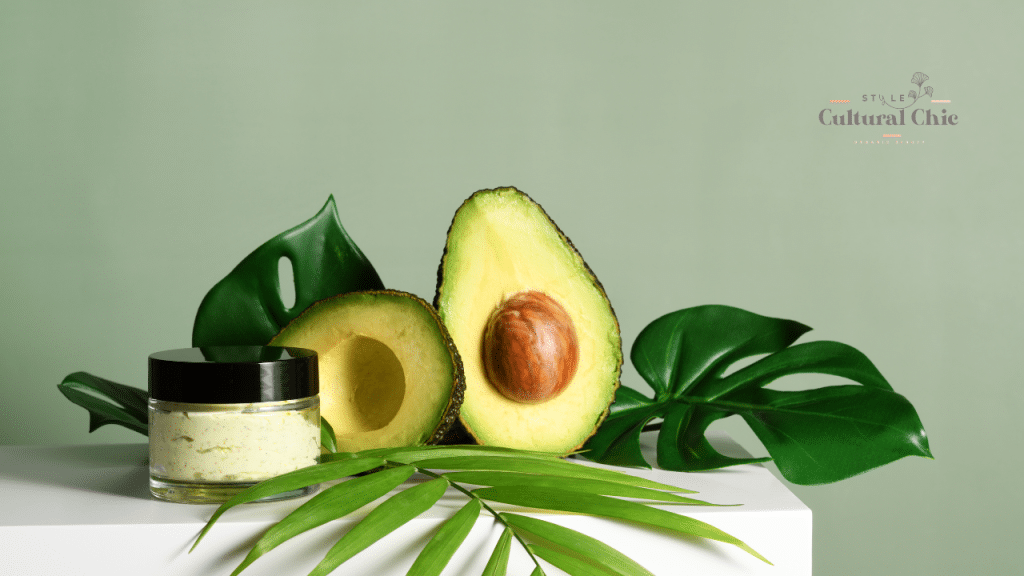



![Scandinavian Skincare Secrets [Revealed]](https://culturalchicstyles.com/wp-content/uploads/2025/06/10x-Blogs-2-2025-06-18T113546.586-1024x576.png)

![[Beginner's Guide] Must-Have Korean Beauty Products](https://culturalchicstyles.com/wp-content/uploads/2025/06/10x-Blogs-2-2025-06-16T185259.533-1024x576.png)





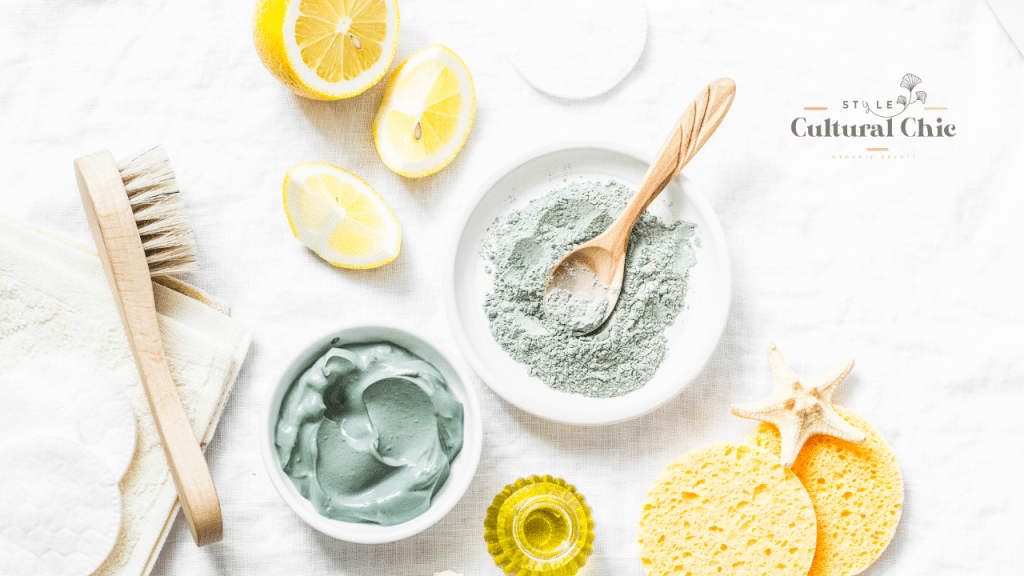
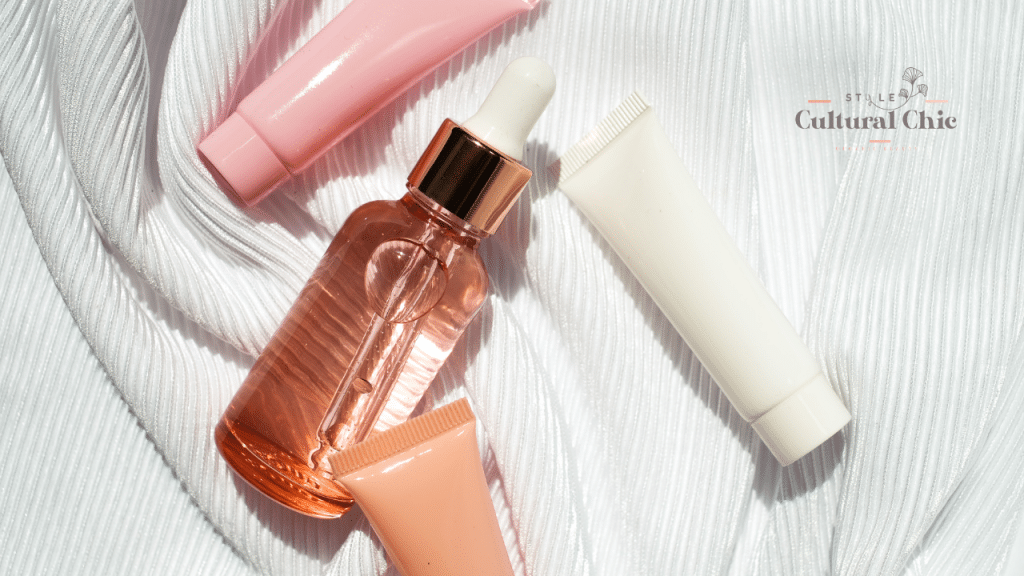














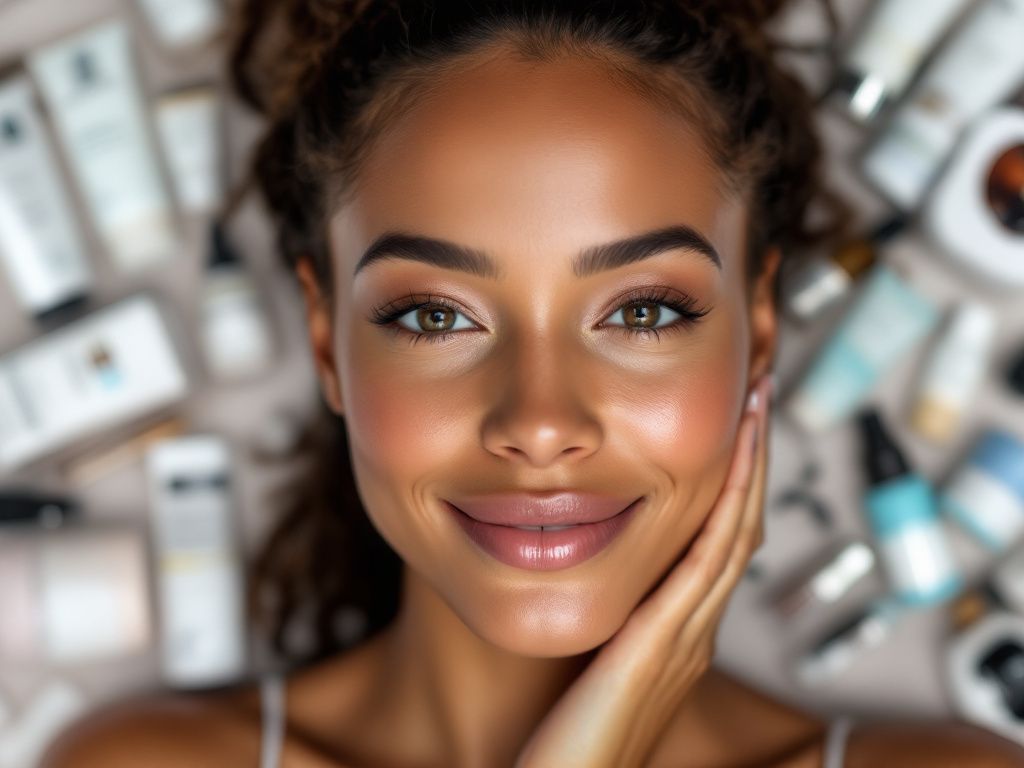


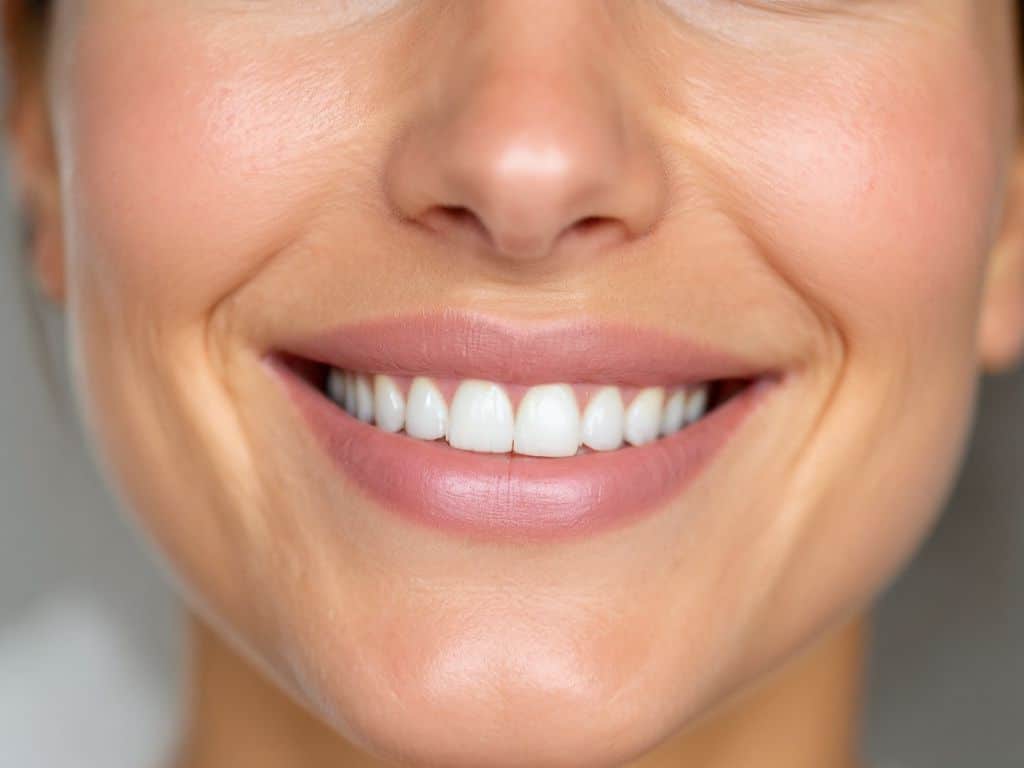










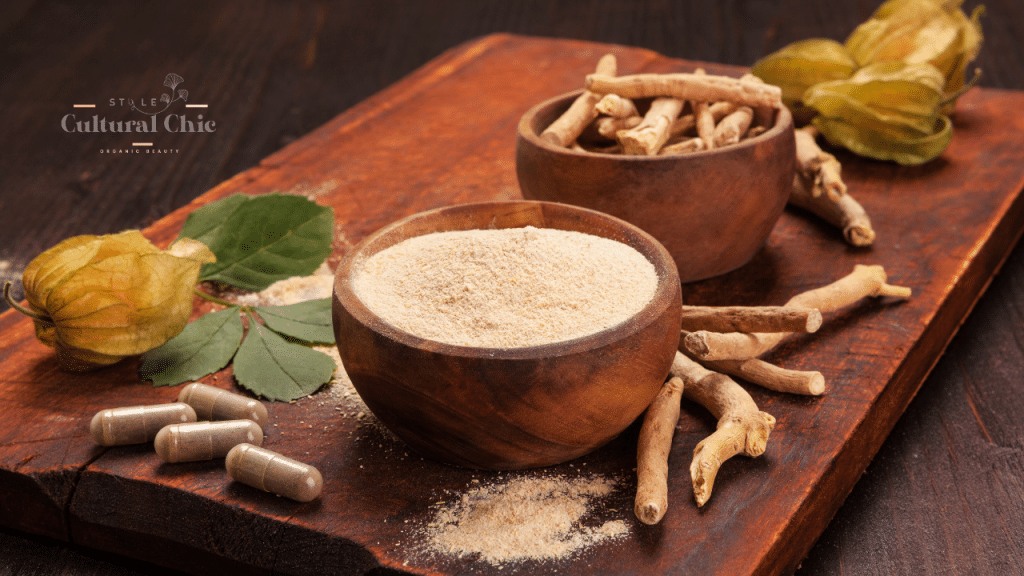


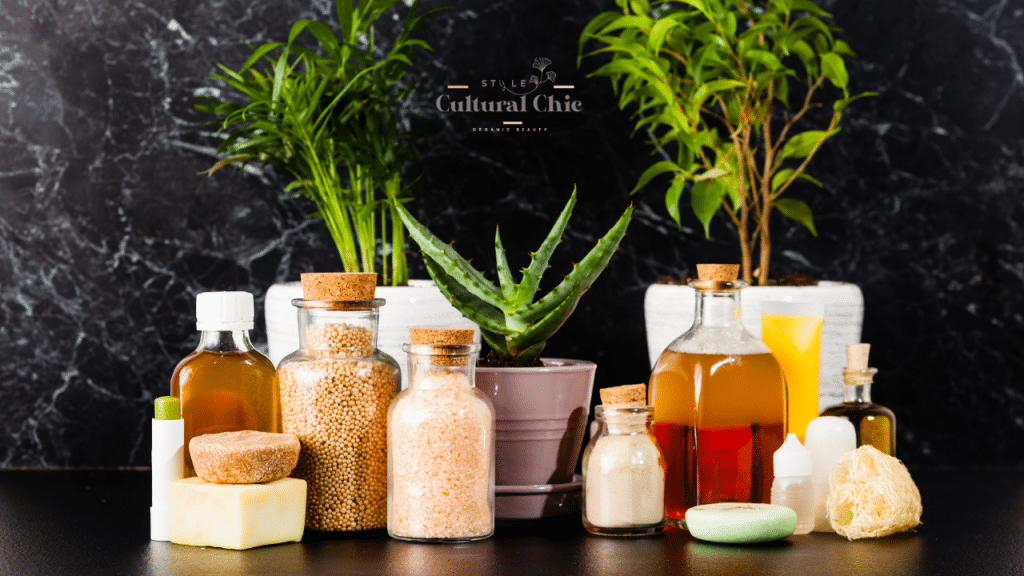

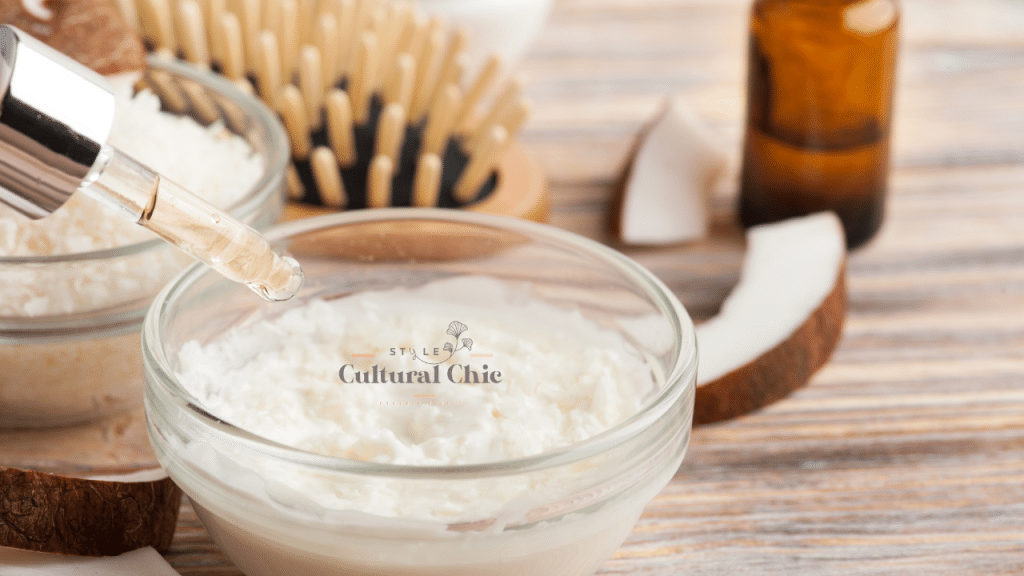











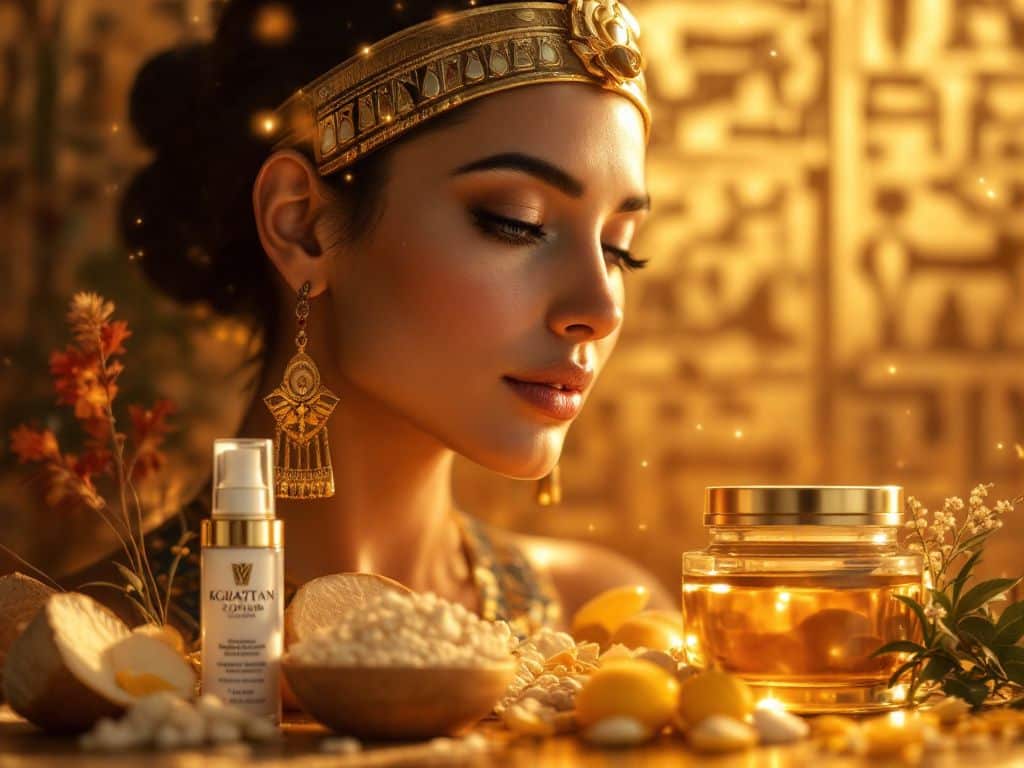





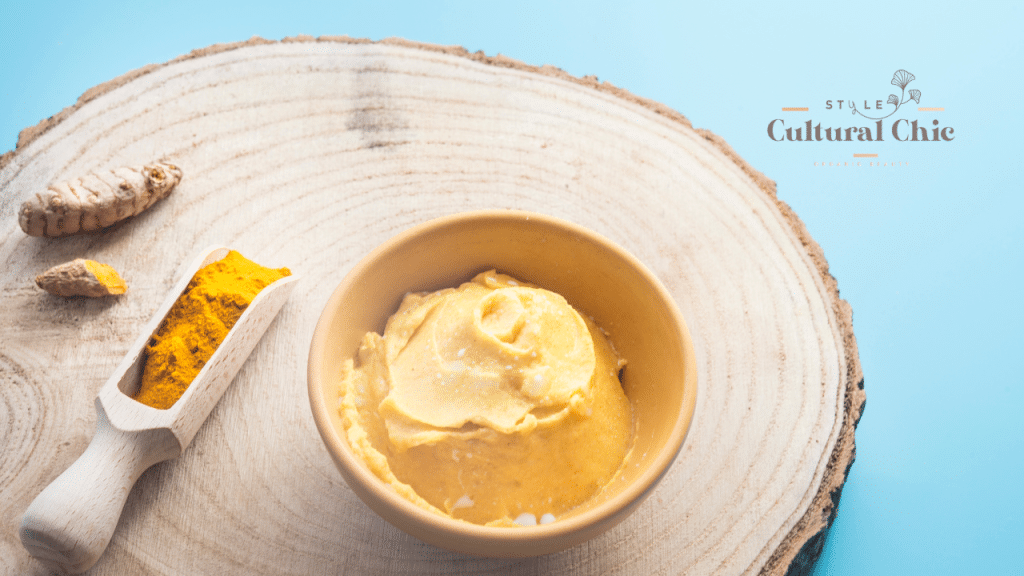
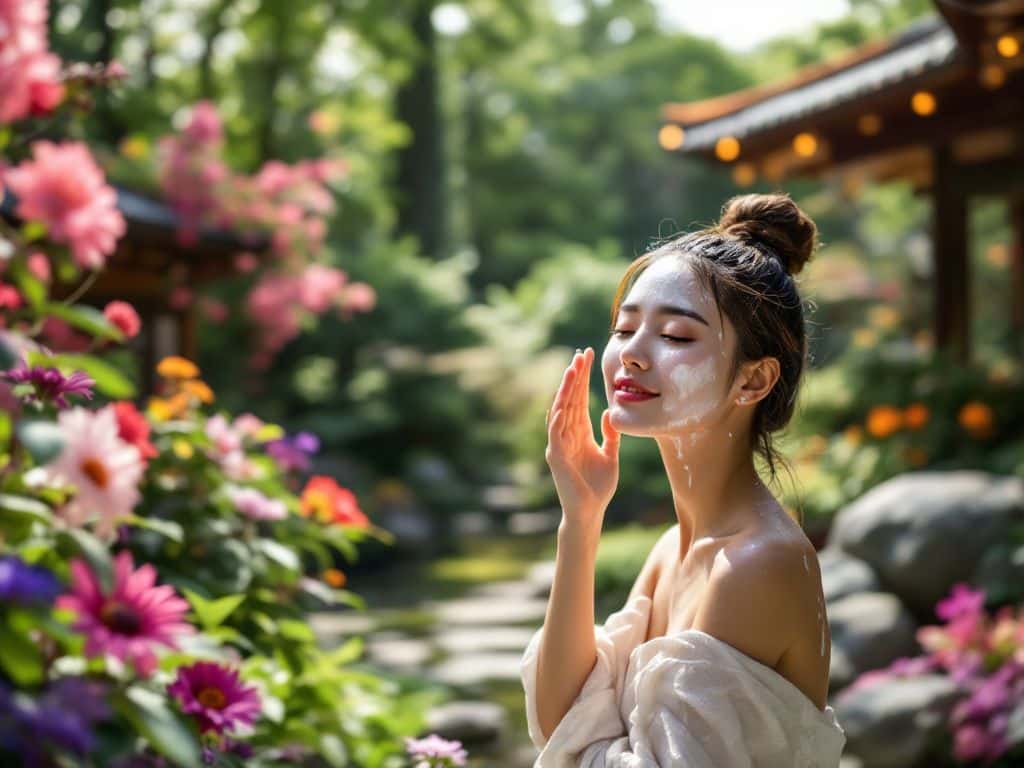

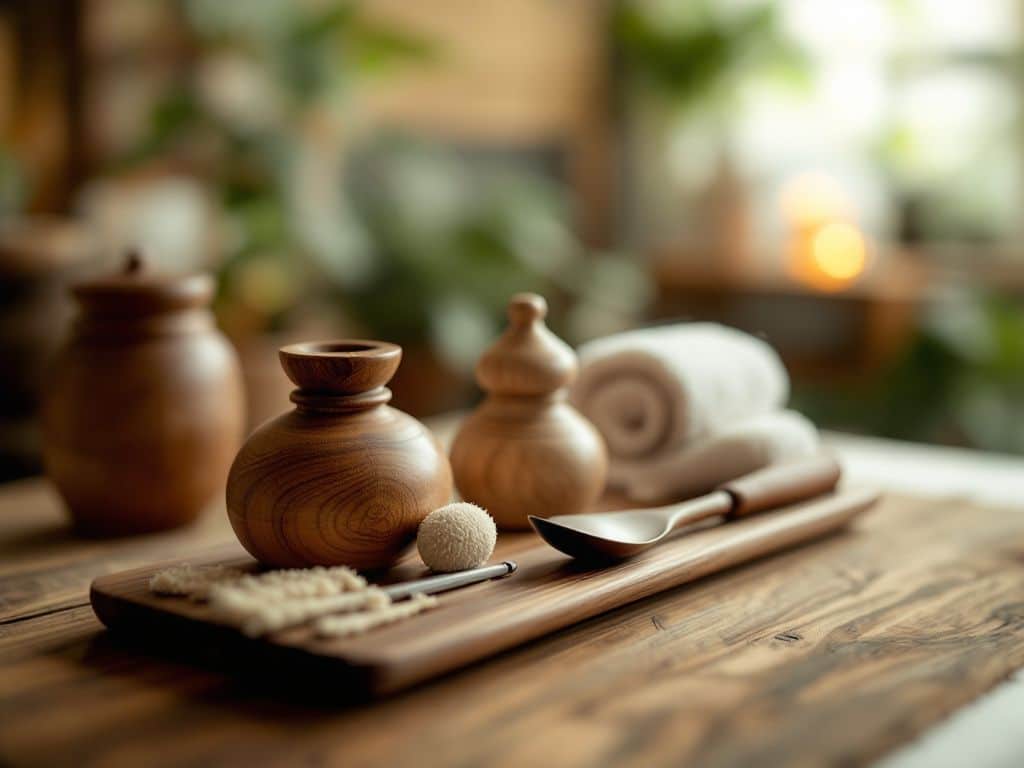















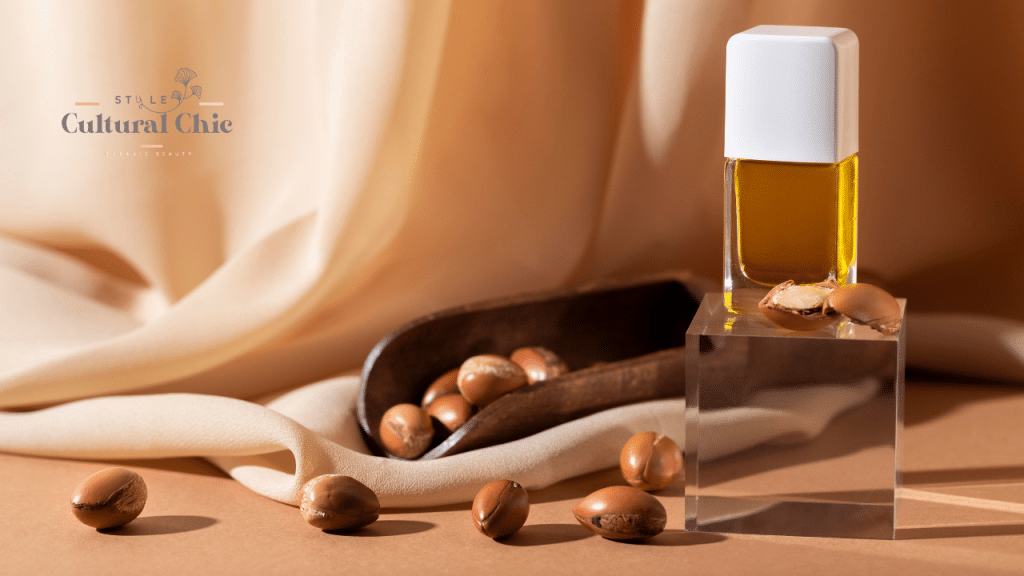





![[Ancient Meets Modern] How Hanbang Korean Skincare Is Changing Beauty Trends](https://culturalchicstyles.com/wp-content/uploads/2025/05/10x-Blogs-83-1024x576.png)


![[Skincare Rituals] Unlock the Ancient Japanese Secret of Double Cleansing](https://culturalchicstyles.com/wp-content/uploads/2025/04/10x-Blogs-78-1024x576.png)







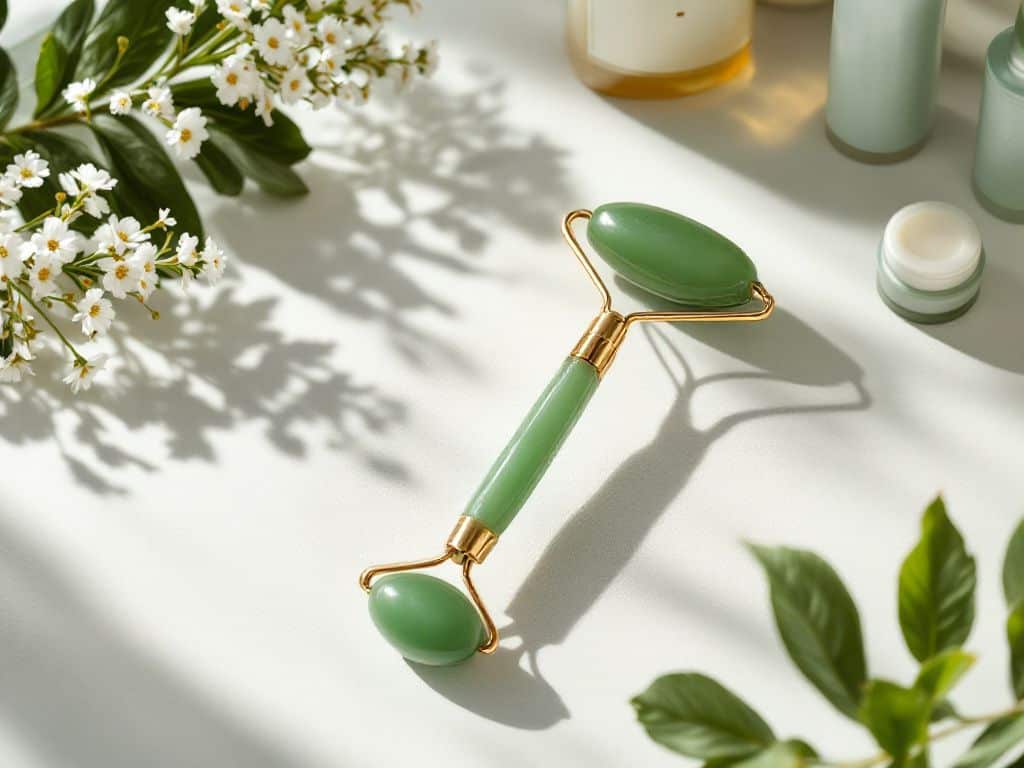


















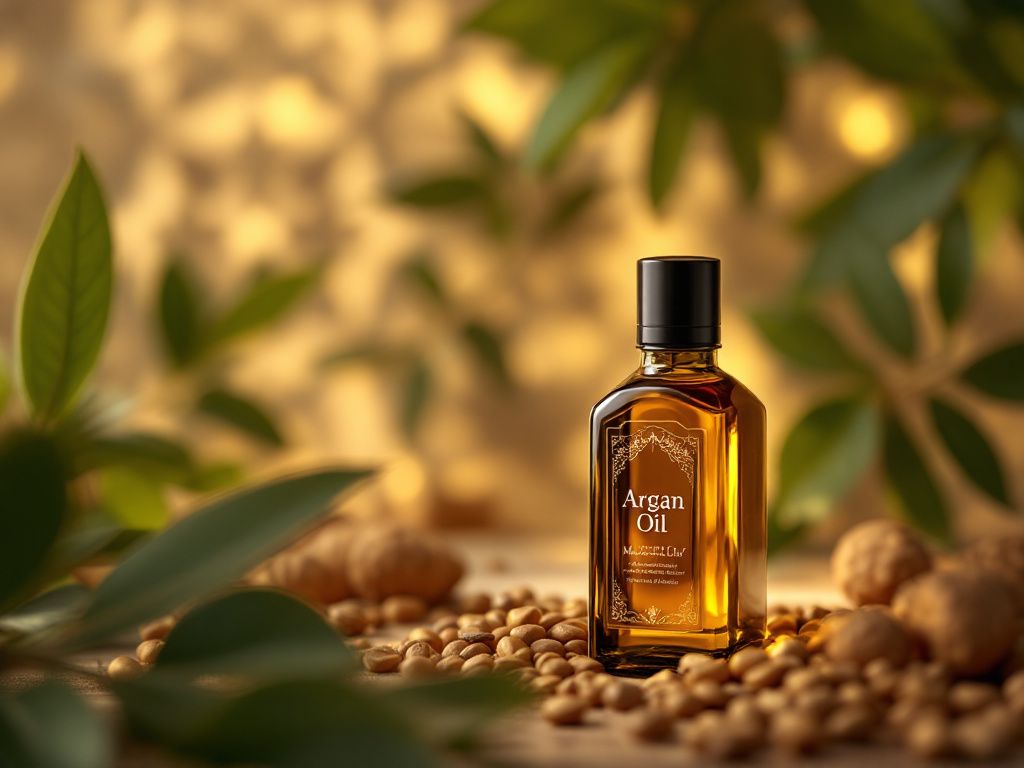













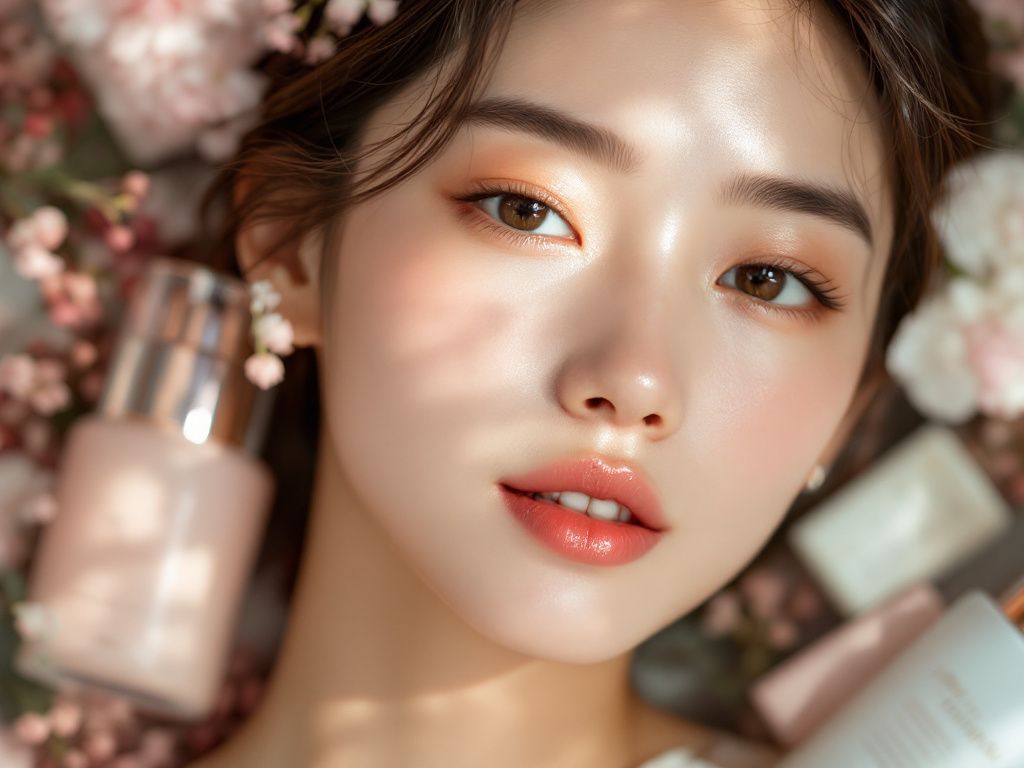



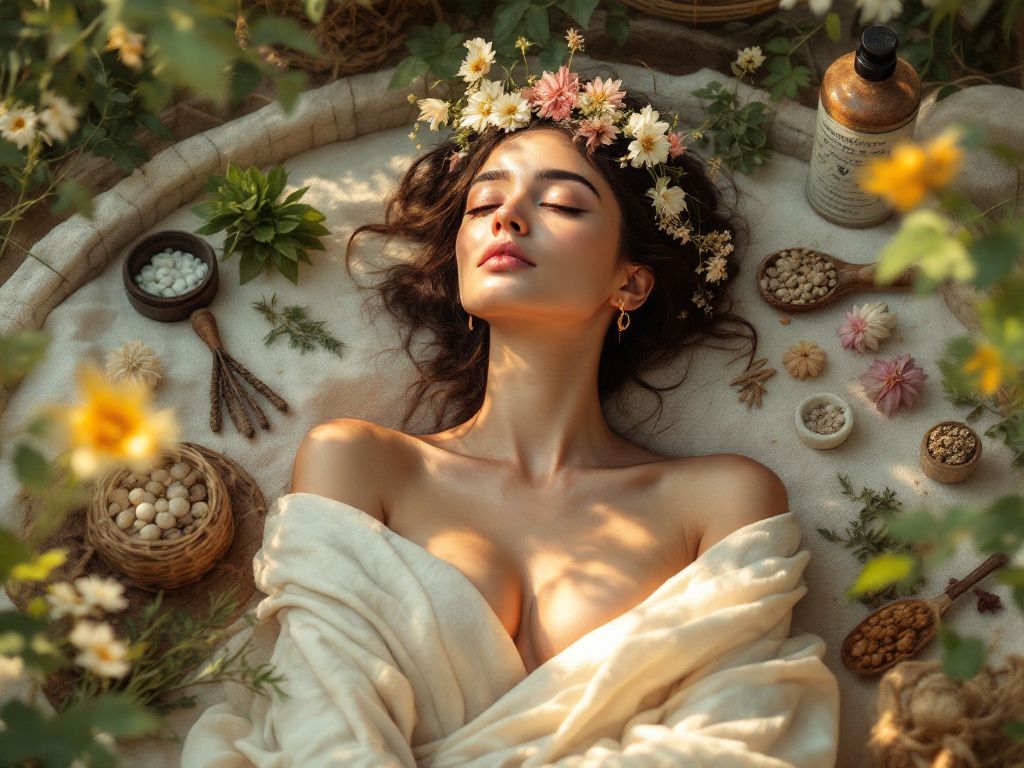














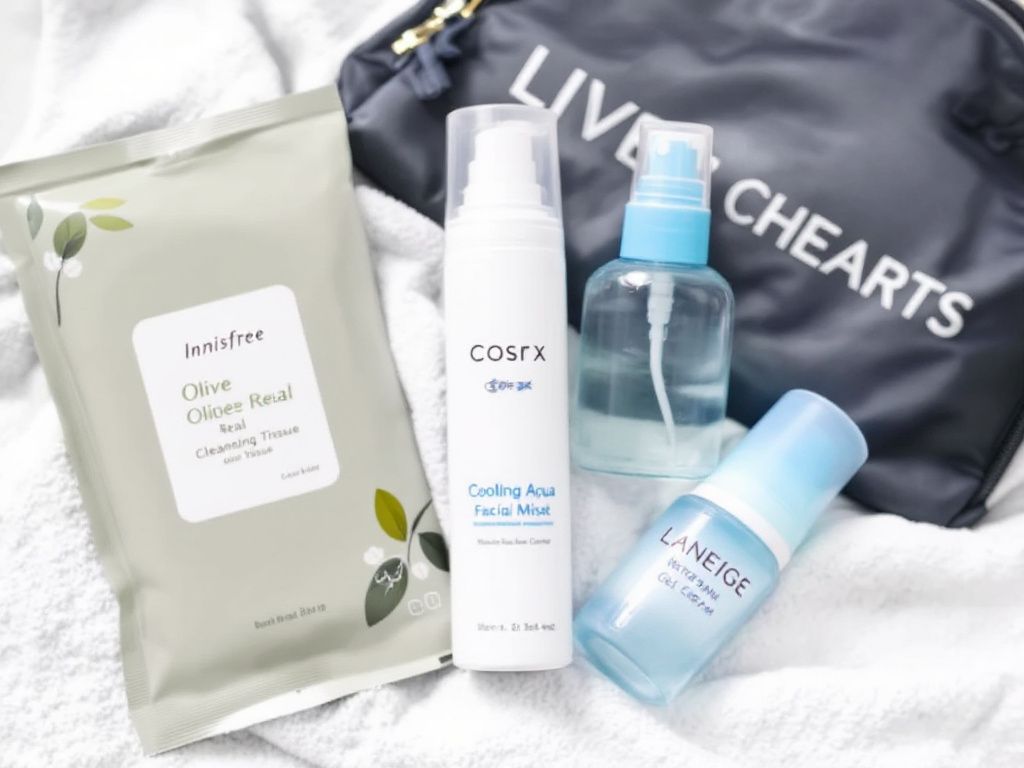








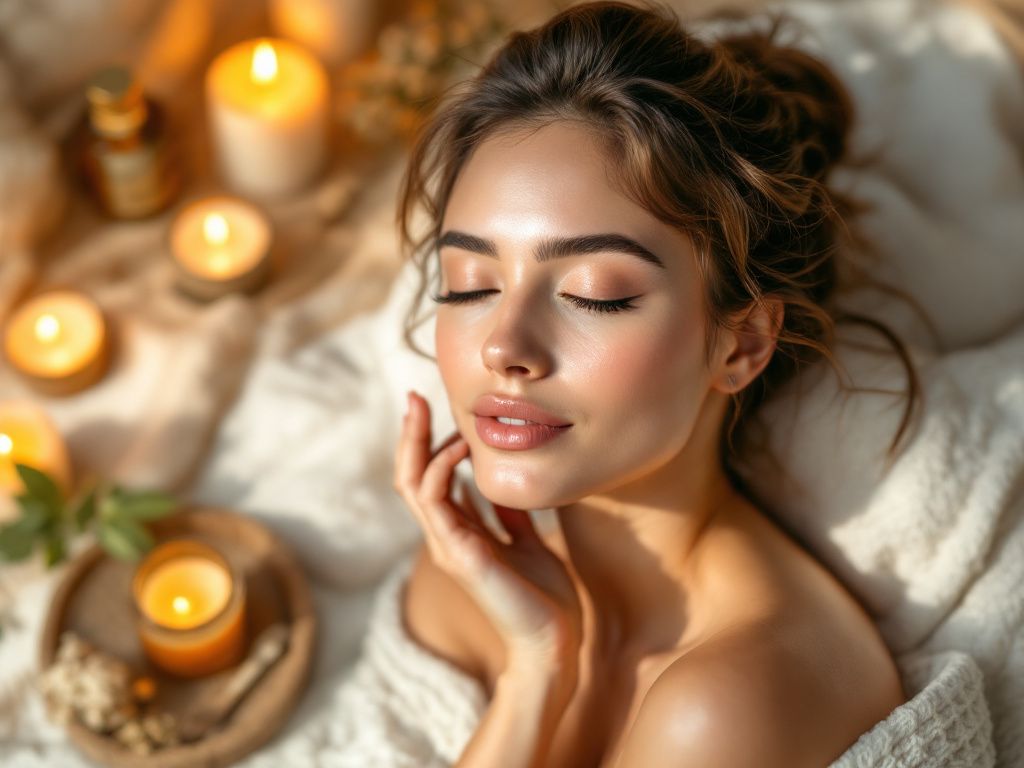
















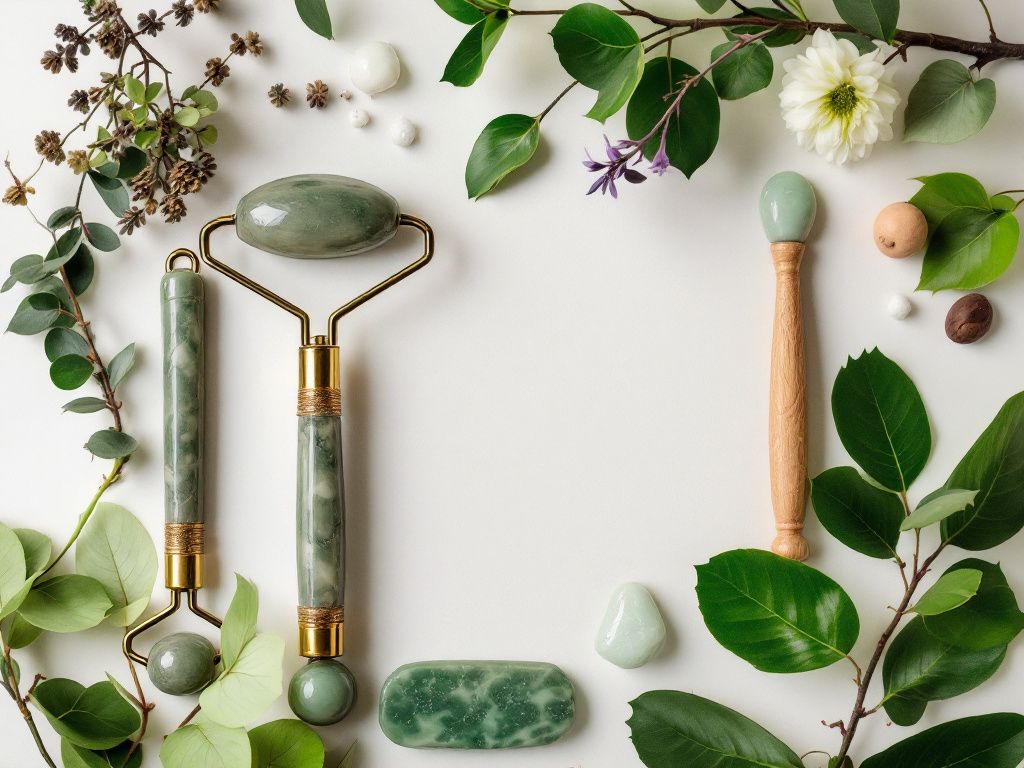


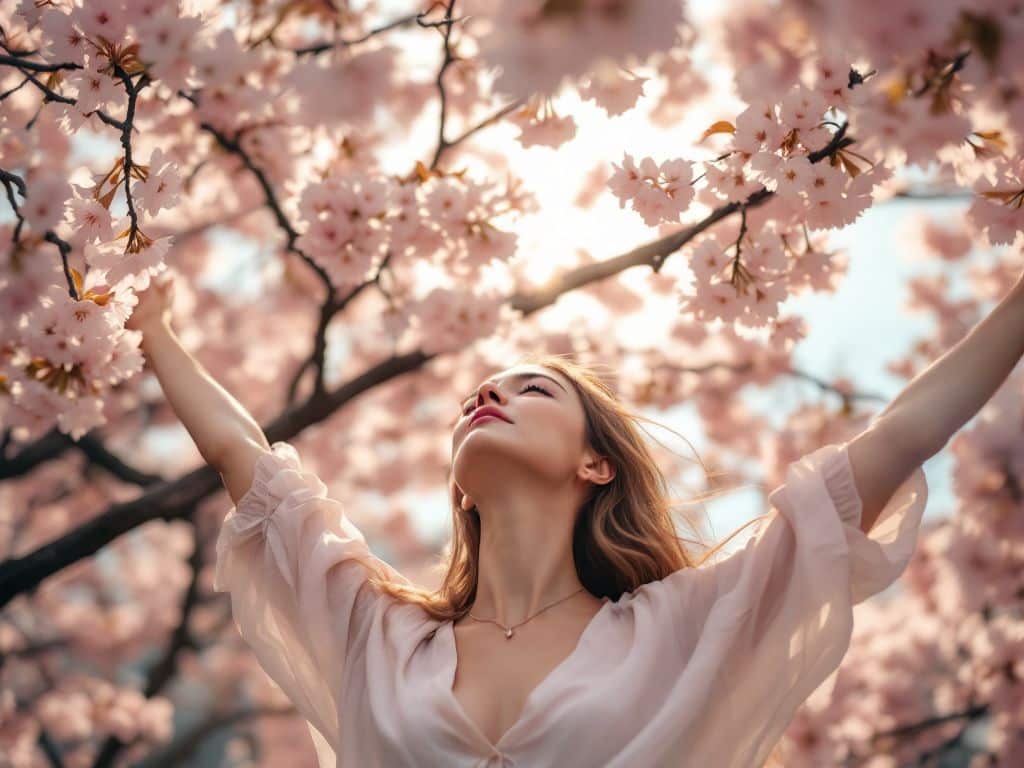




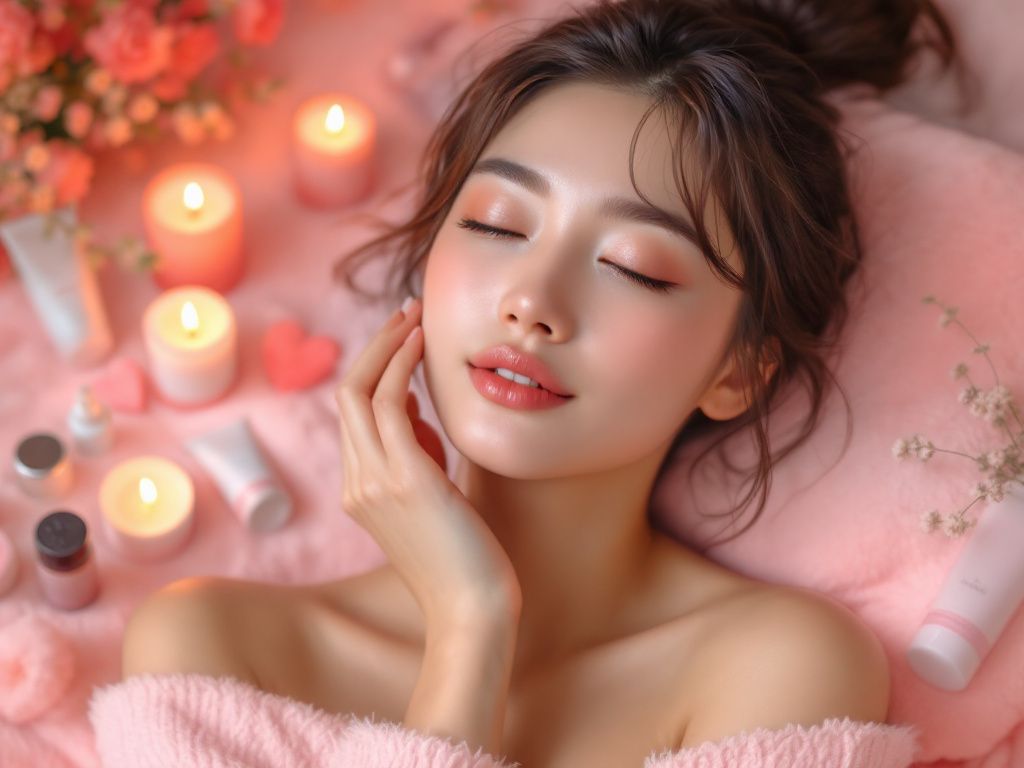













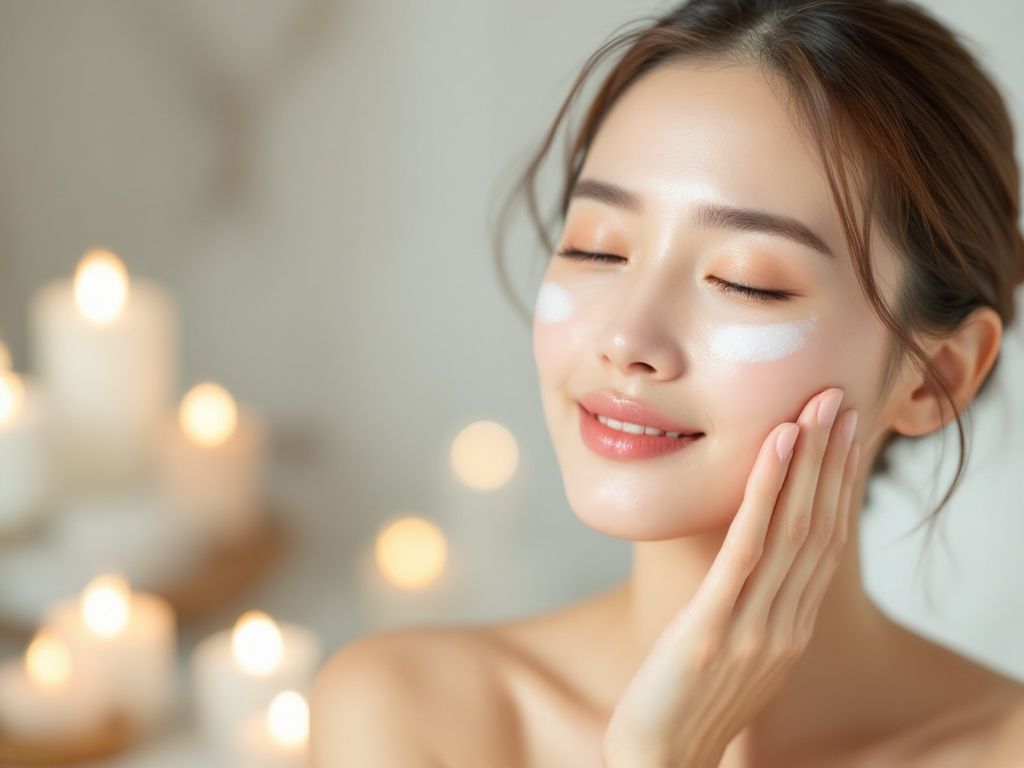
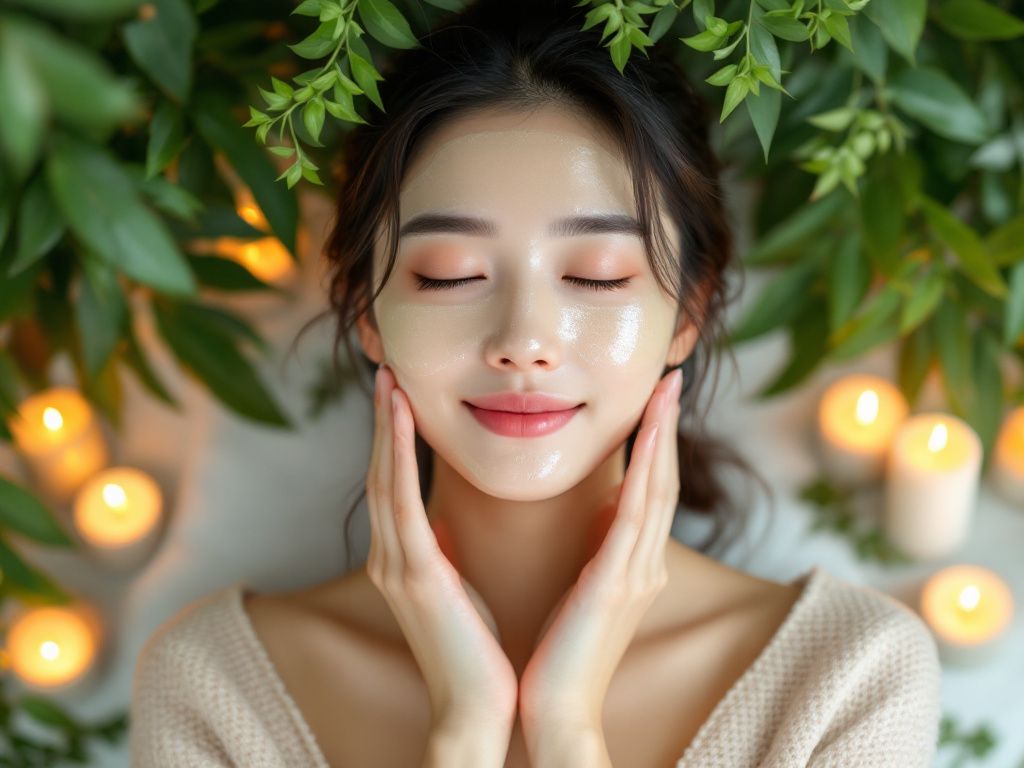














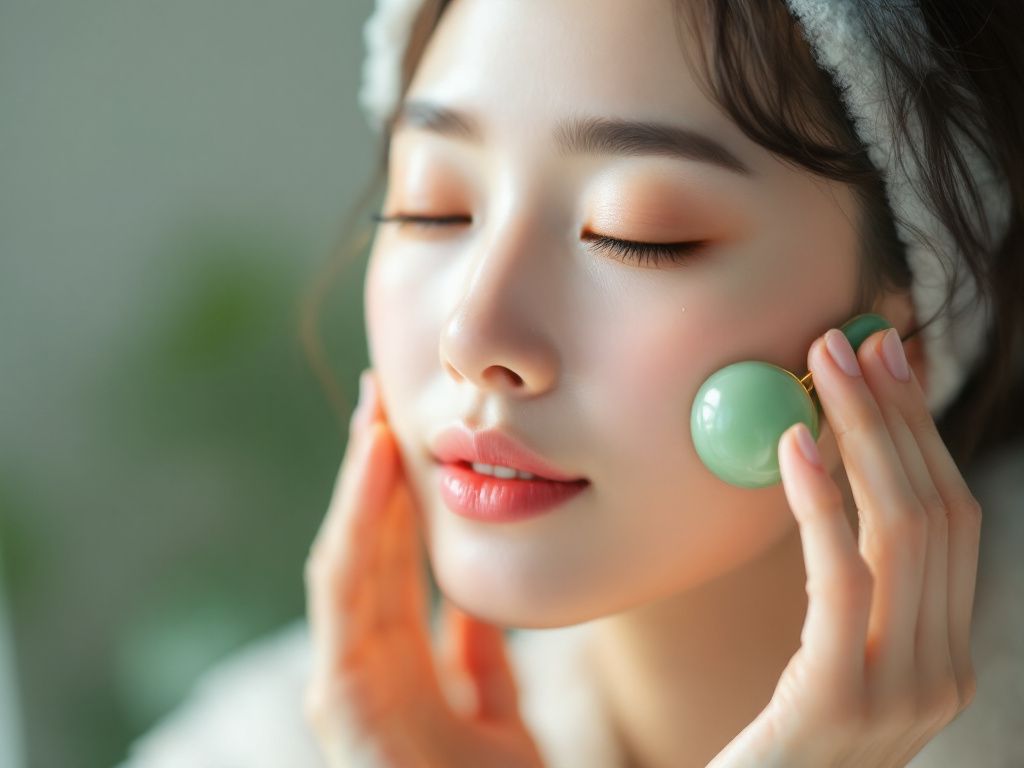





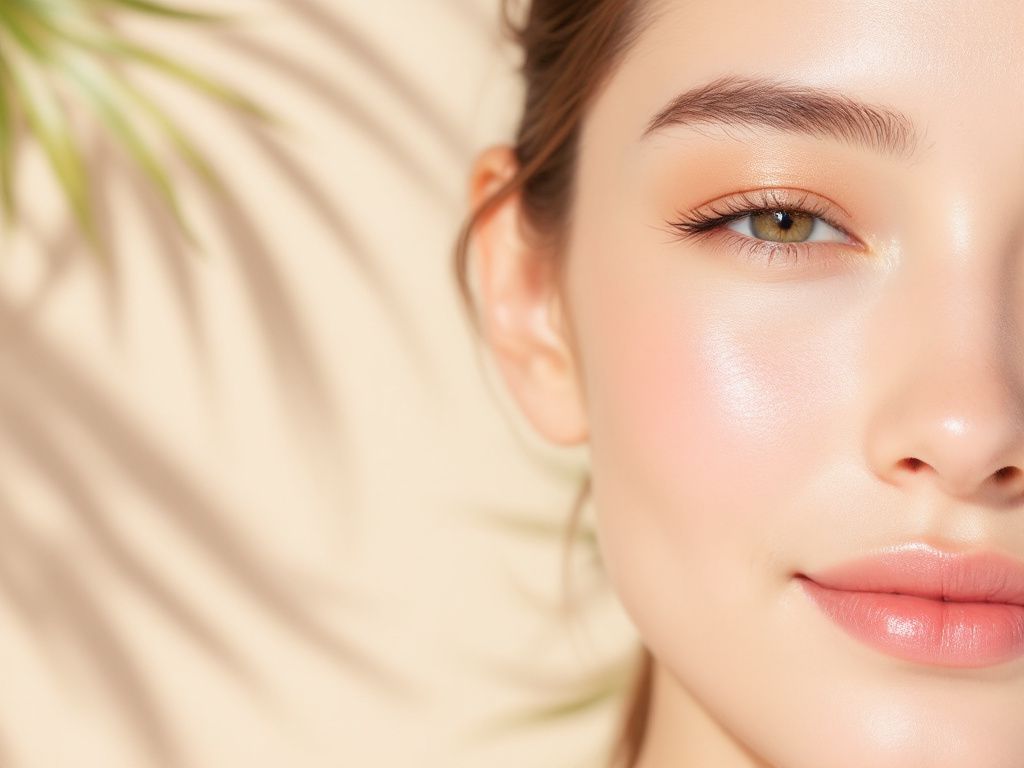

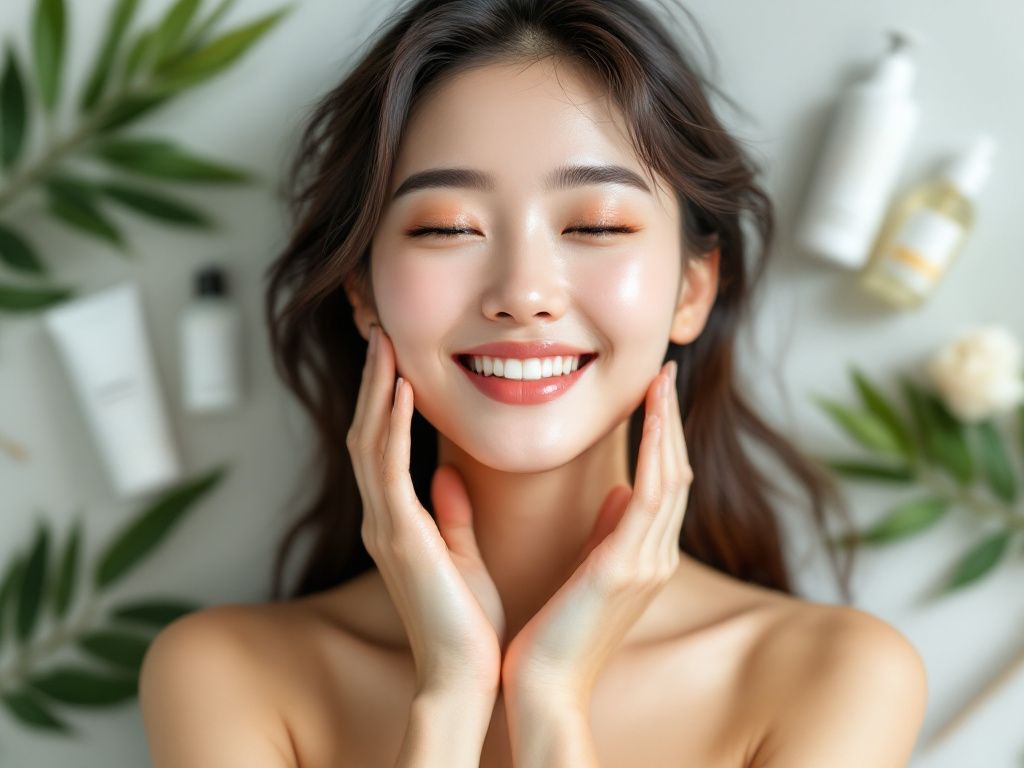


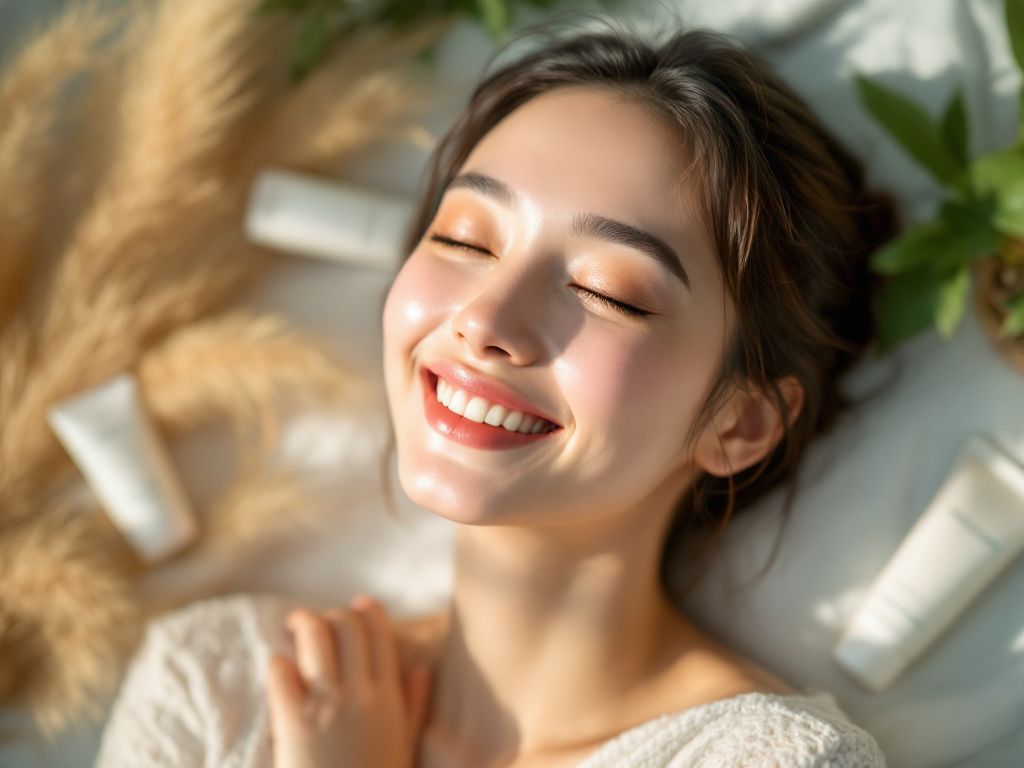






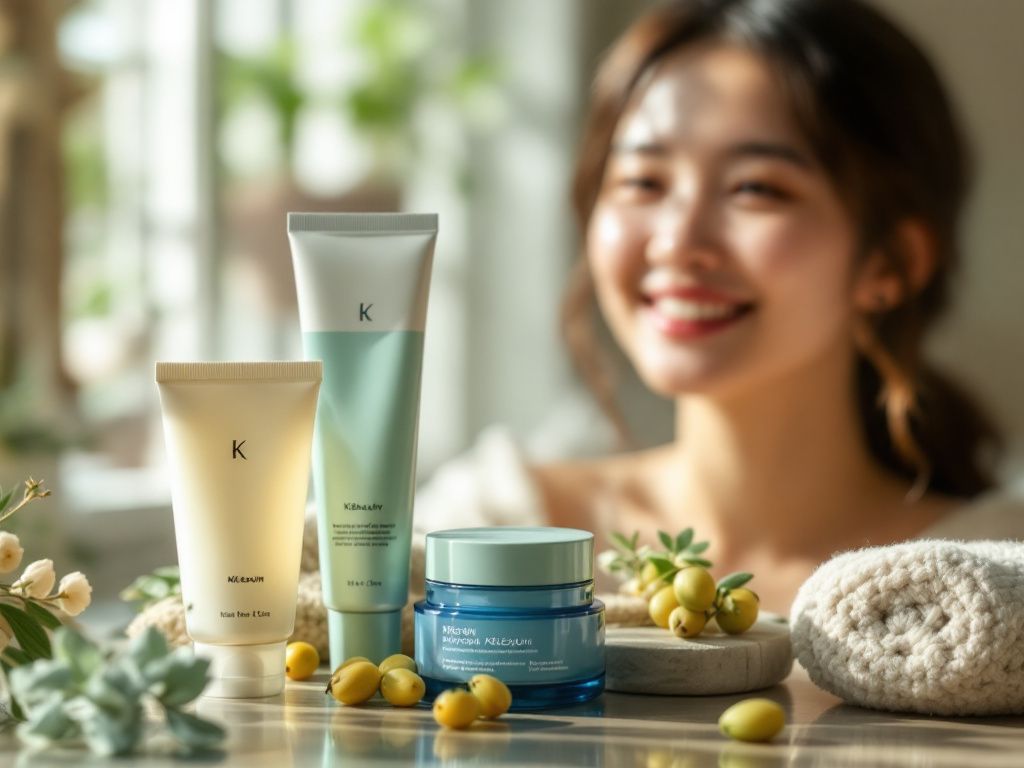
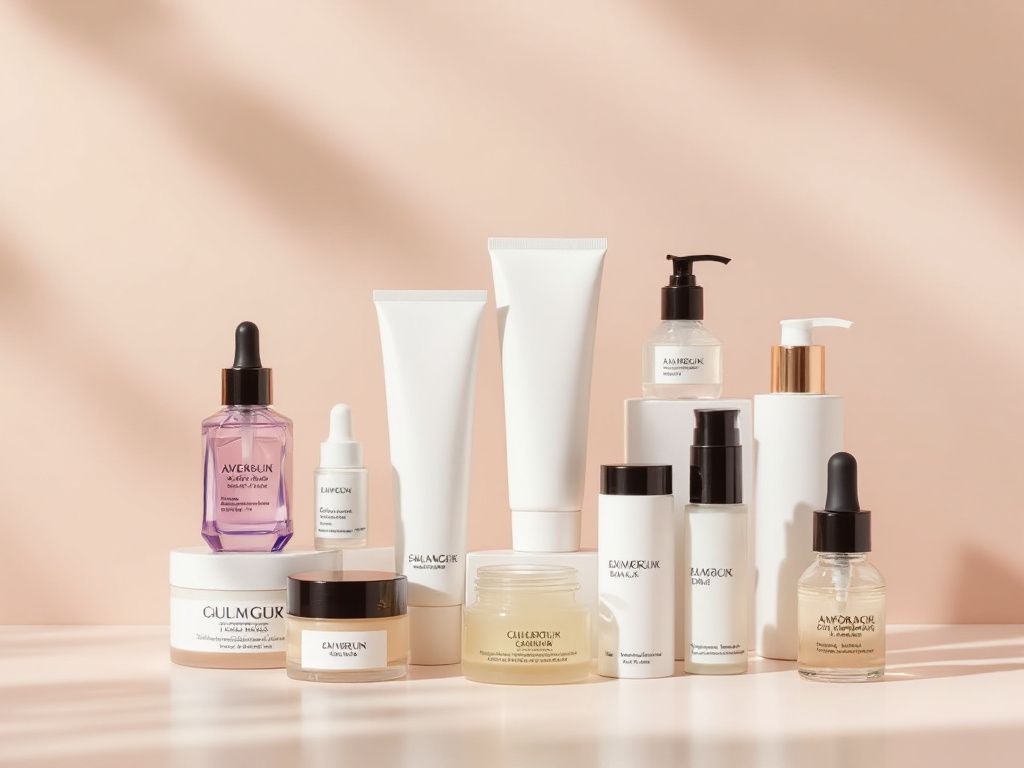


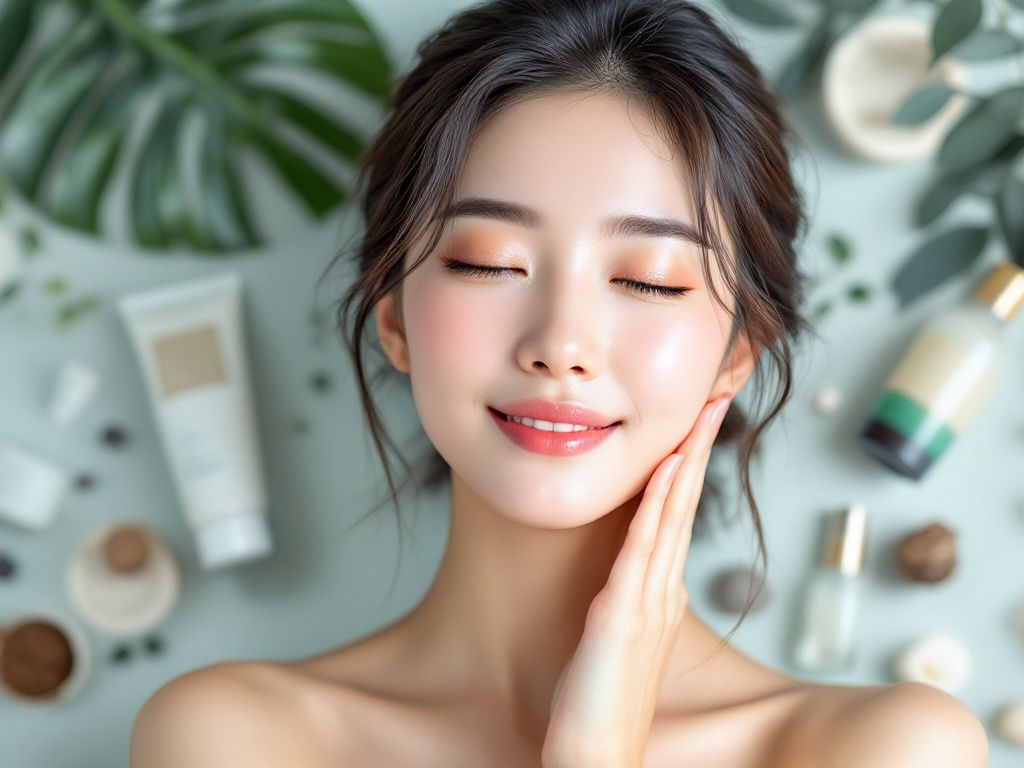






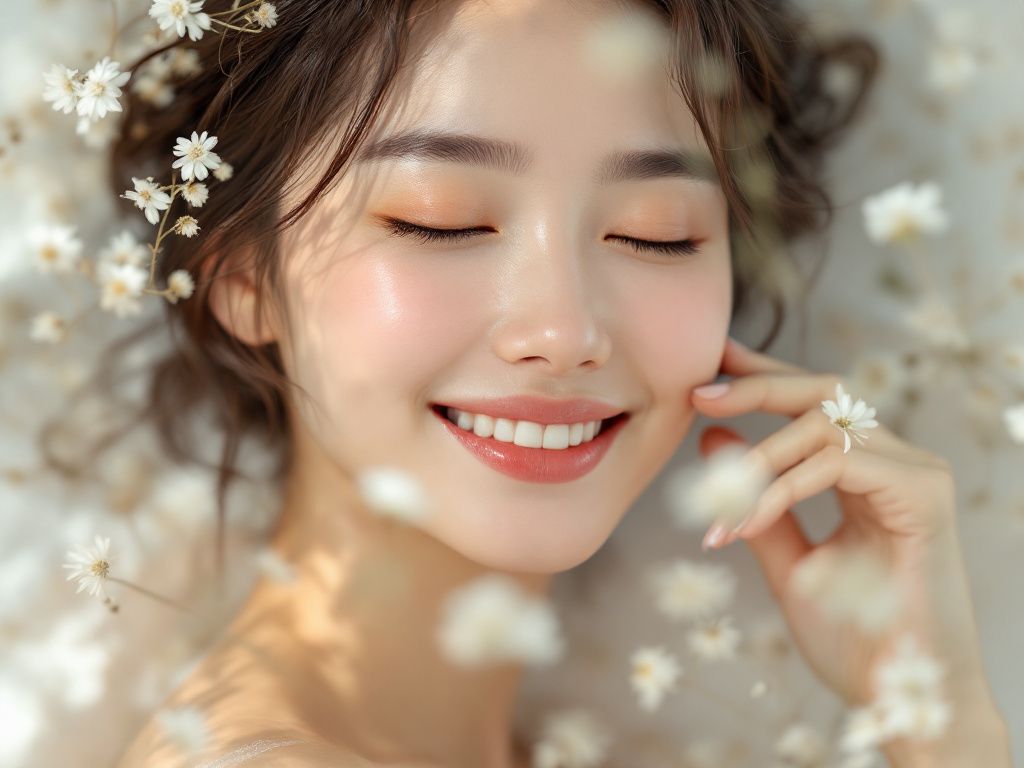


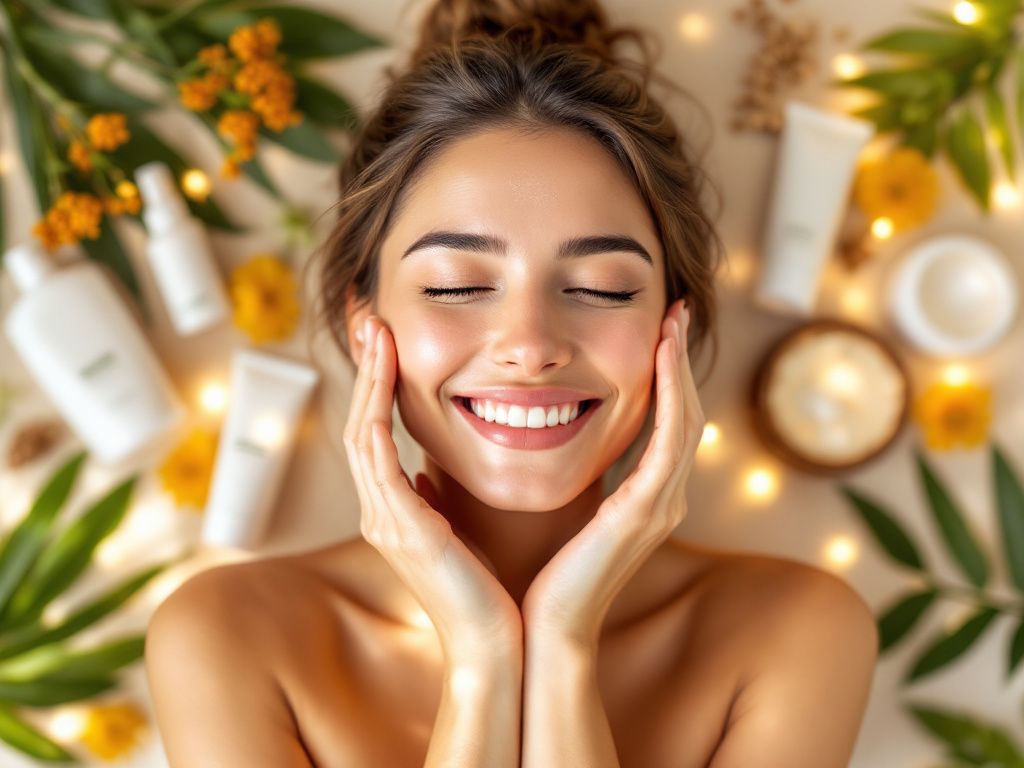

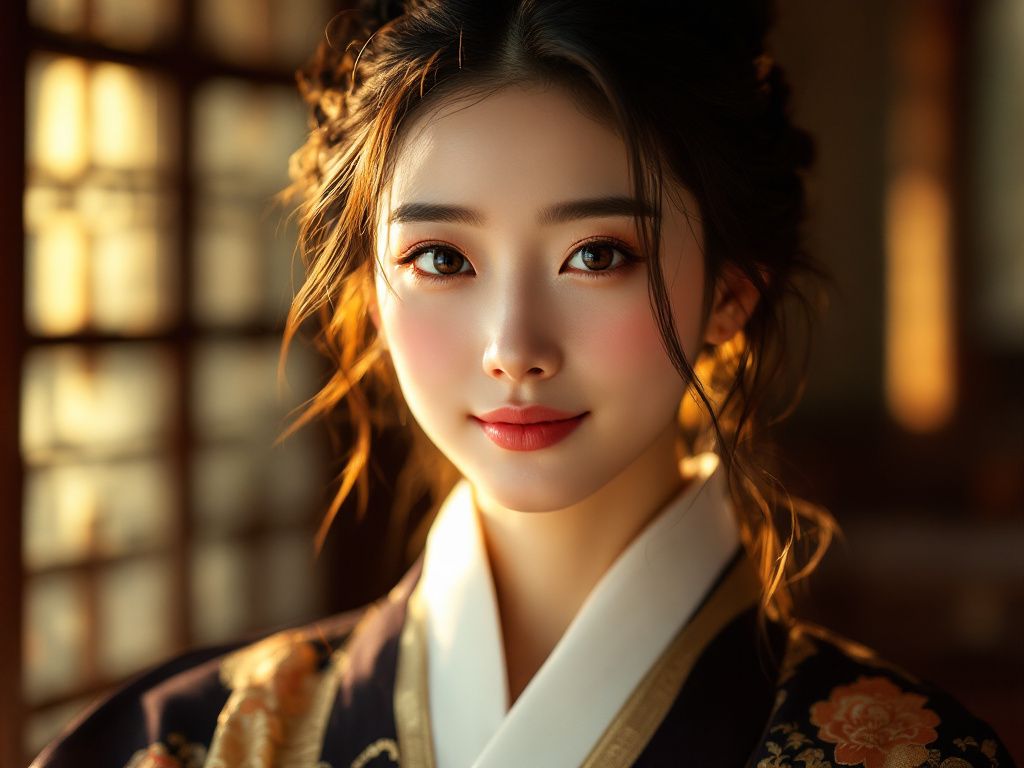











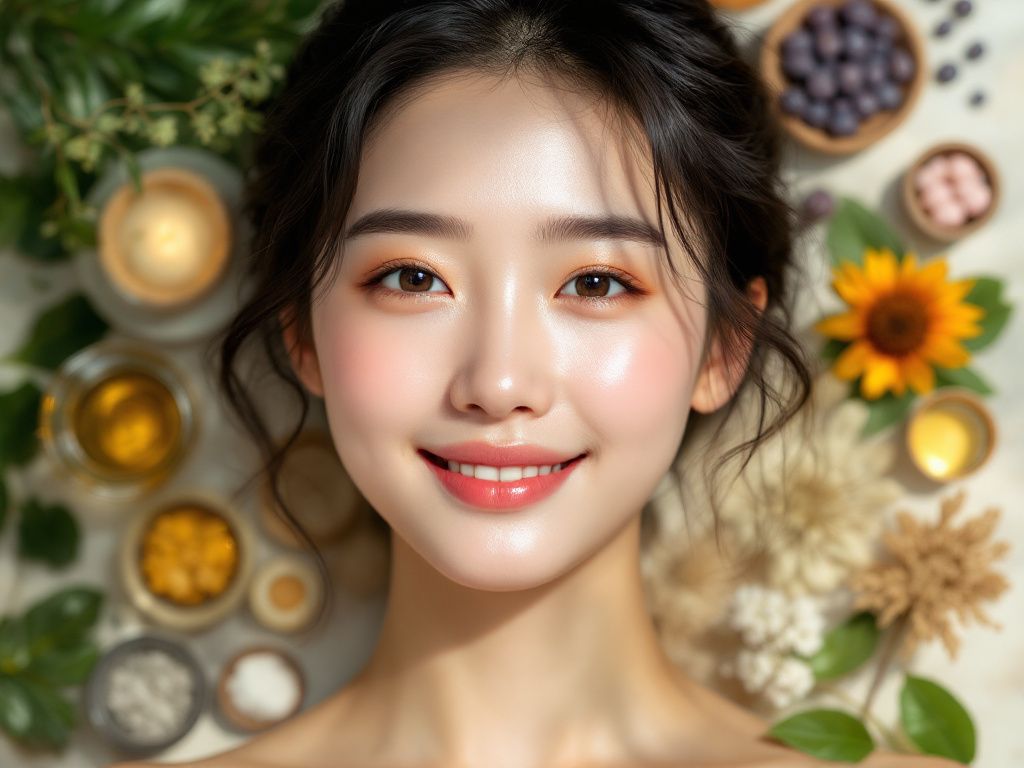










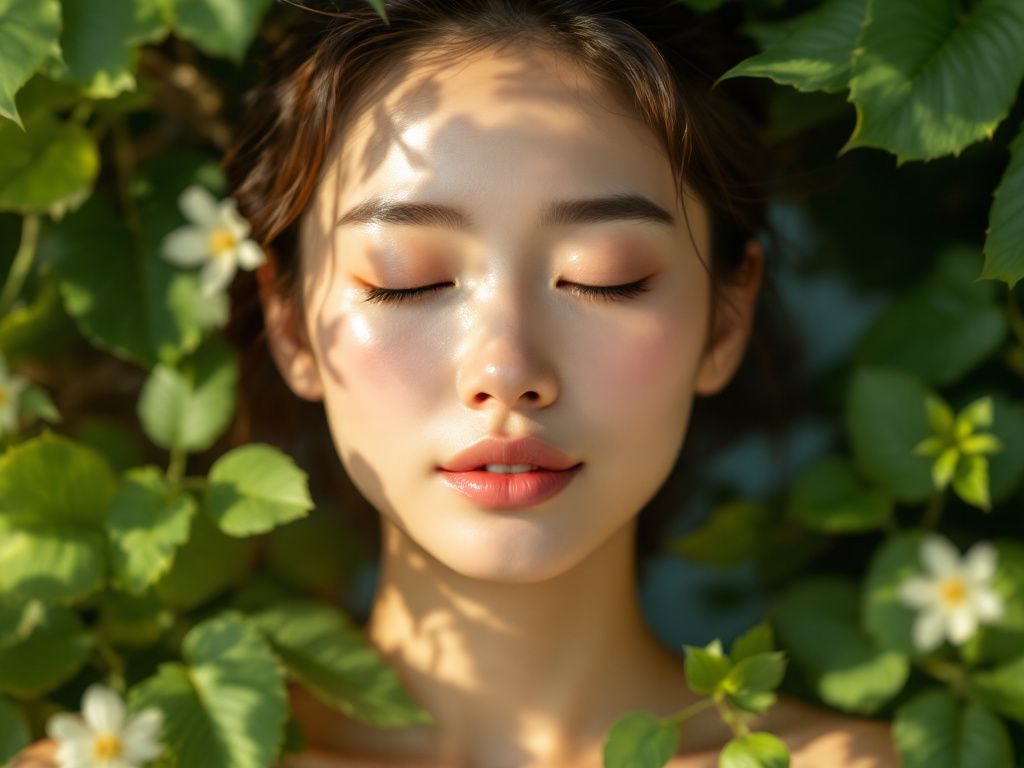




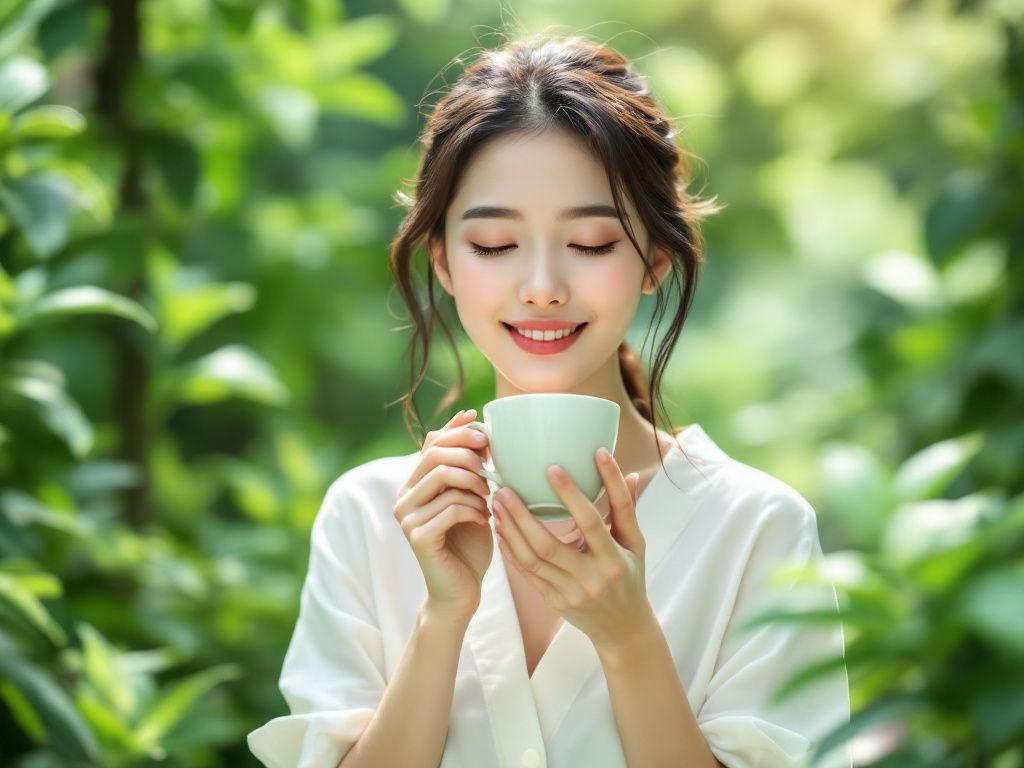

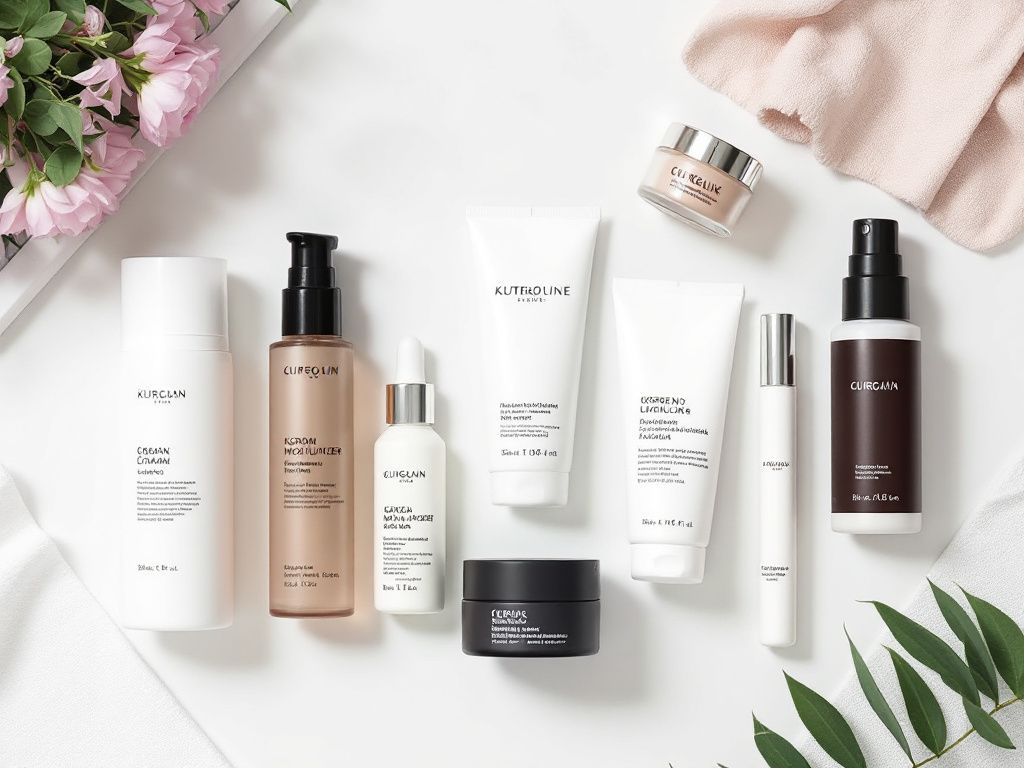











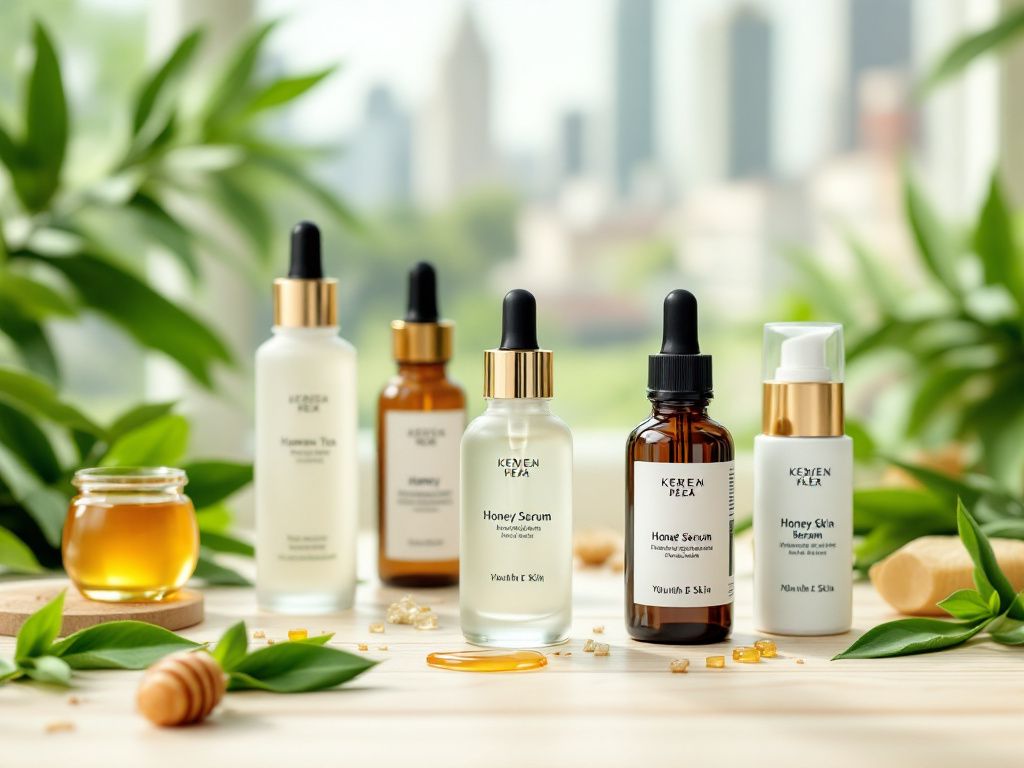












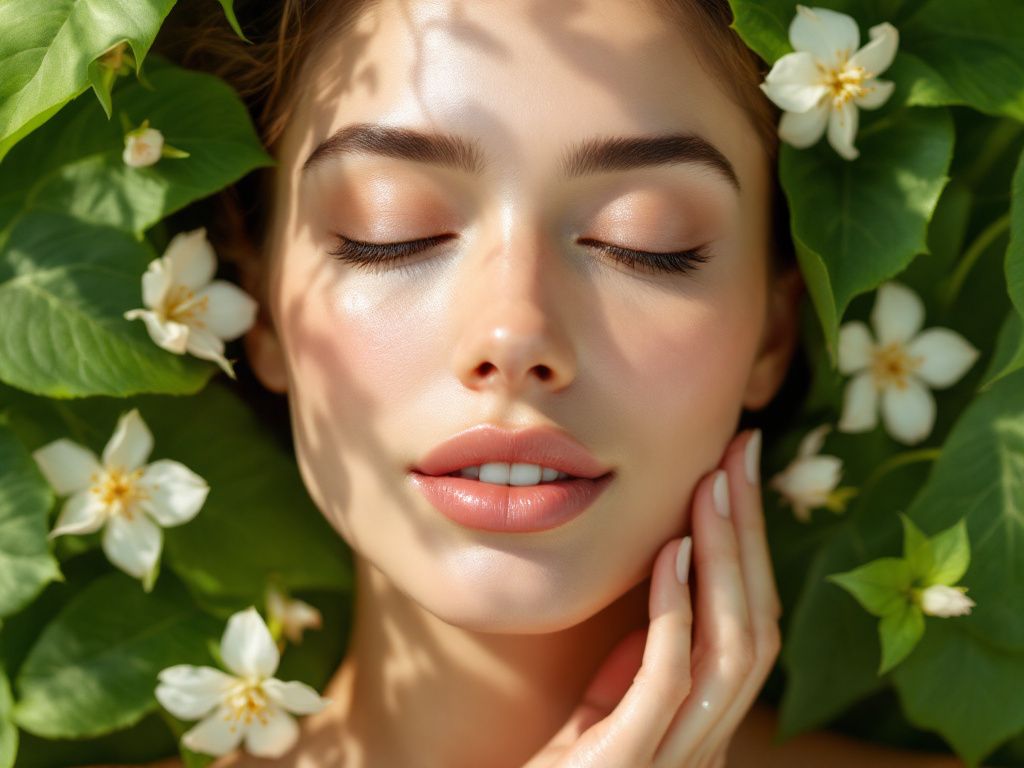




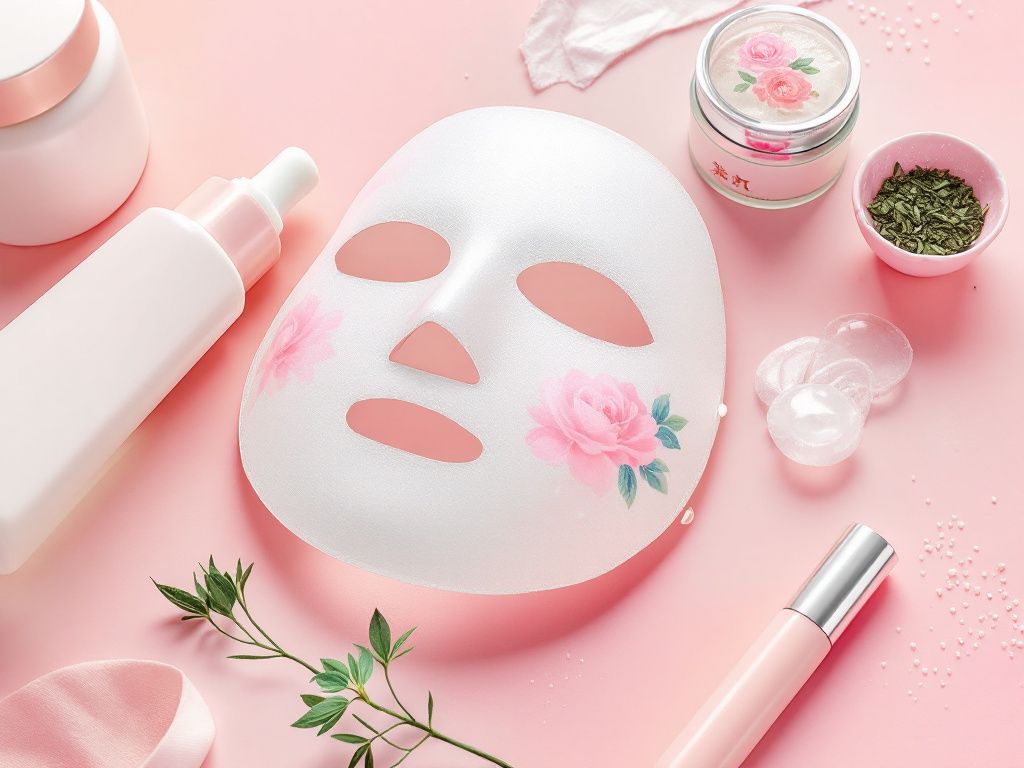
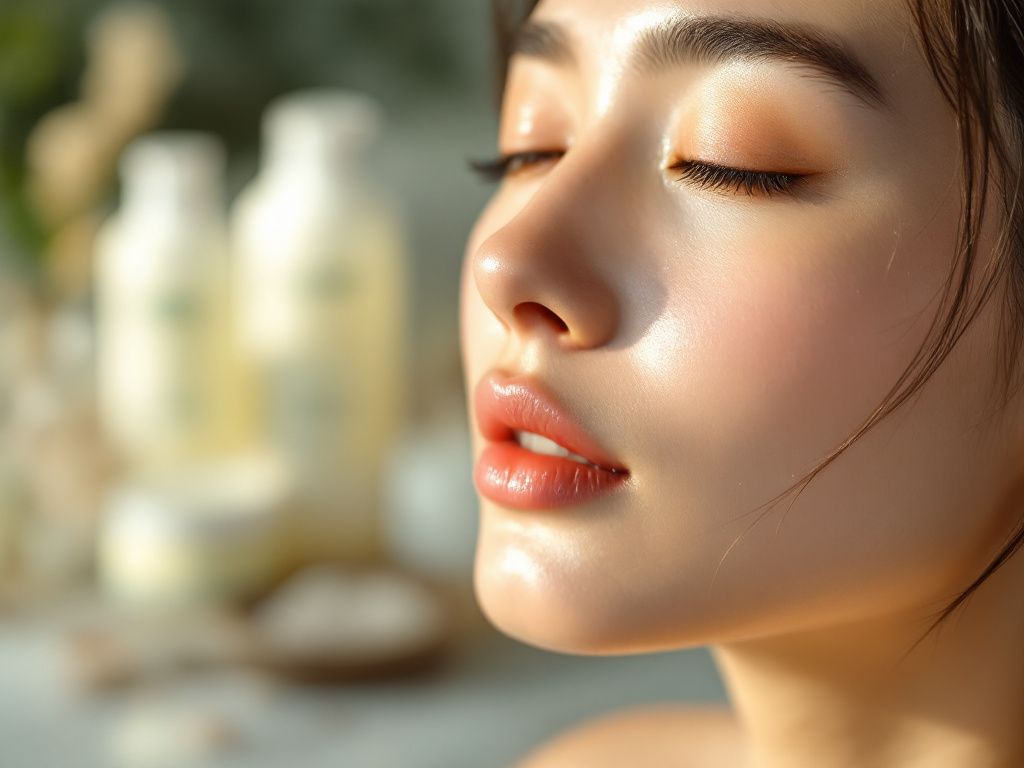
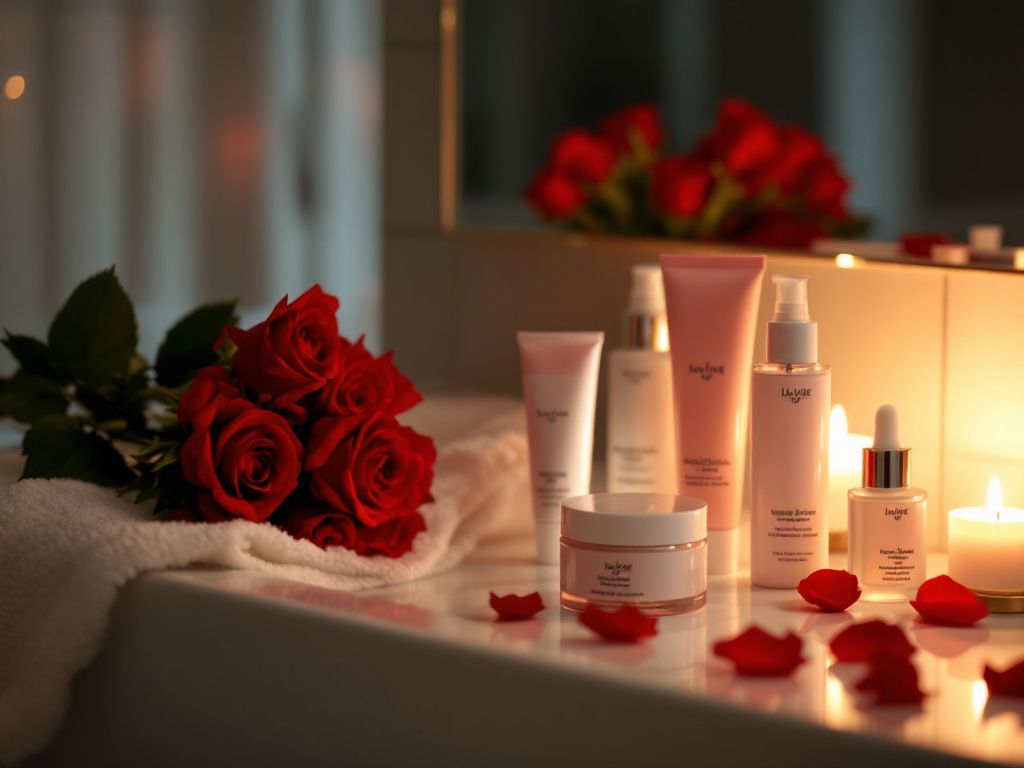











































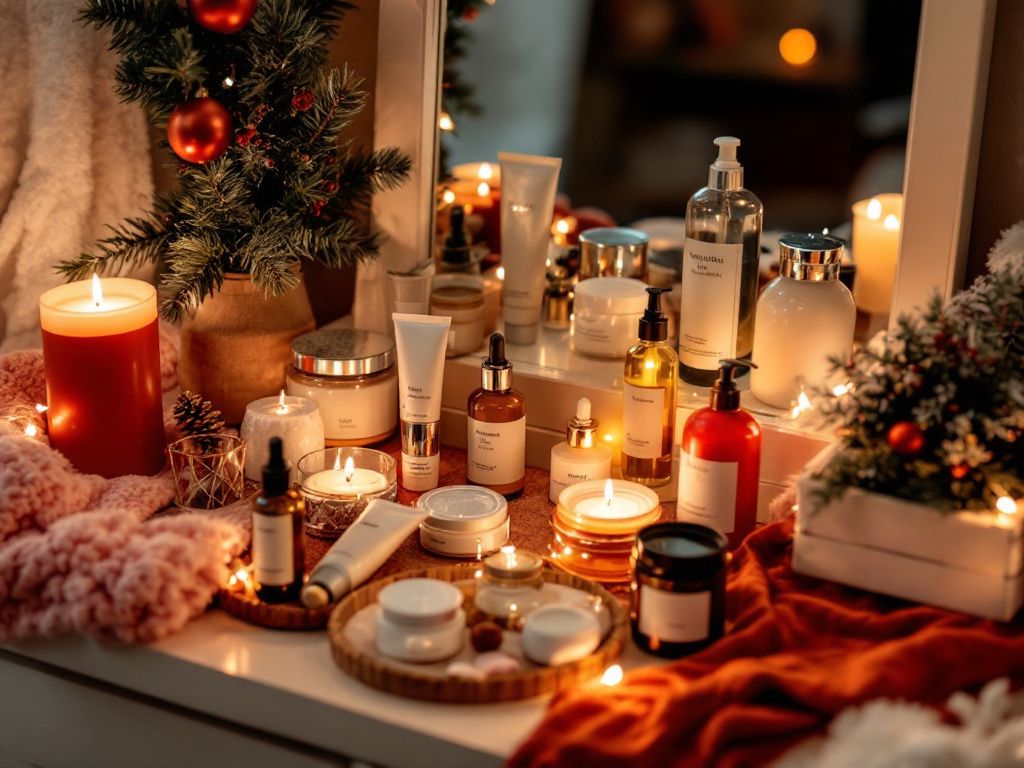



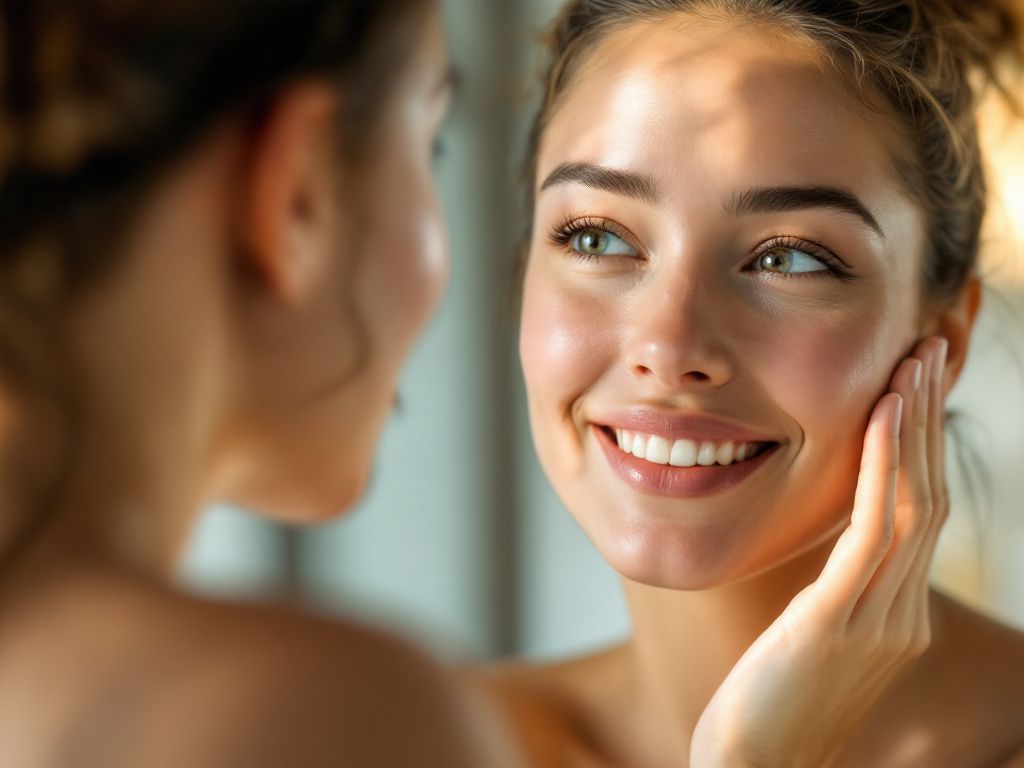
















































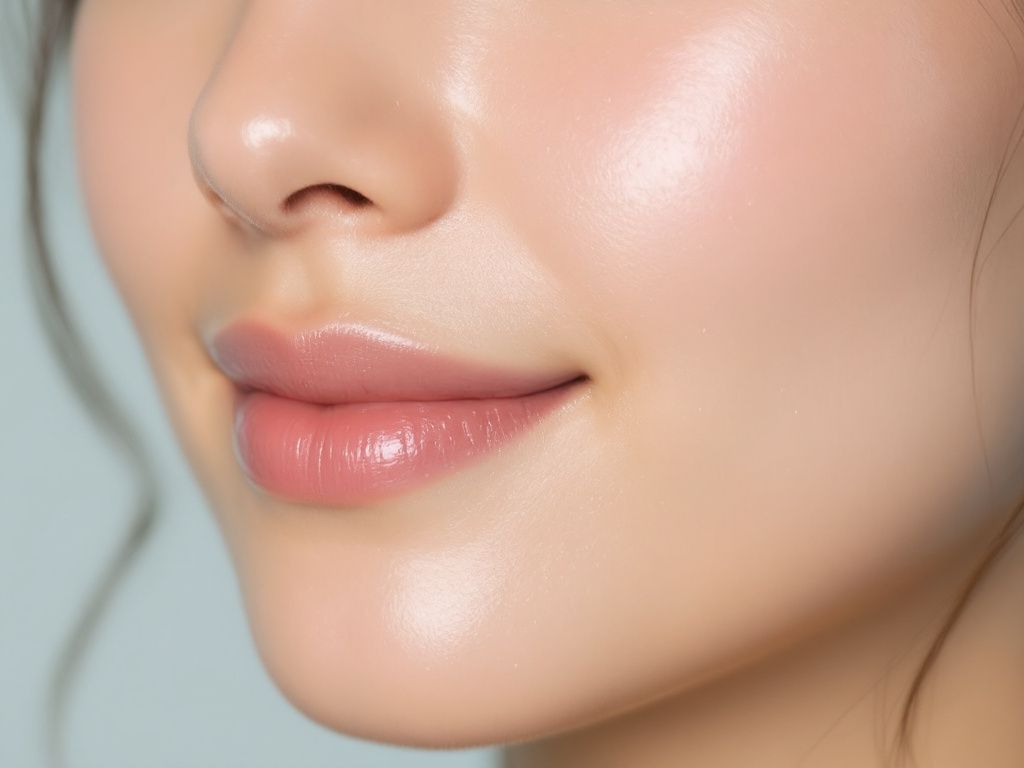














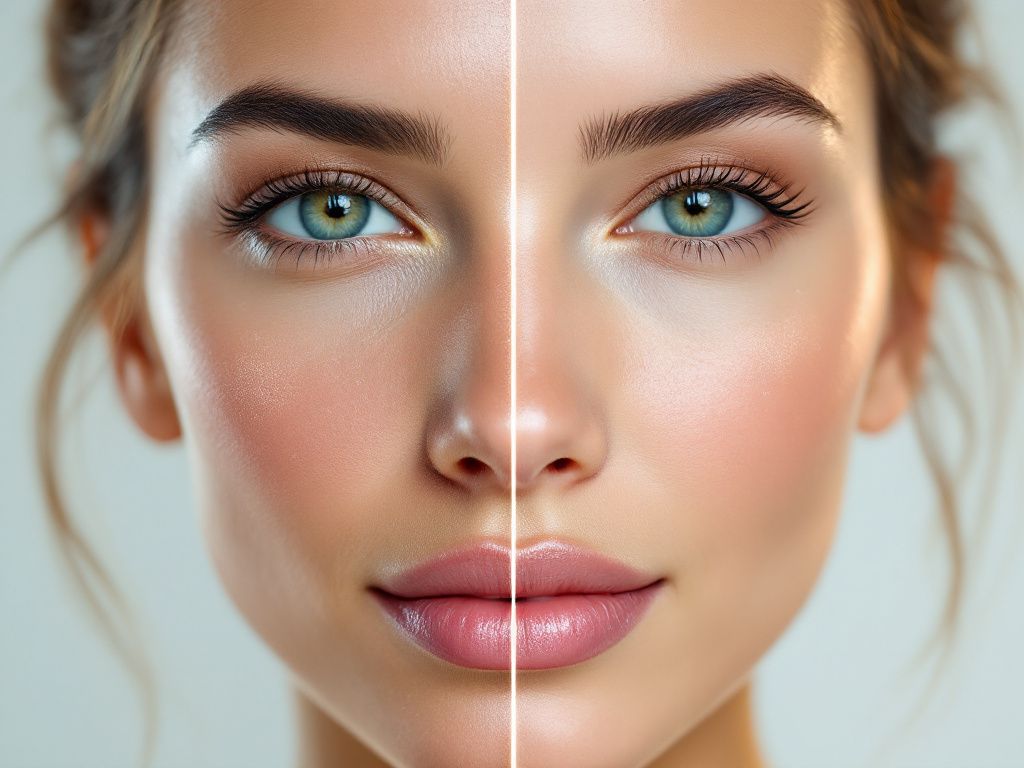

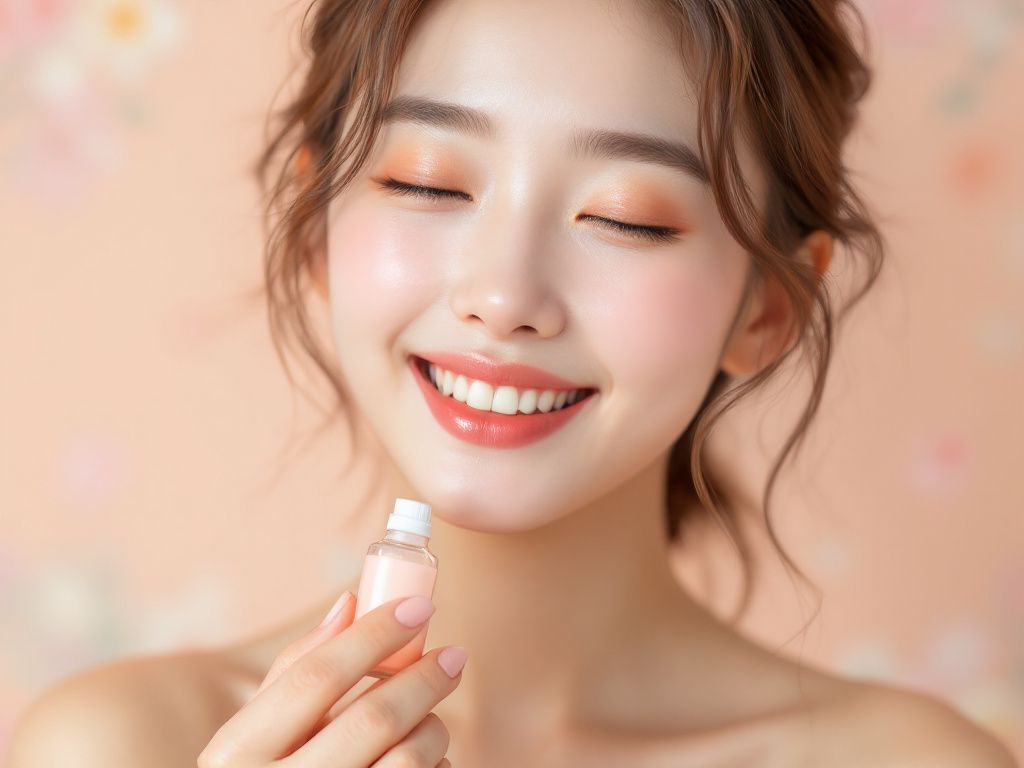




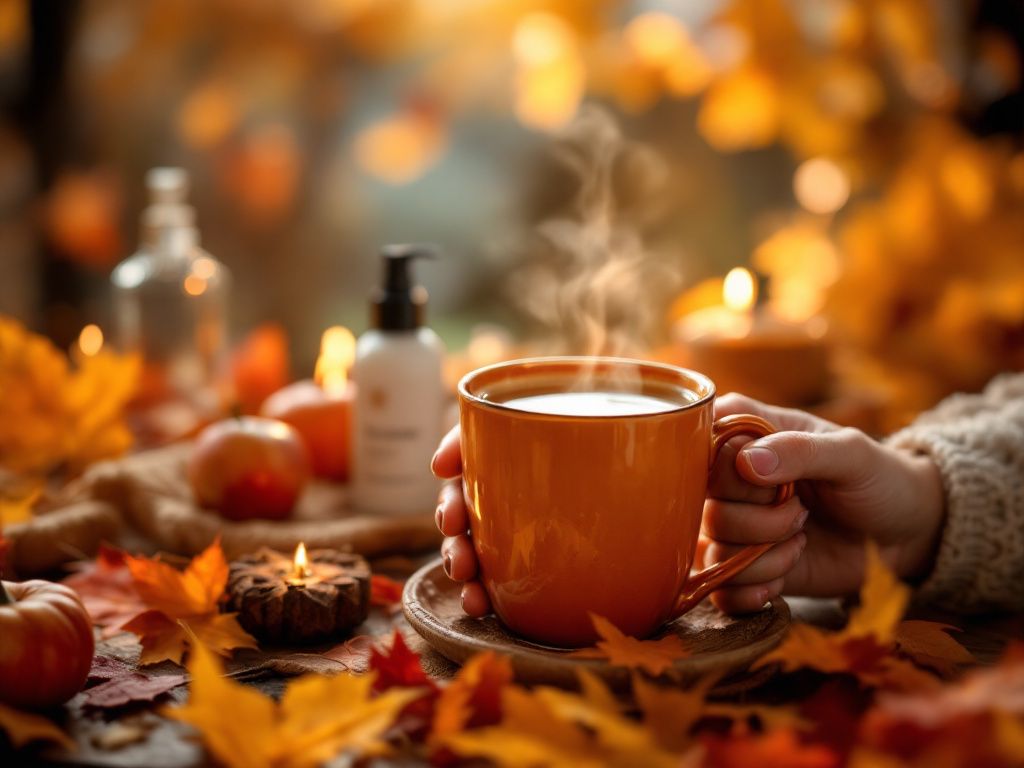










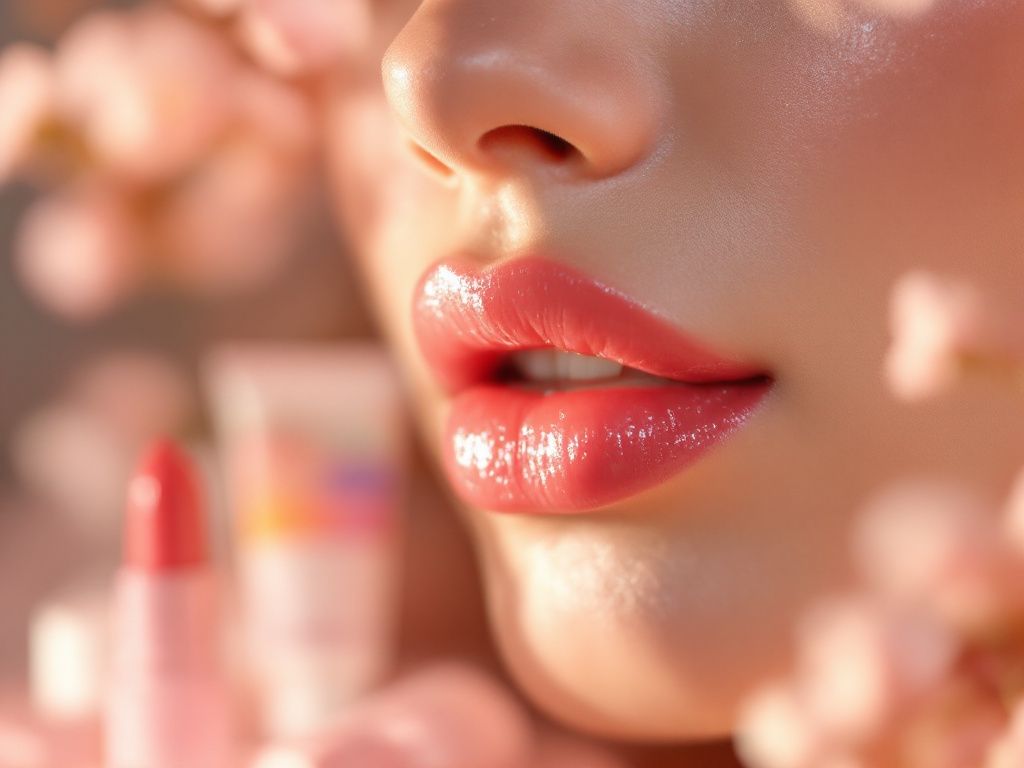


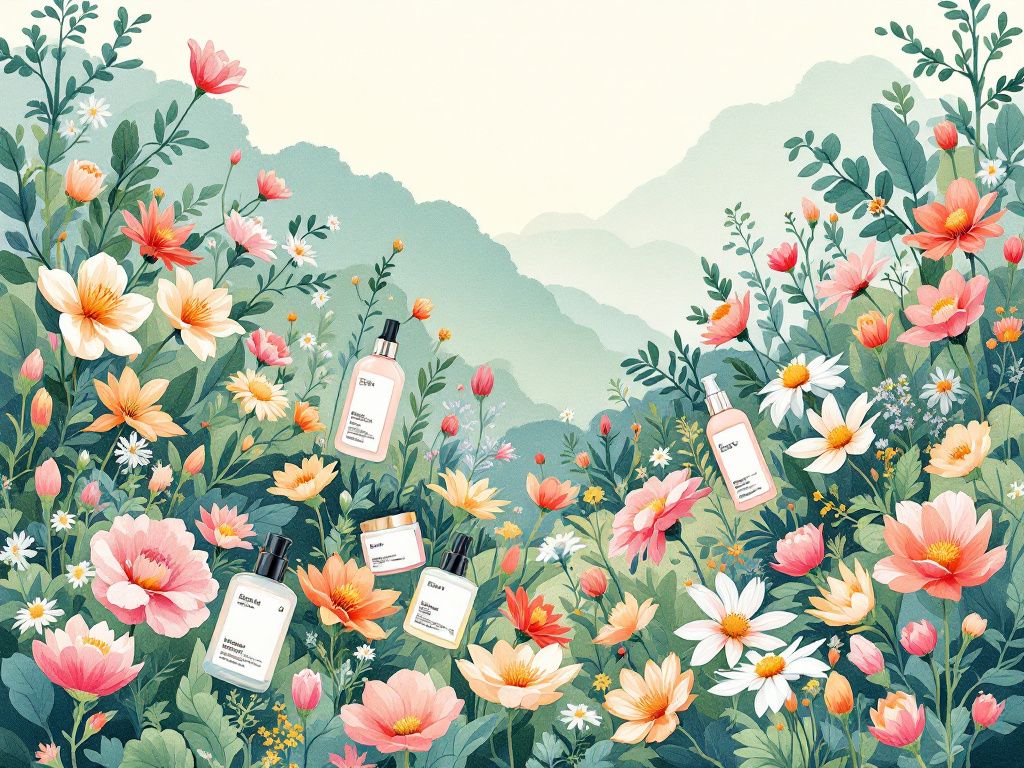



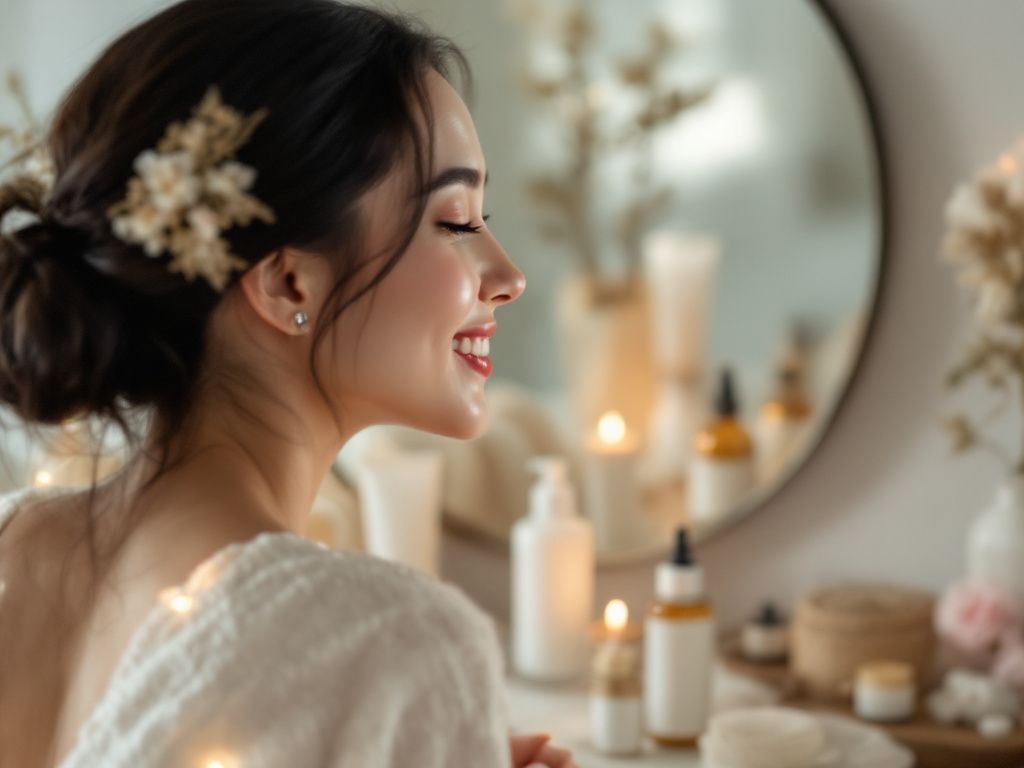








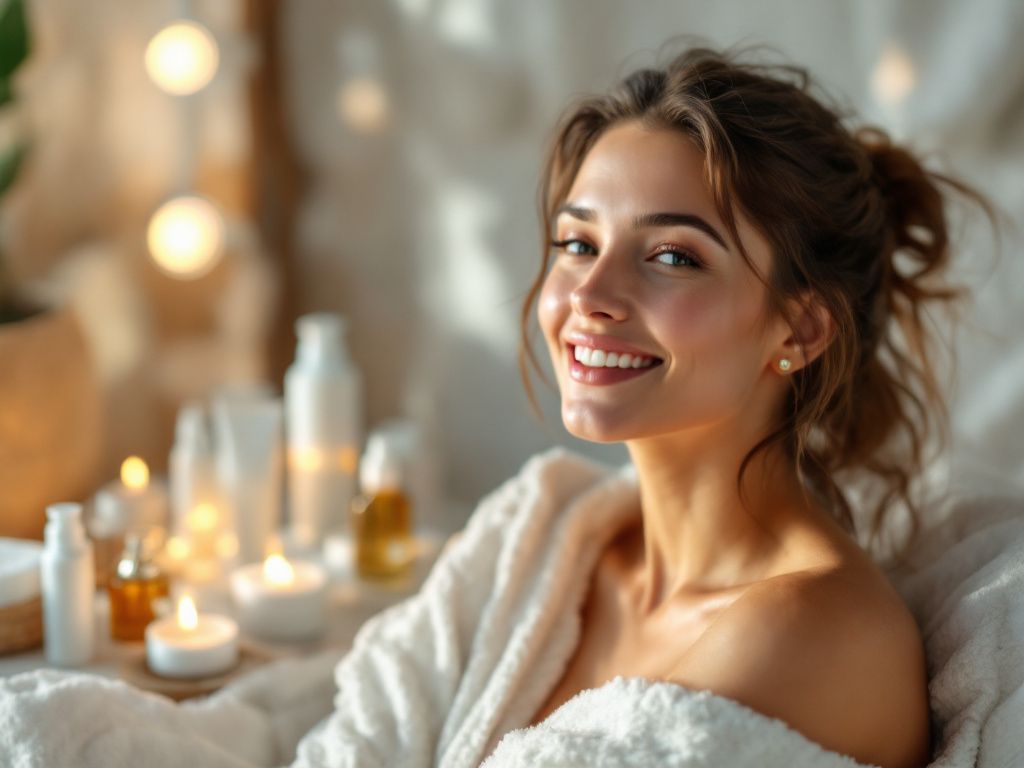


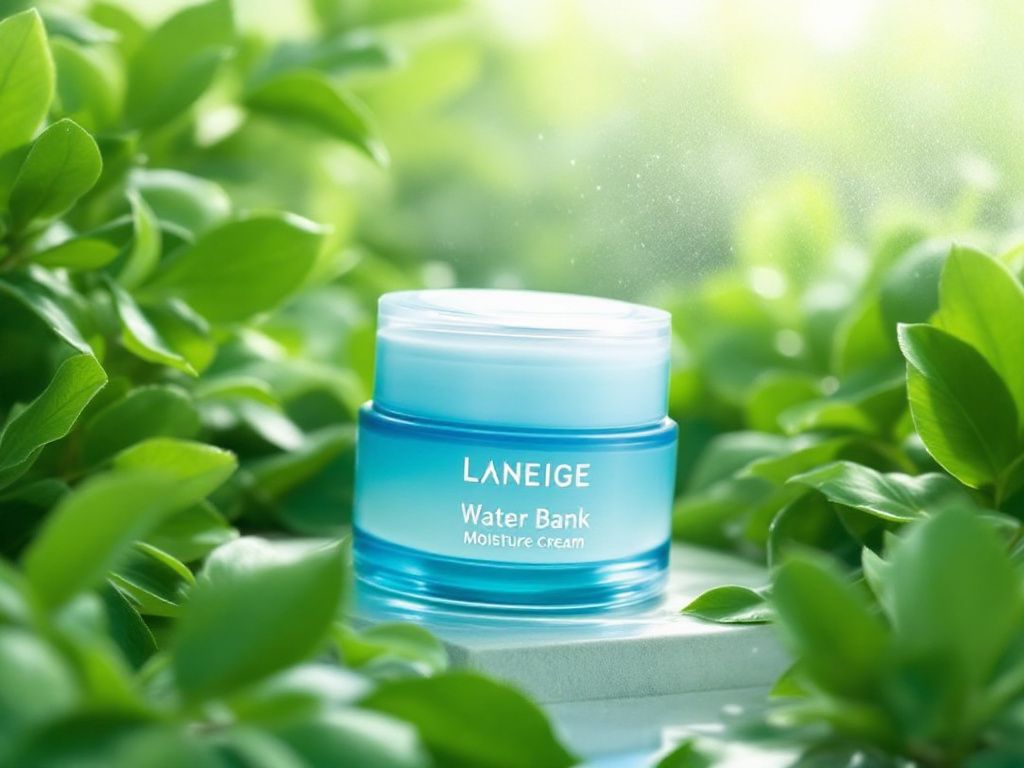




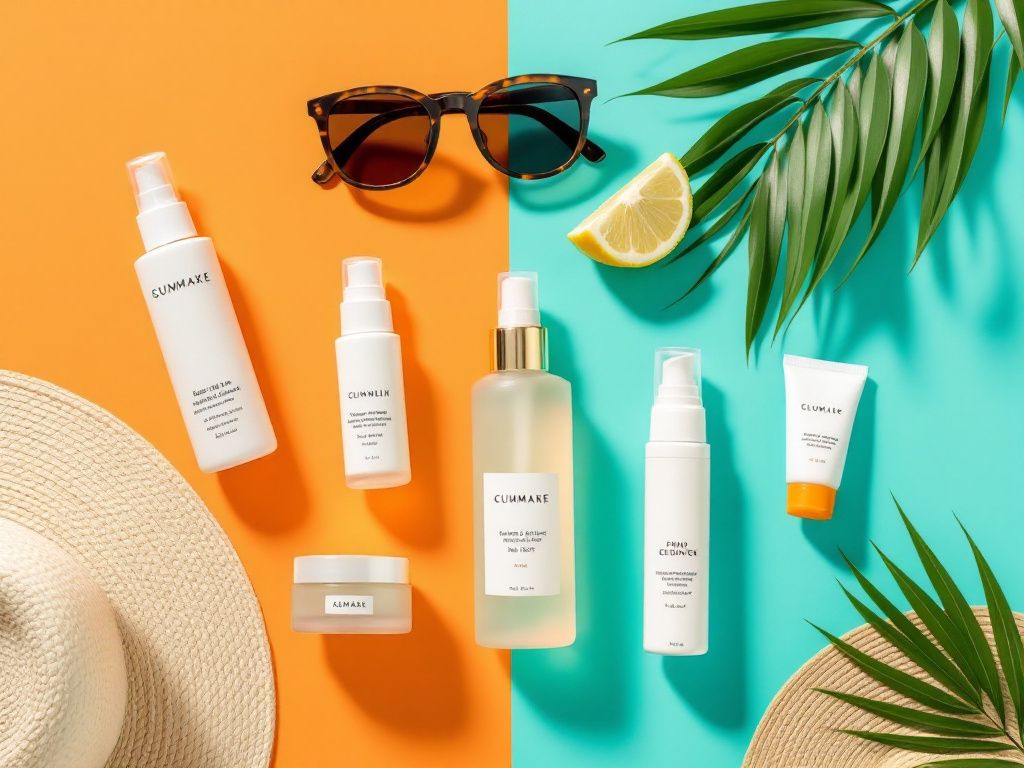




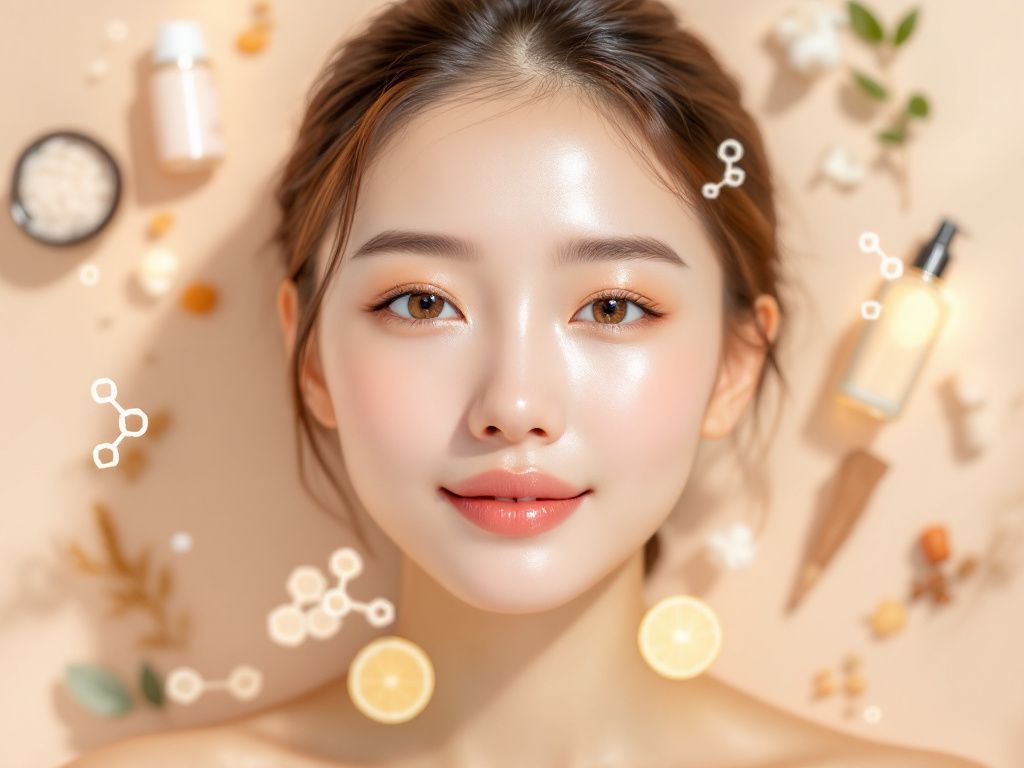


















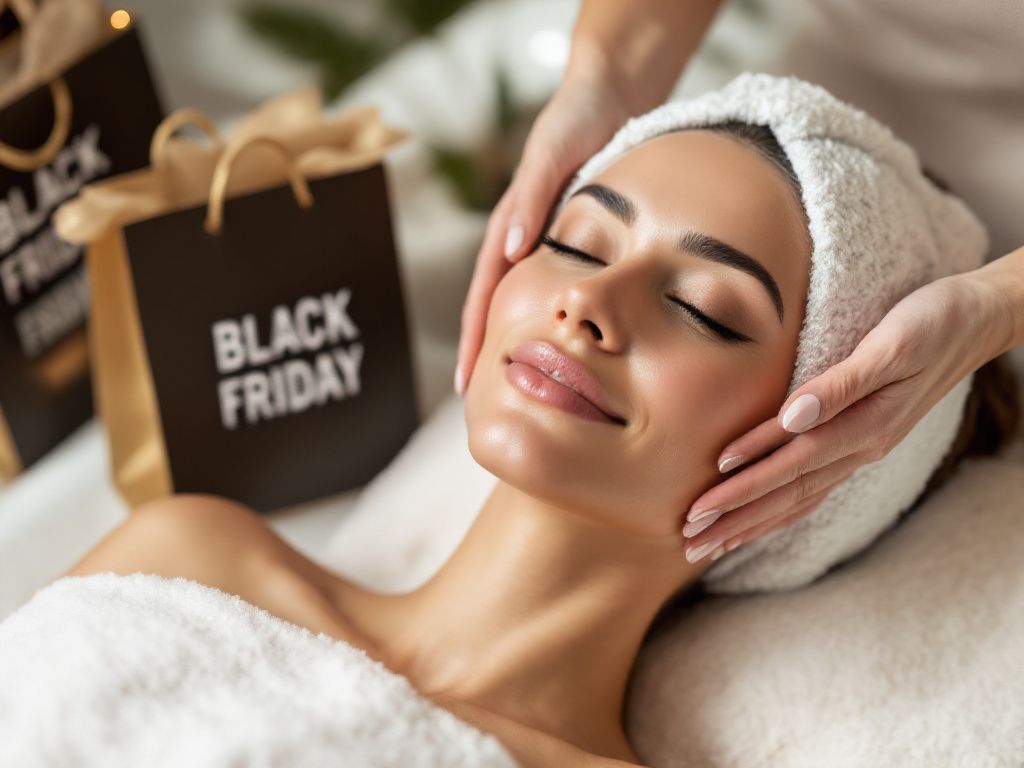





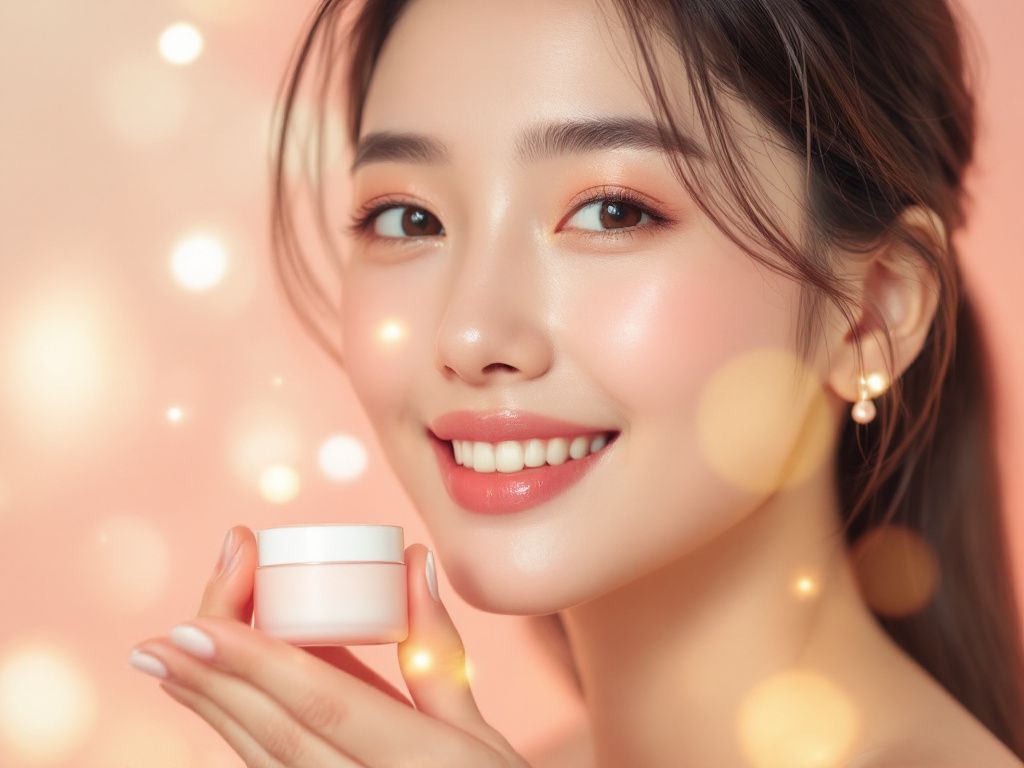


















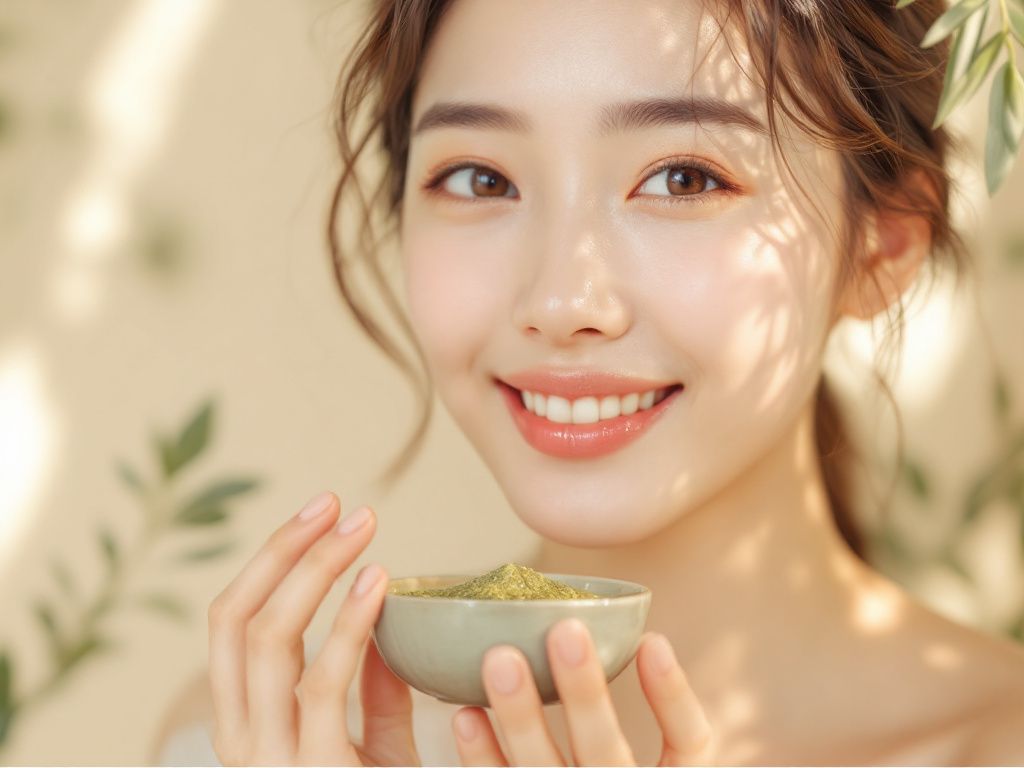















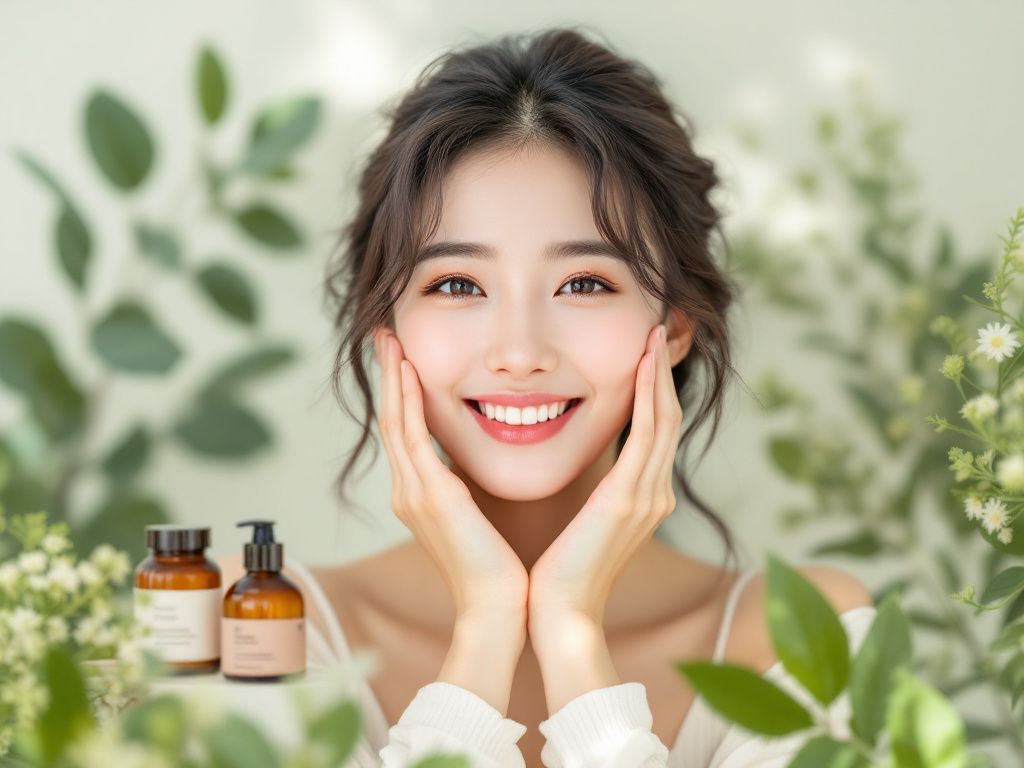



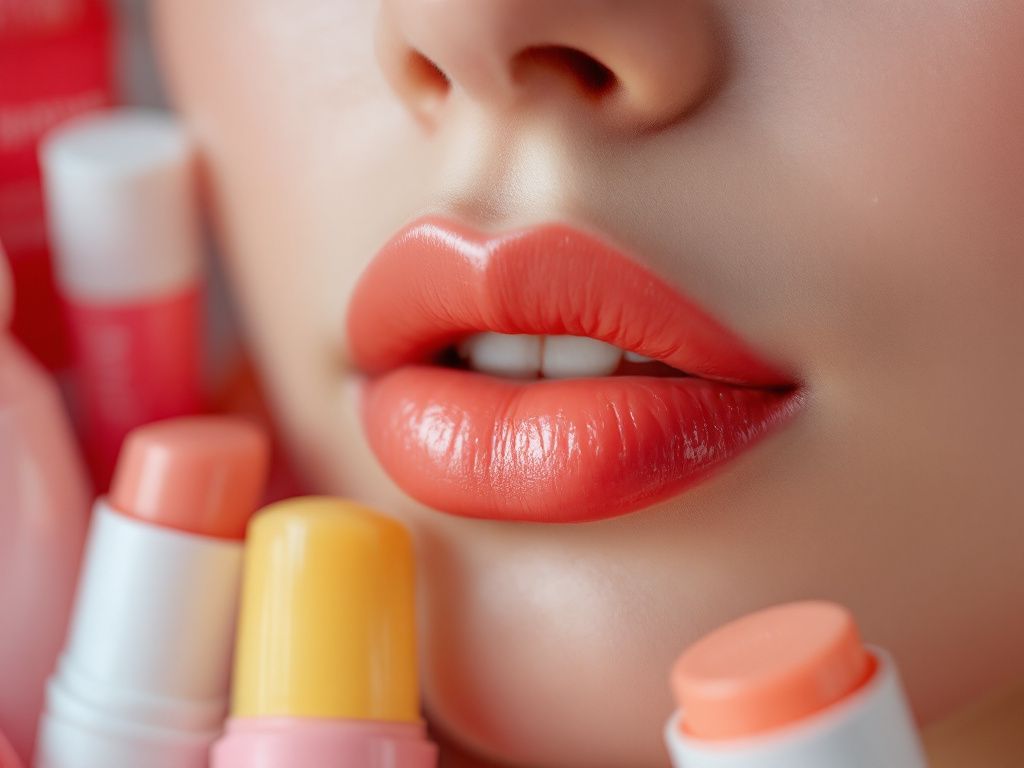


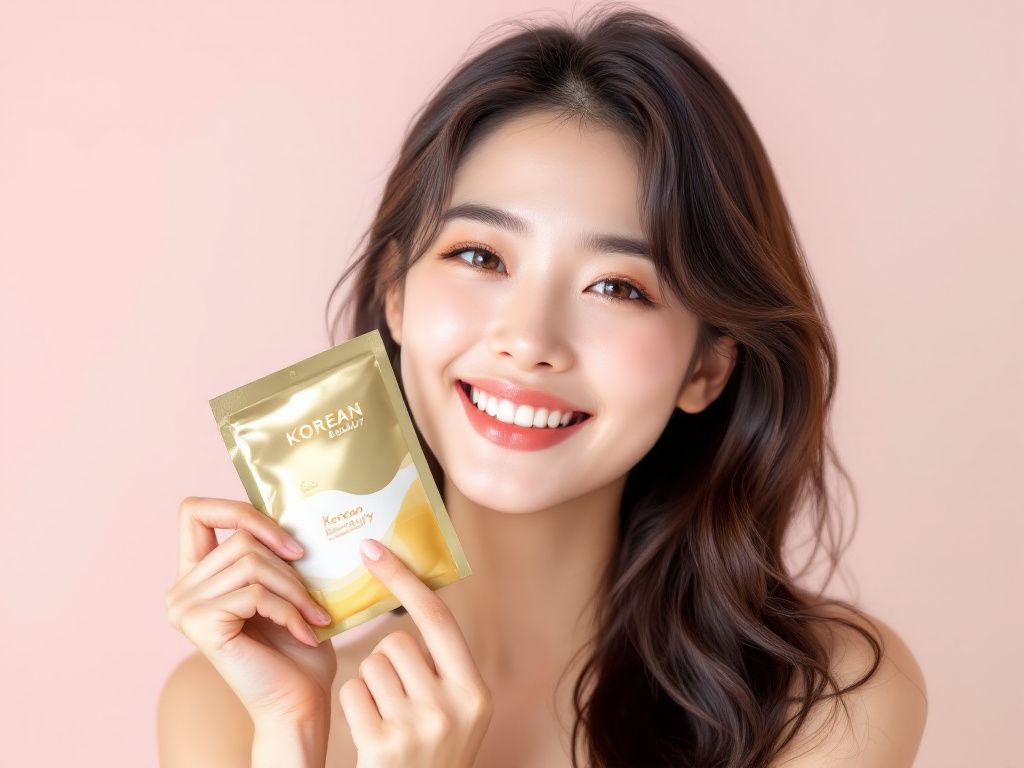
















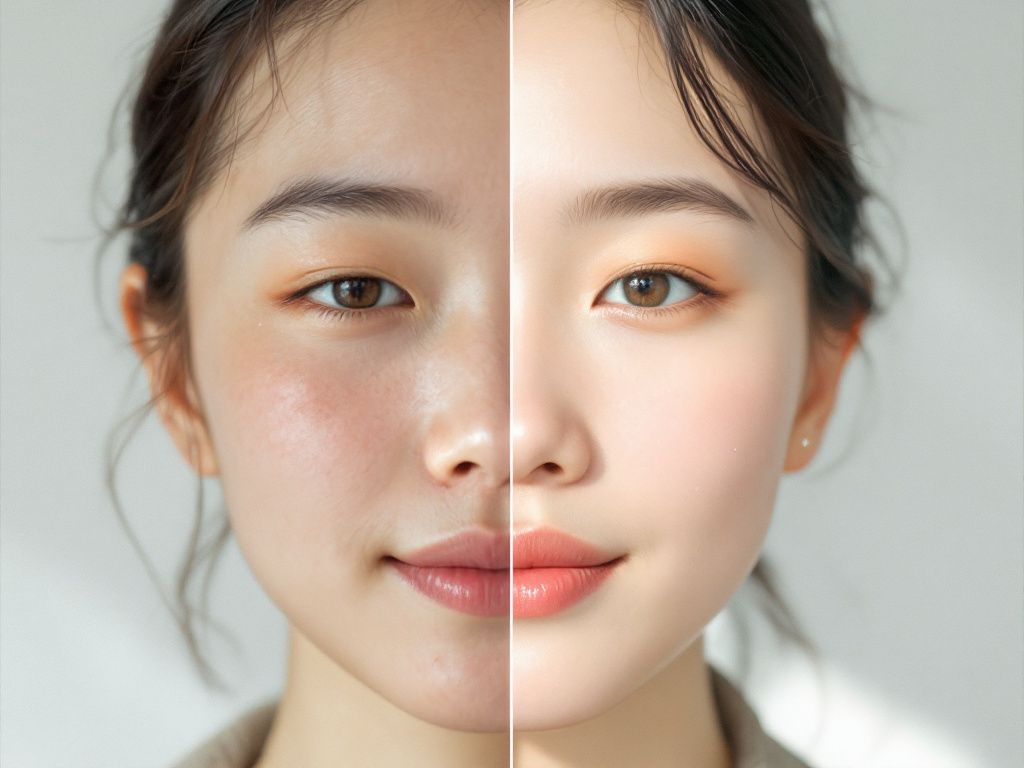






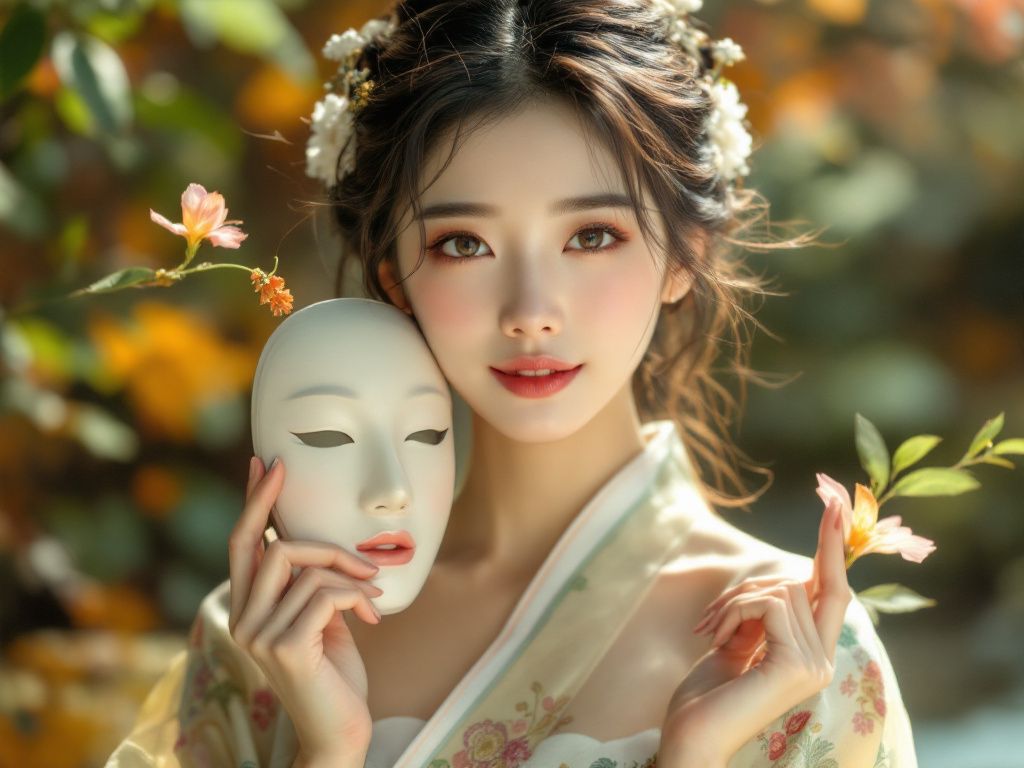


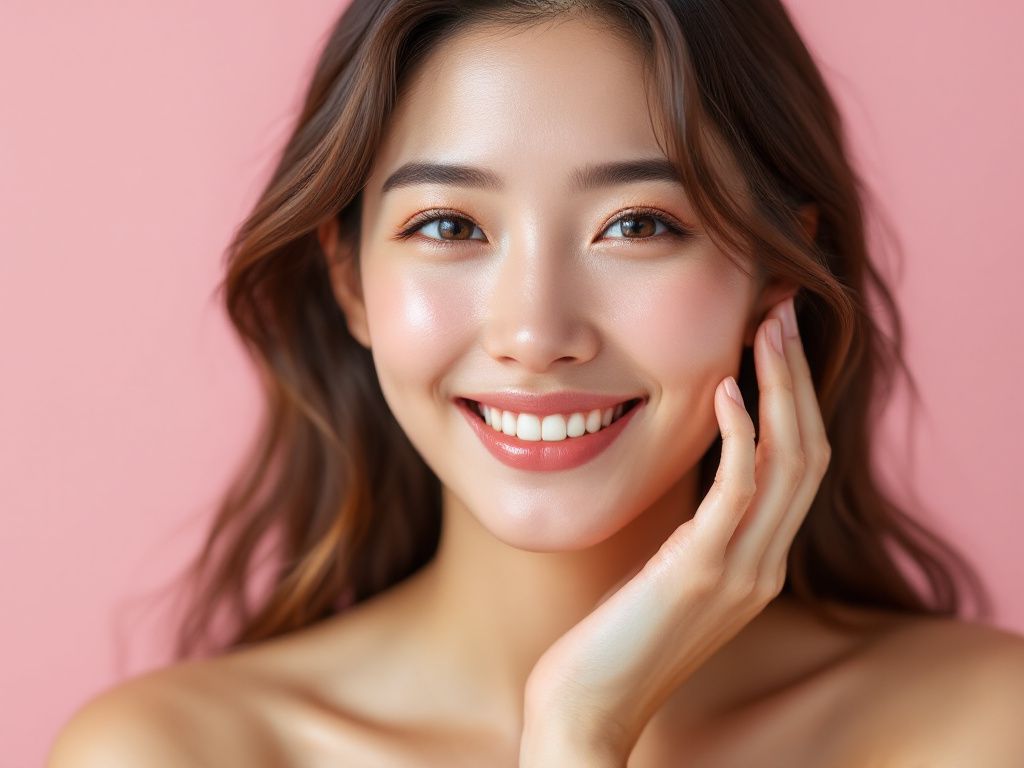




























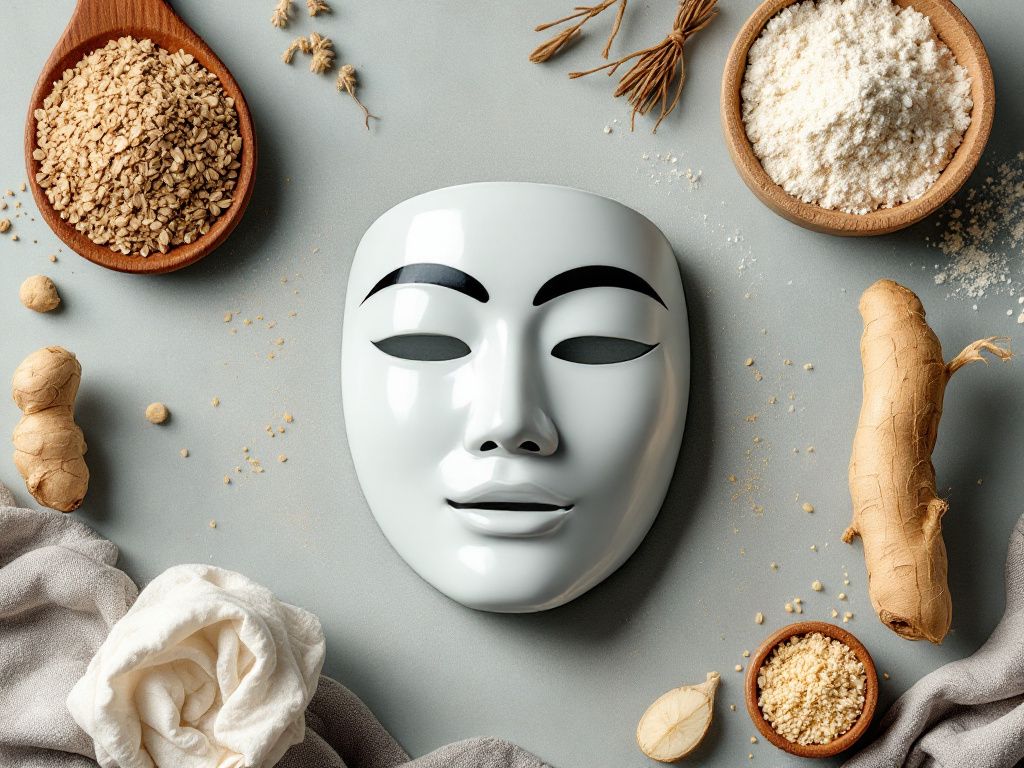


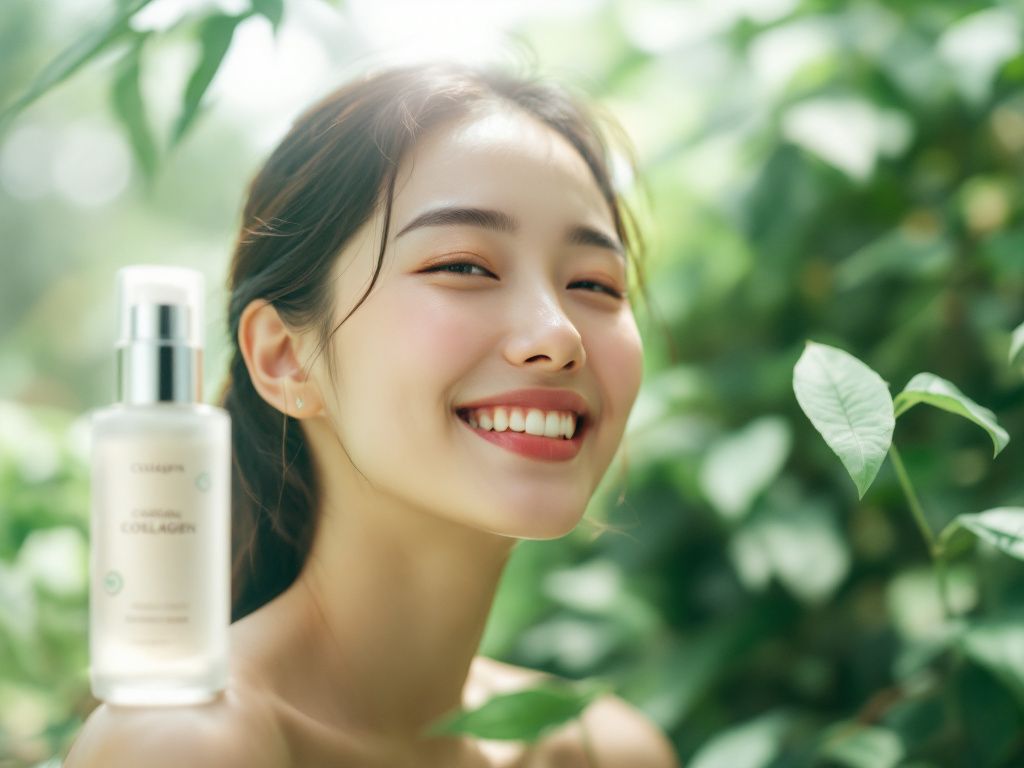
























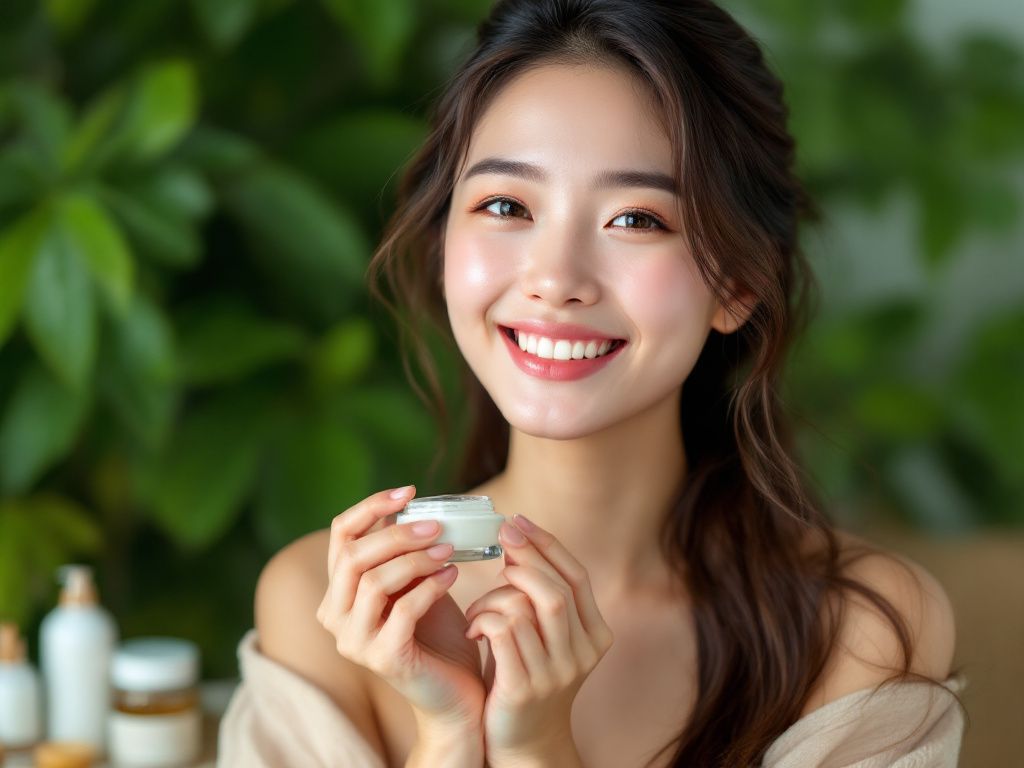

















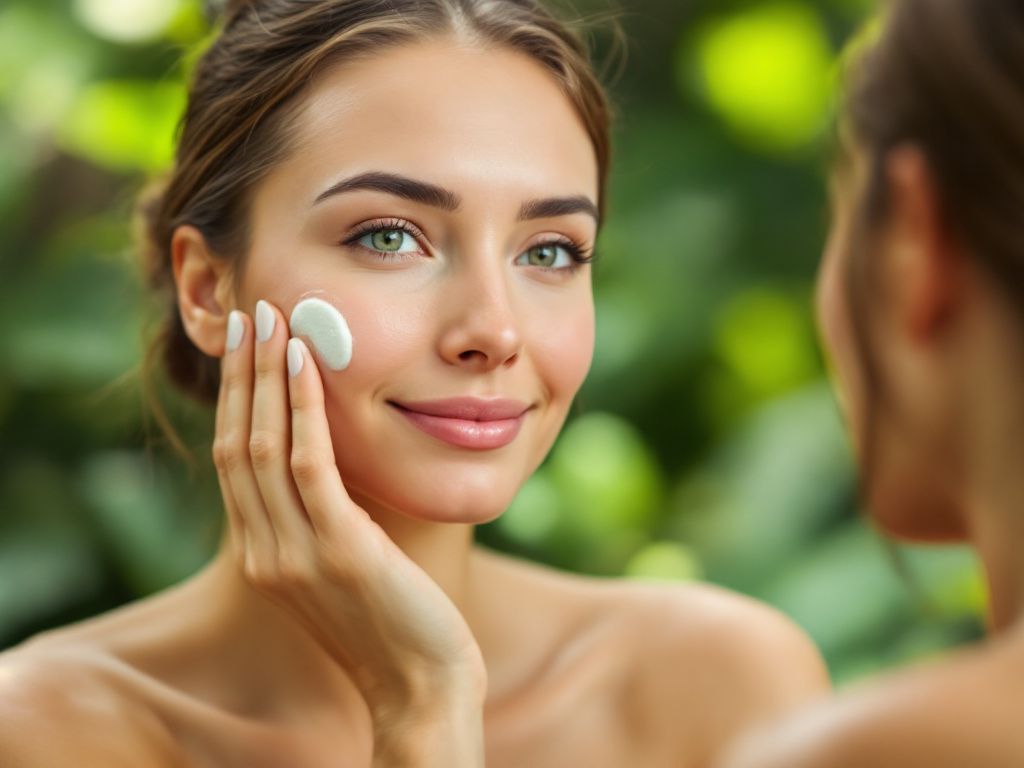

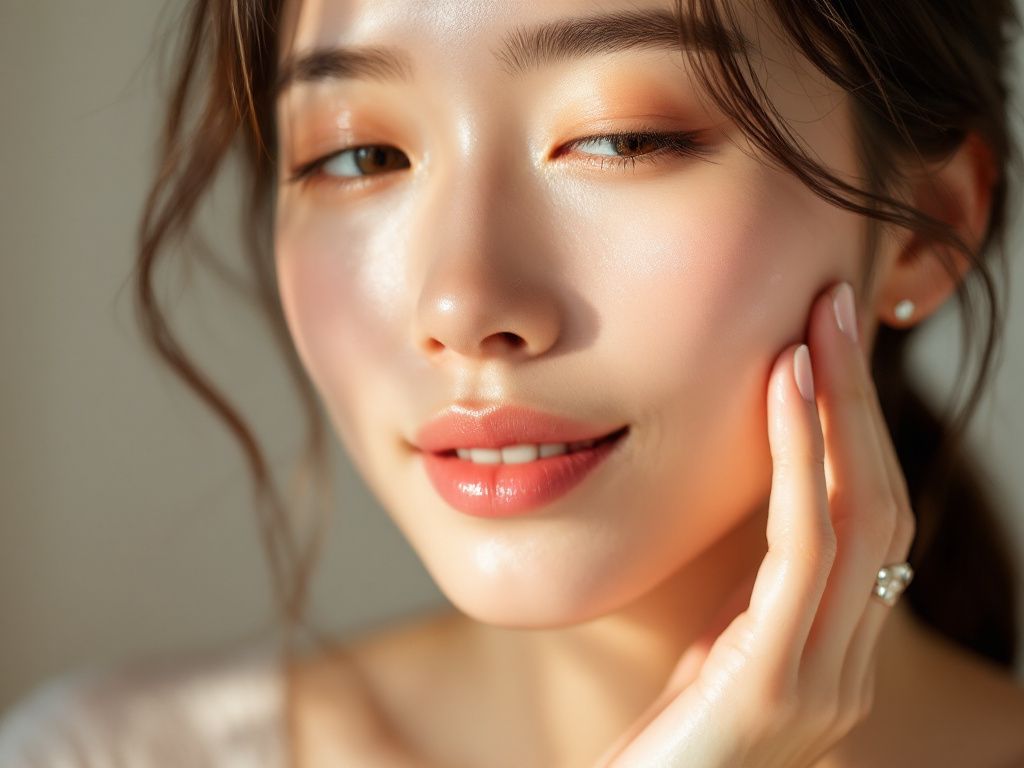











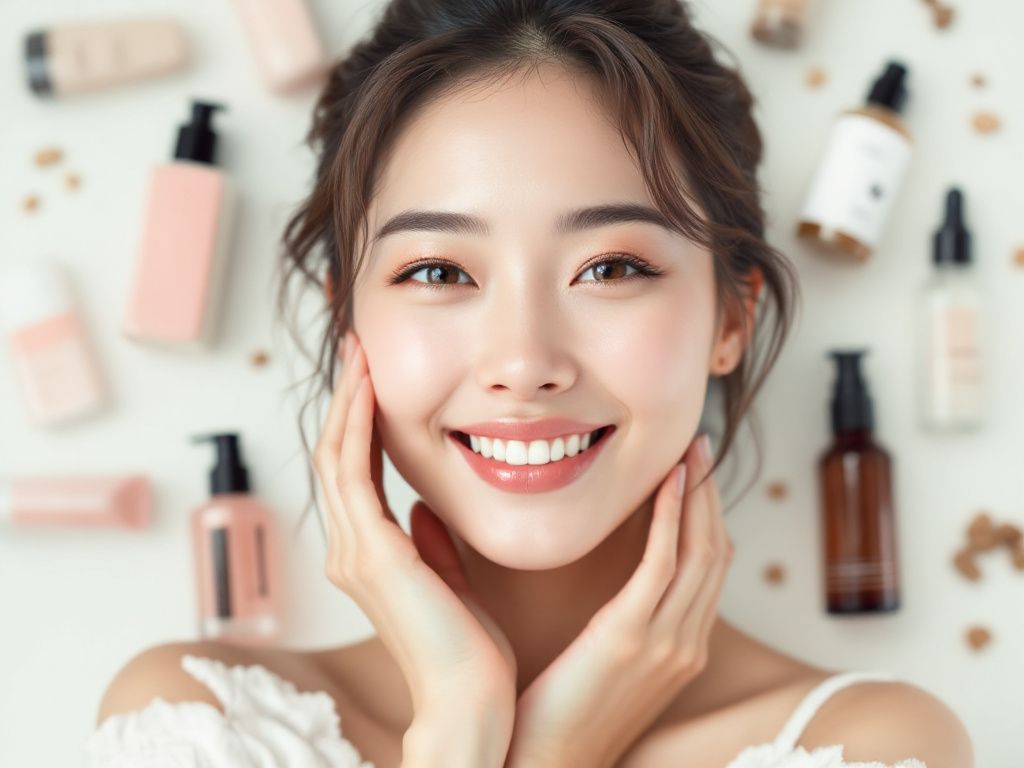







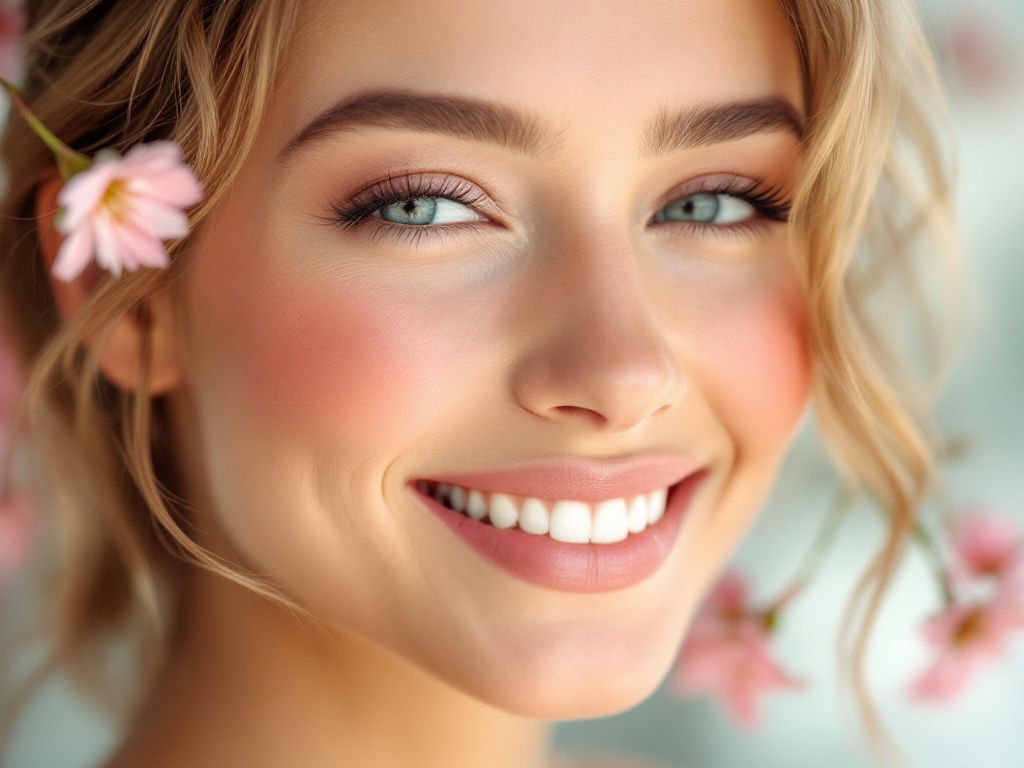











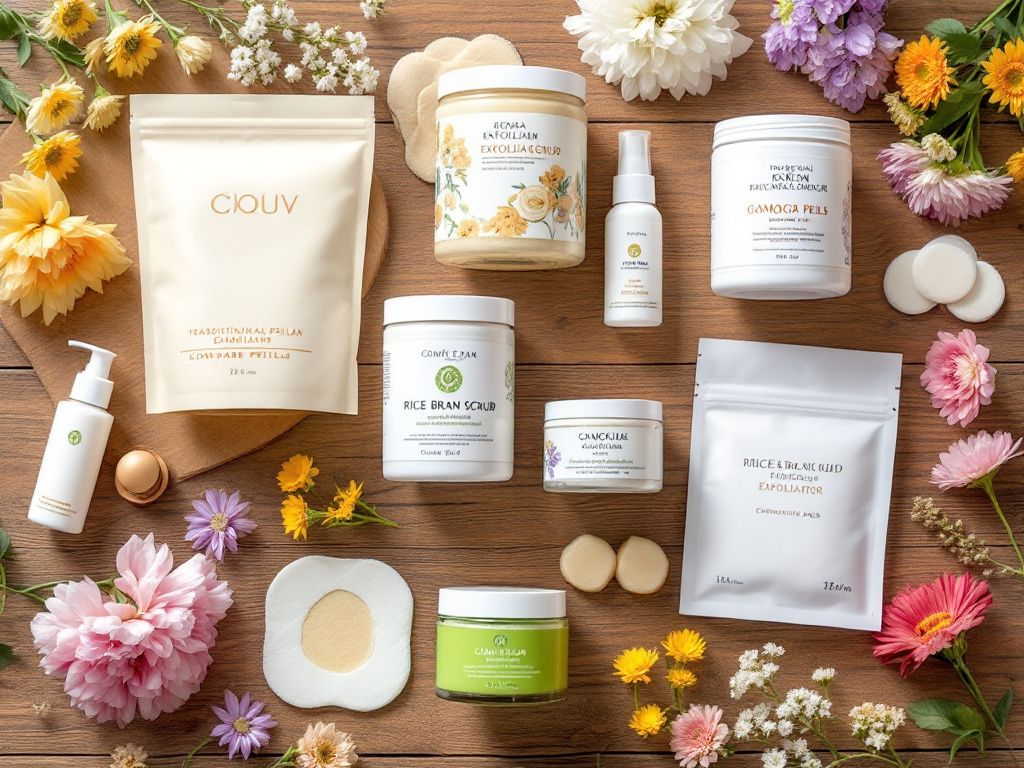
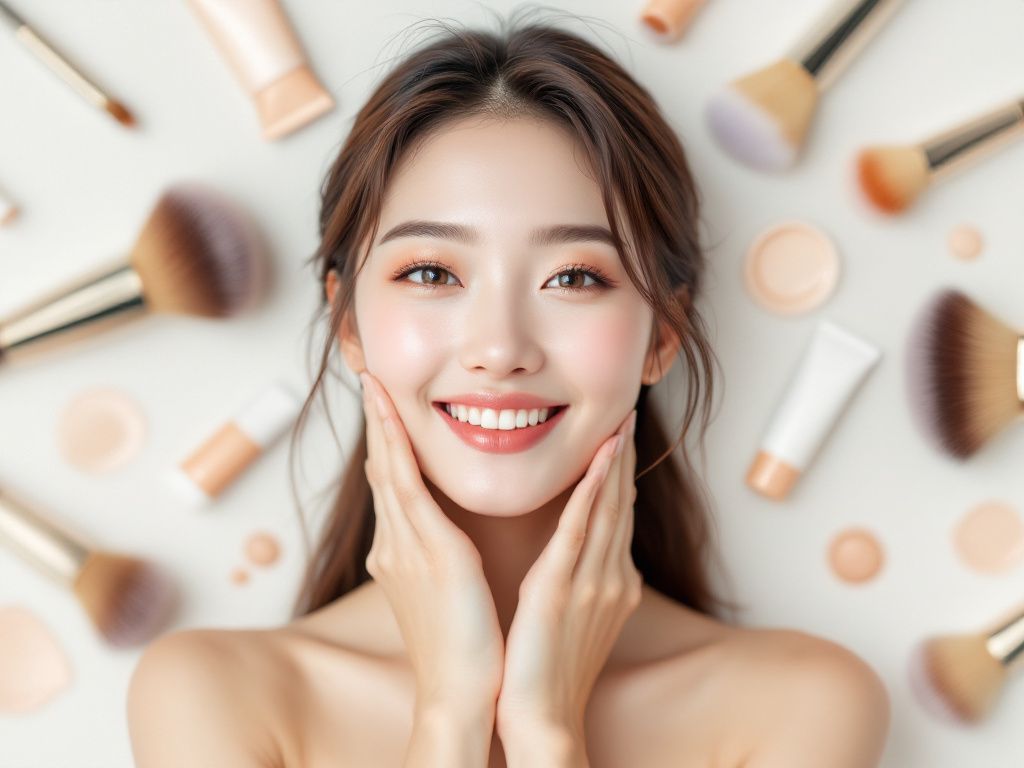





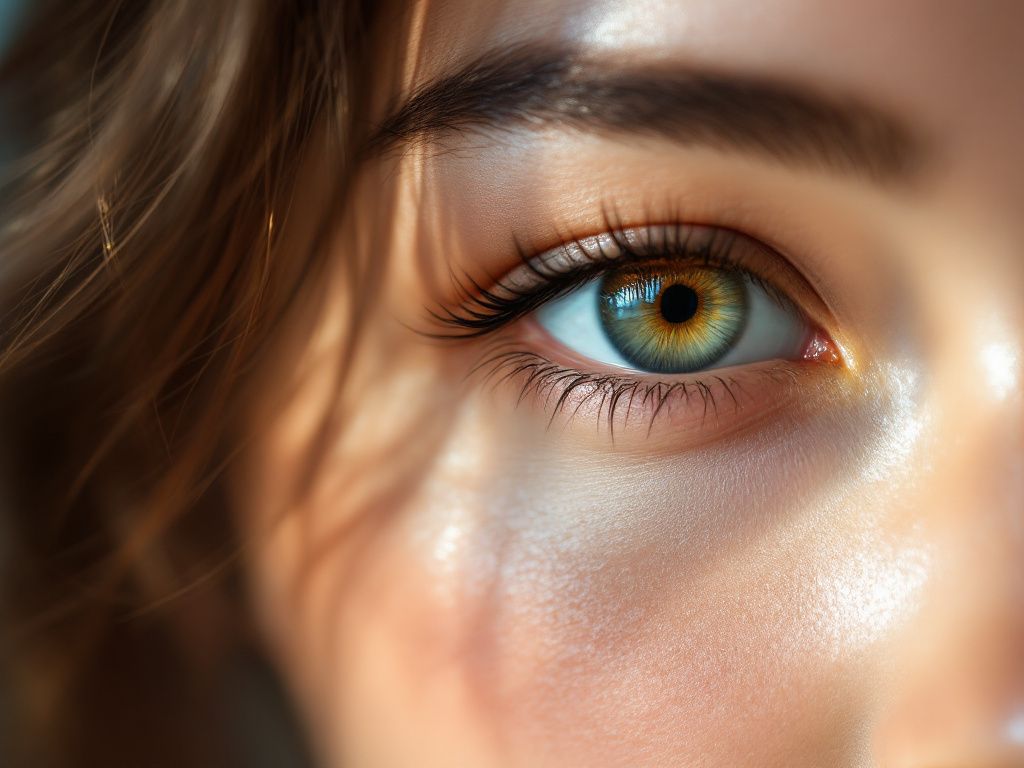









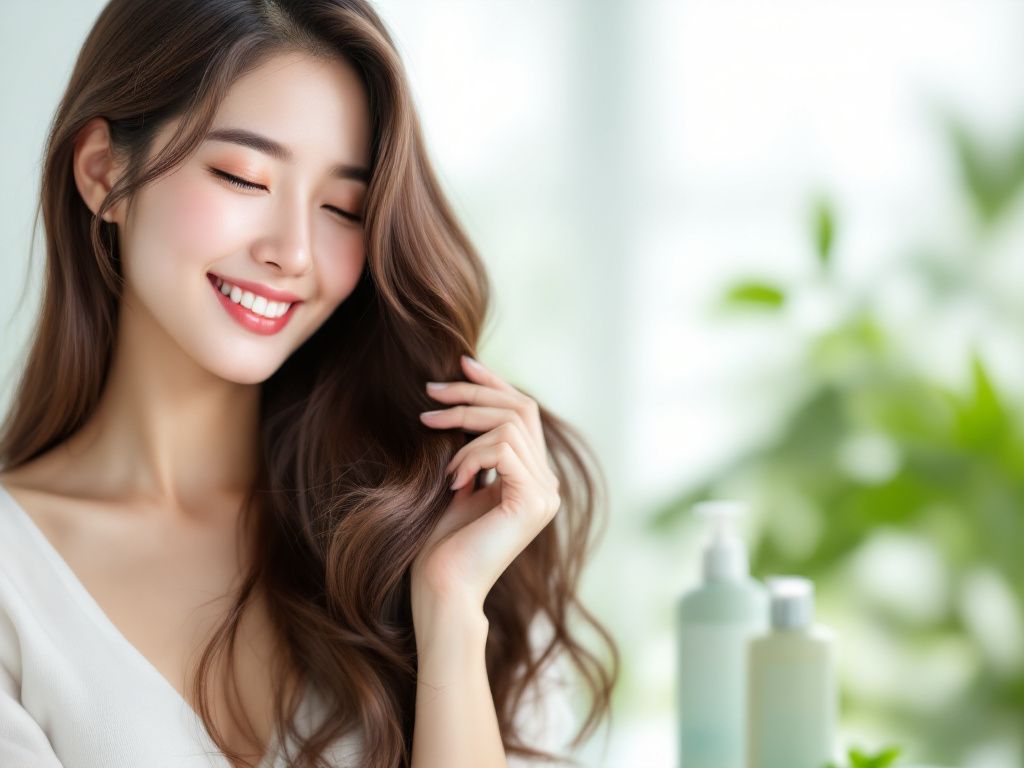
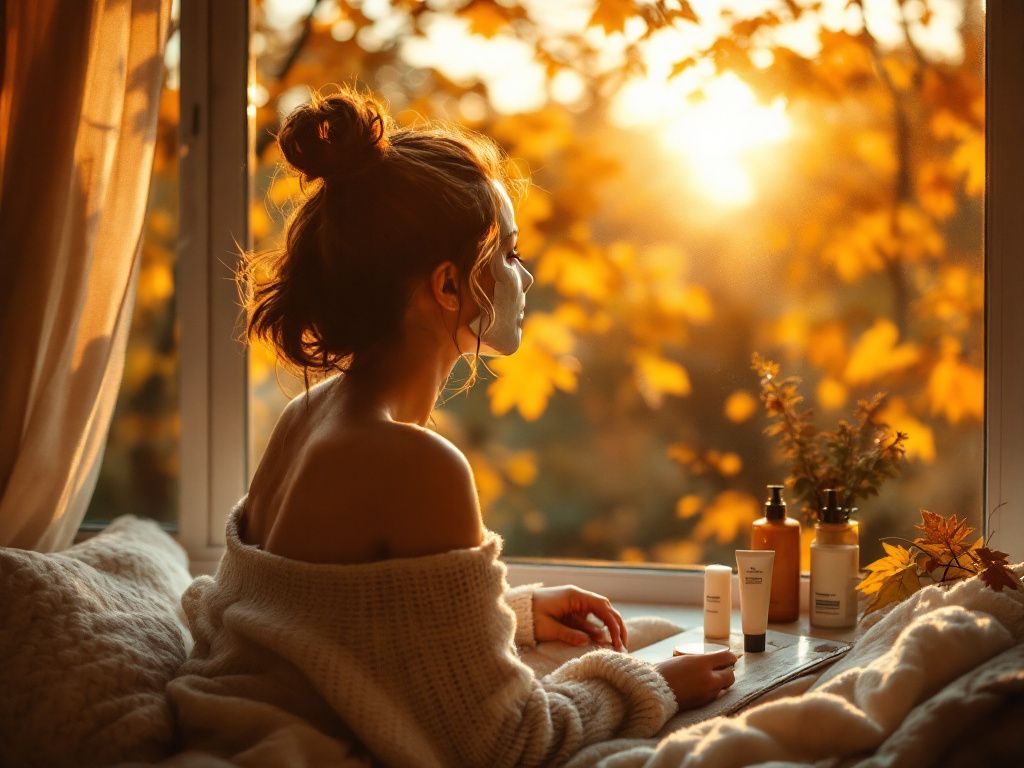





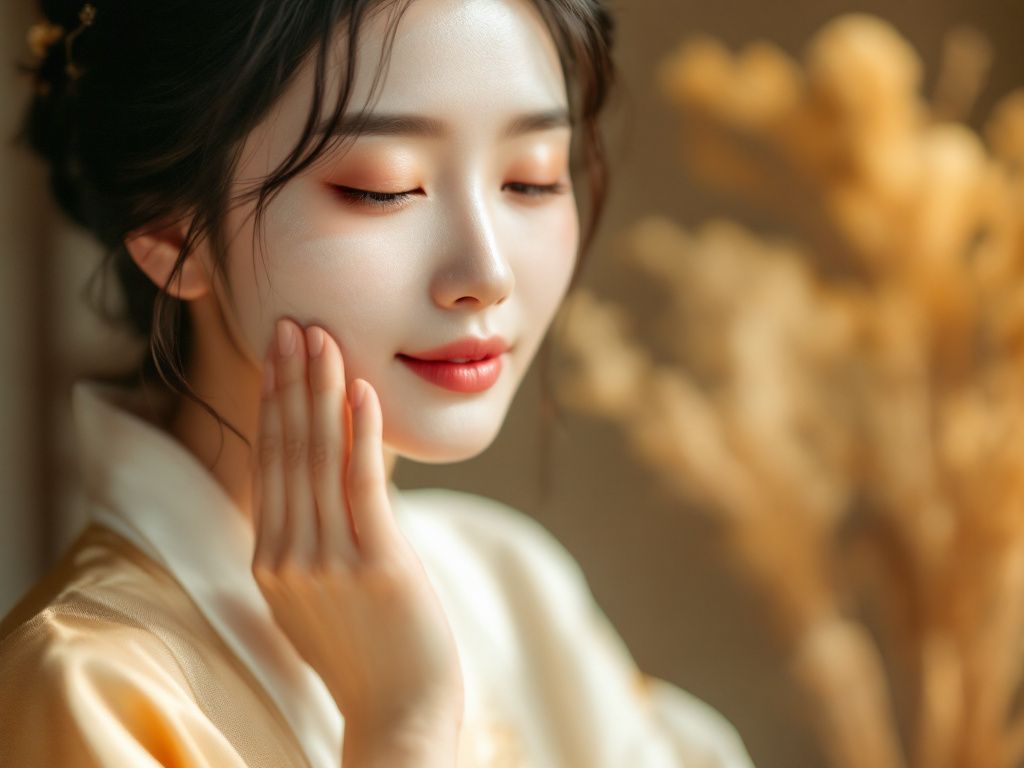


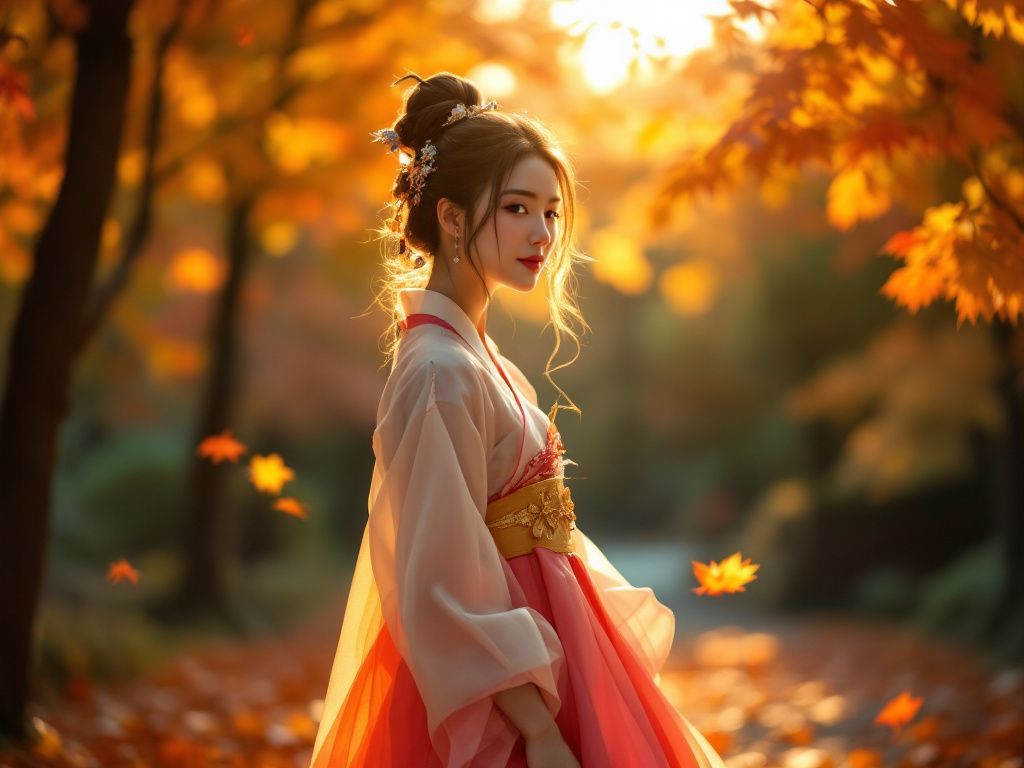













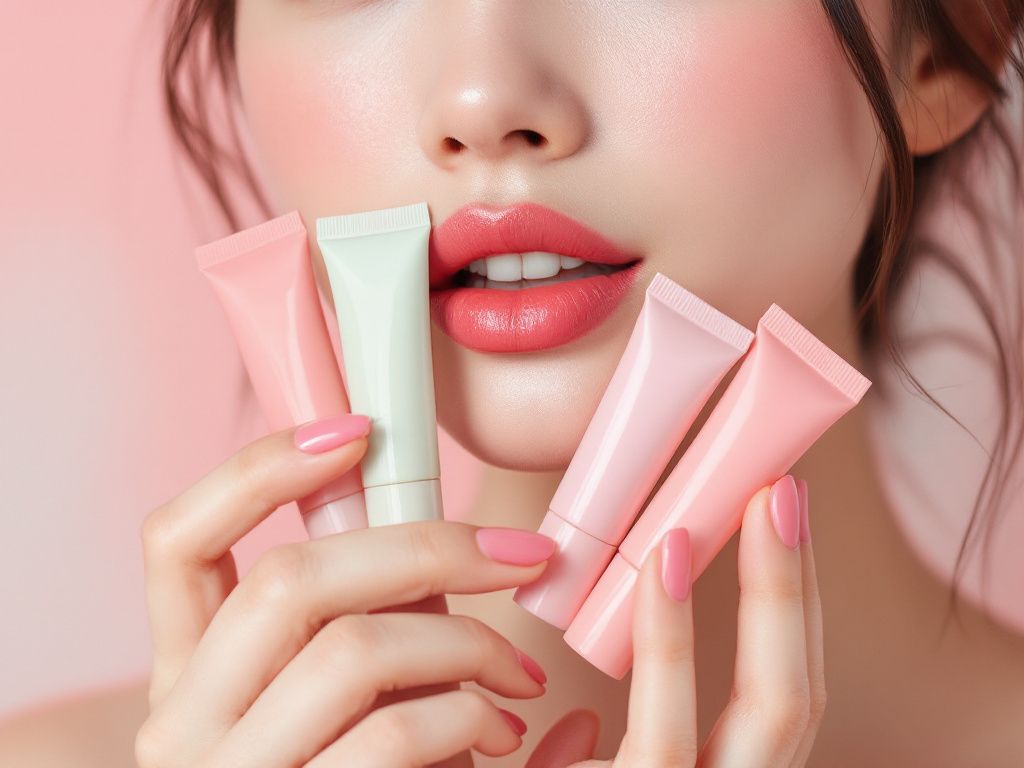



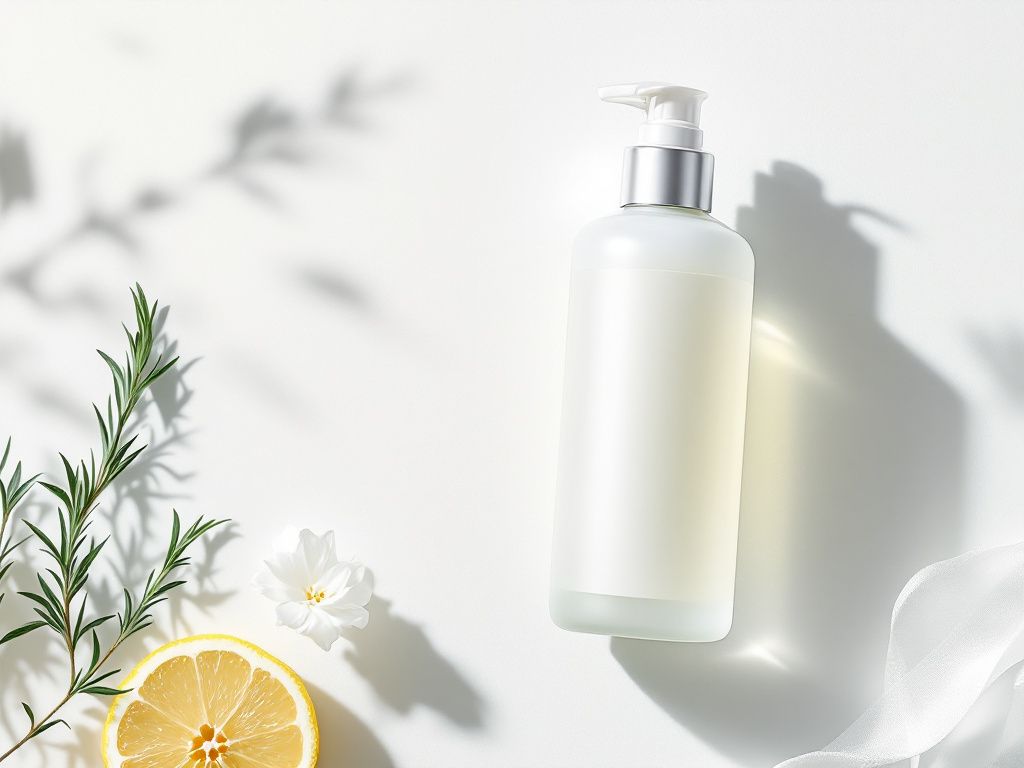





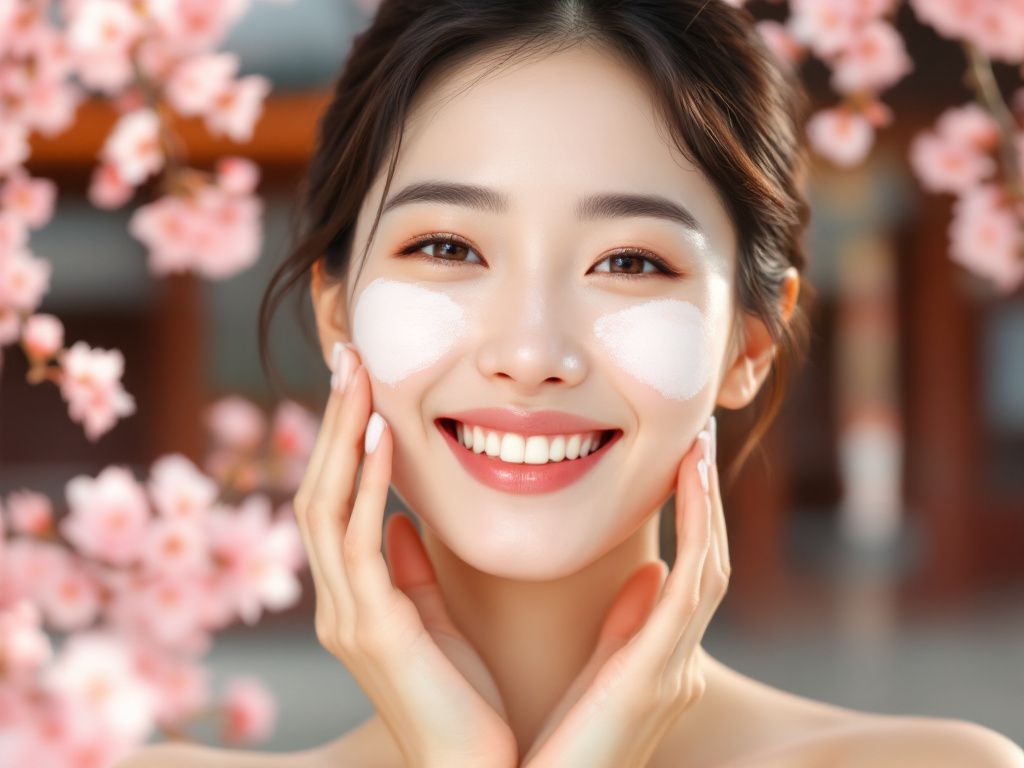
































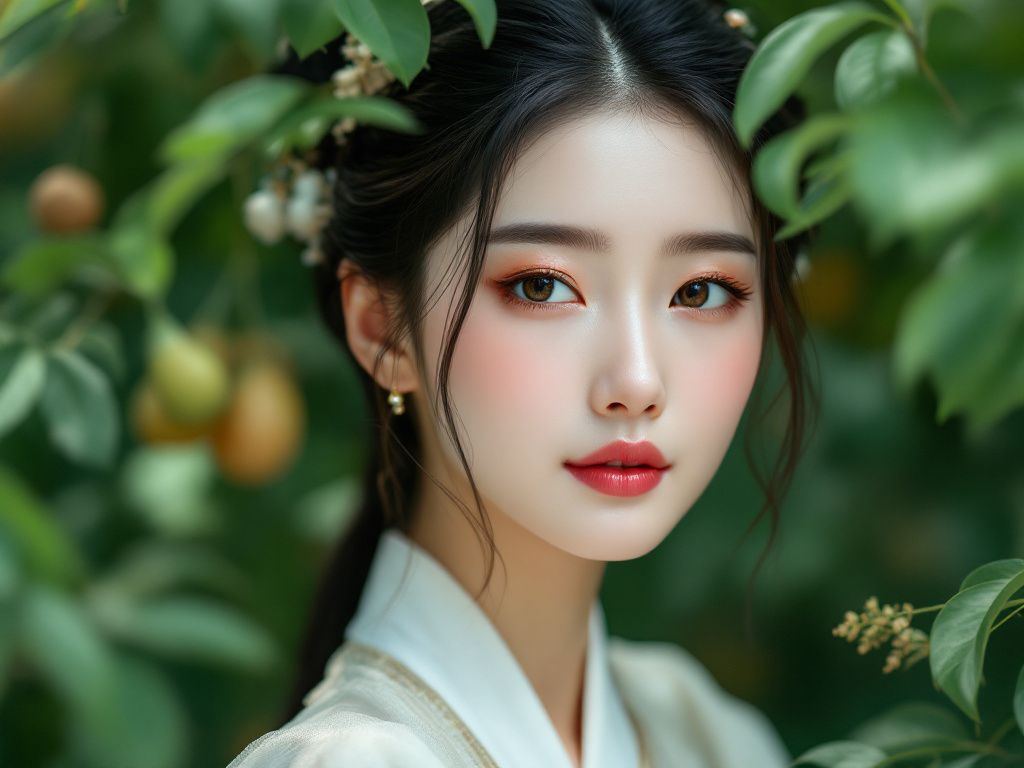














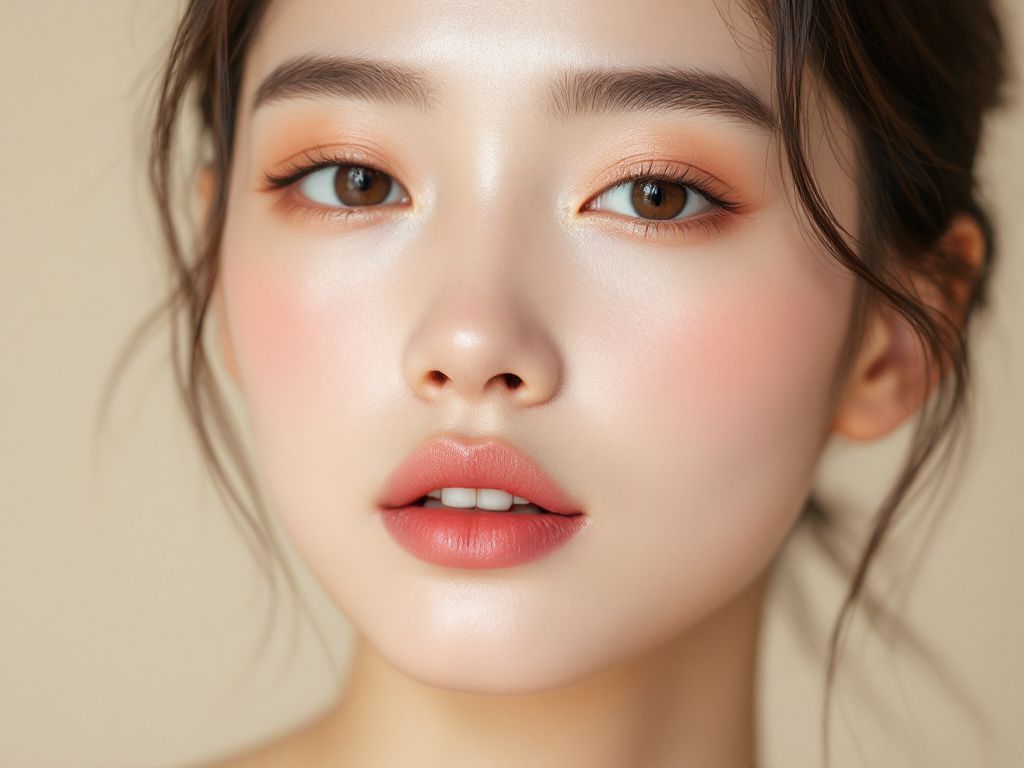








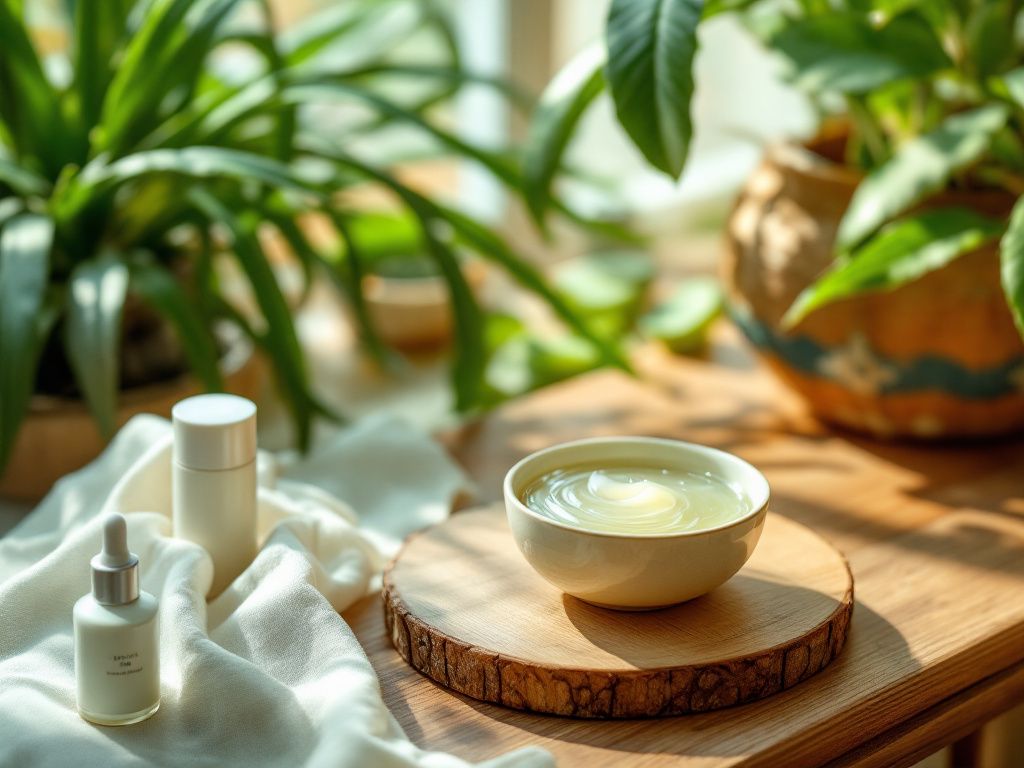

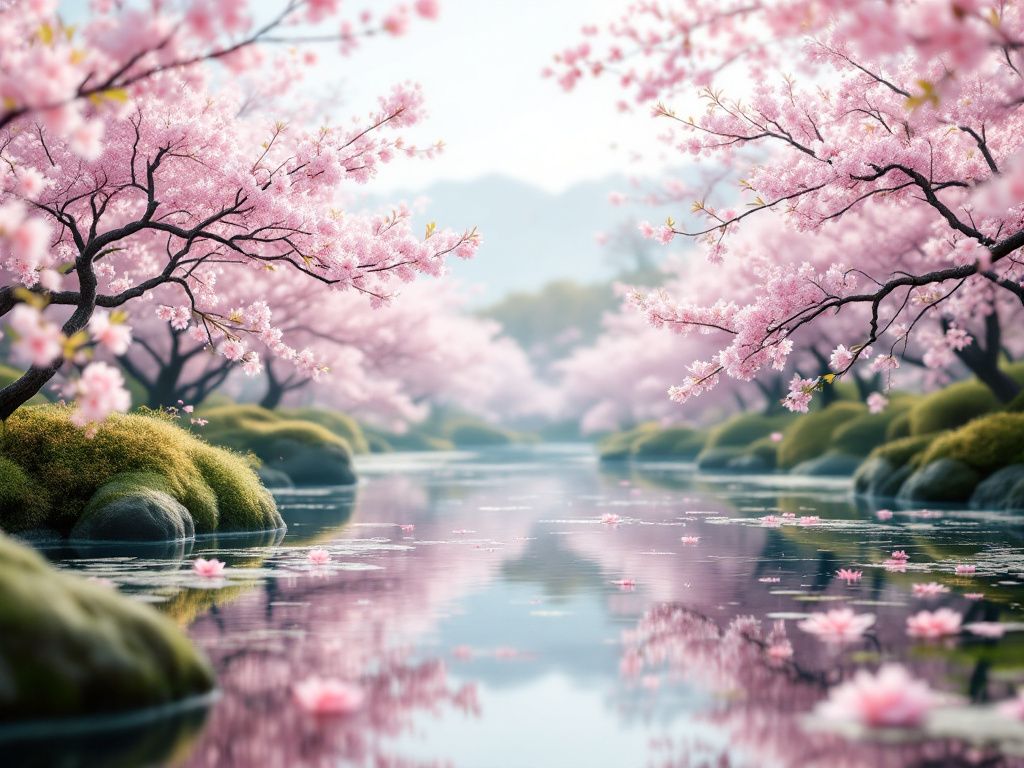





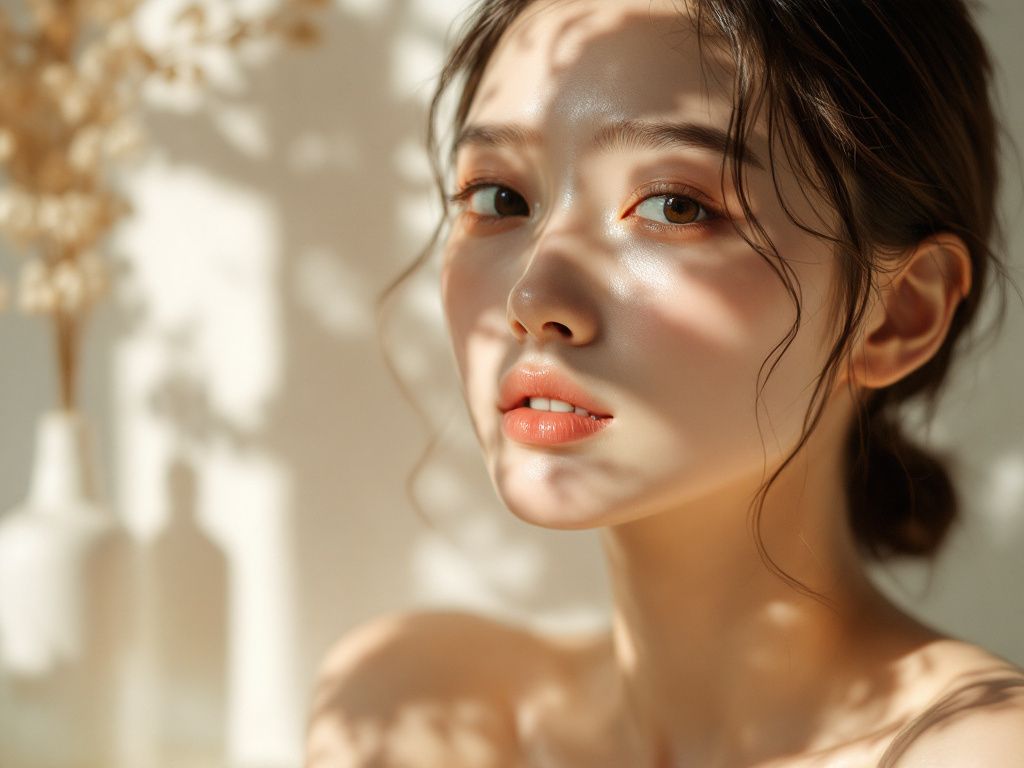









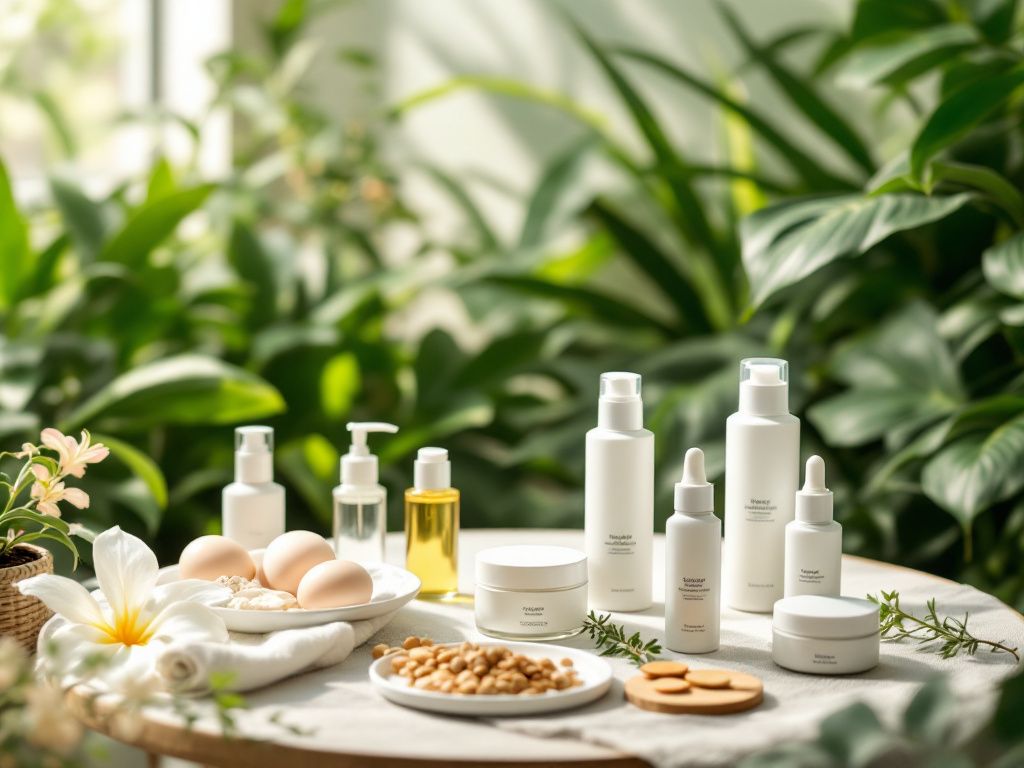





















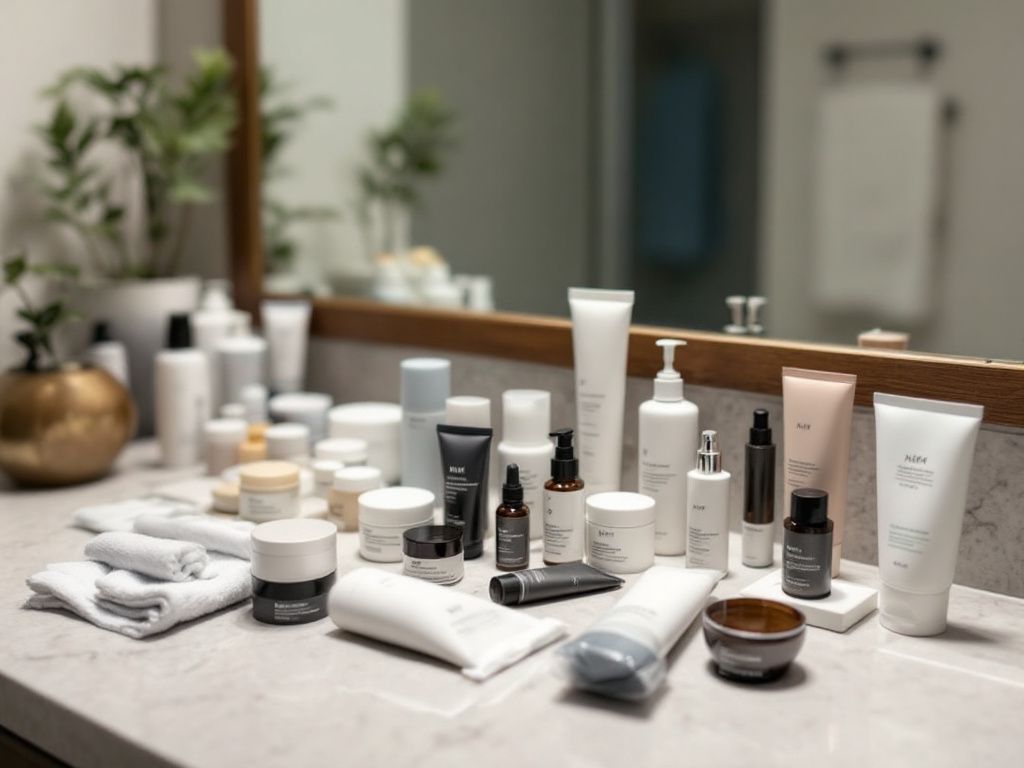








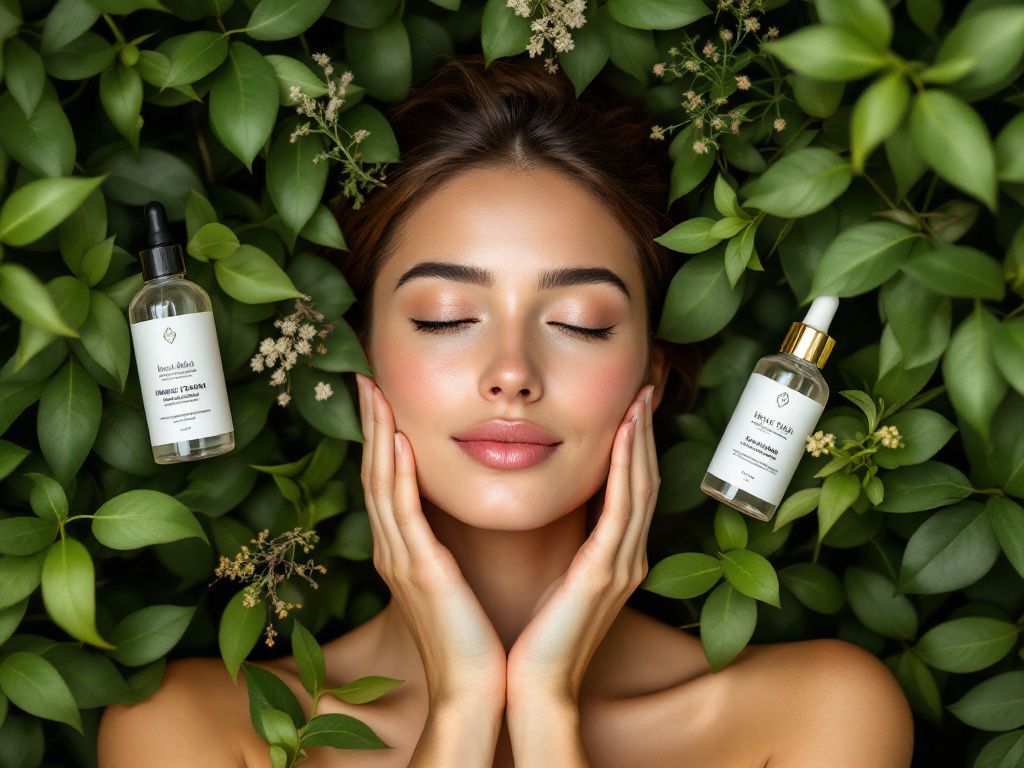







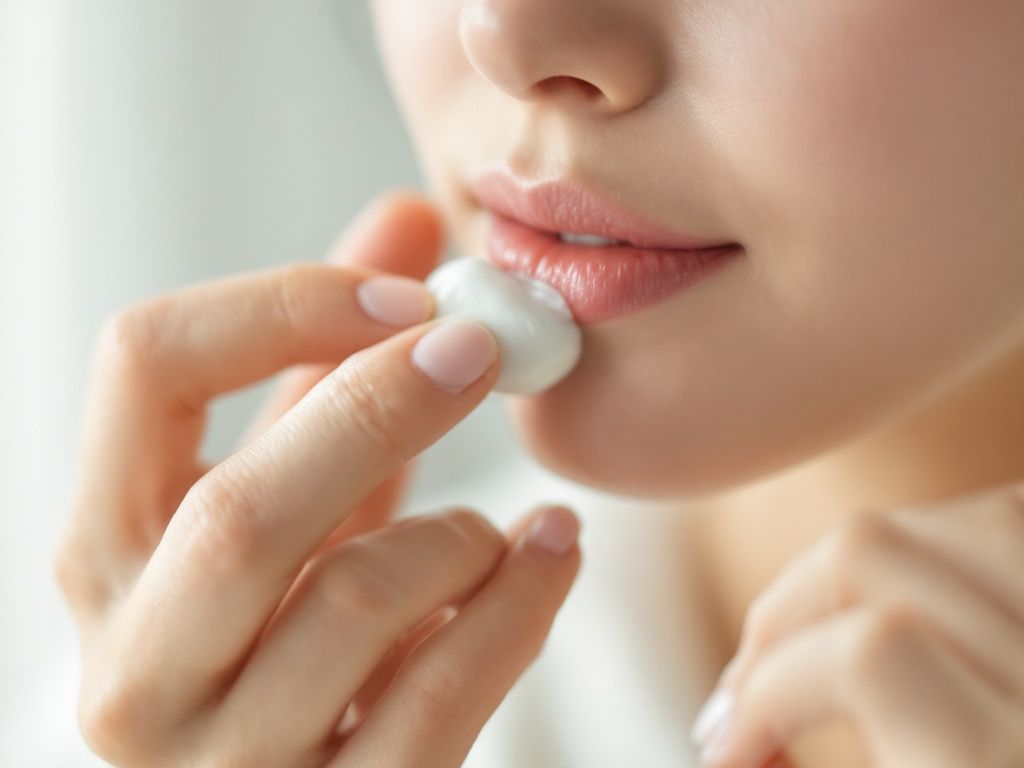

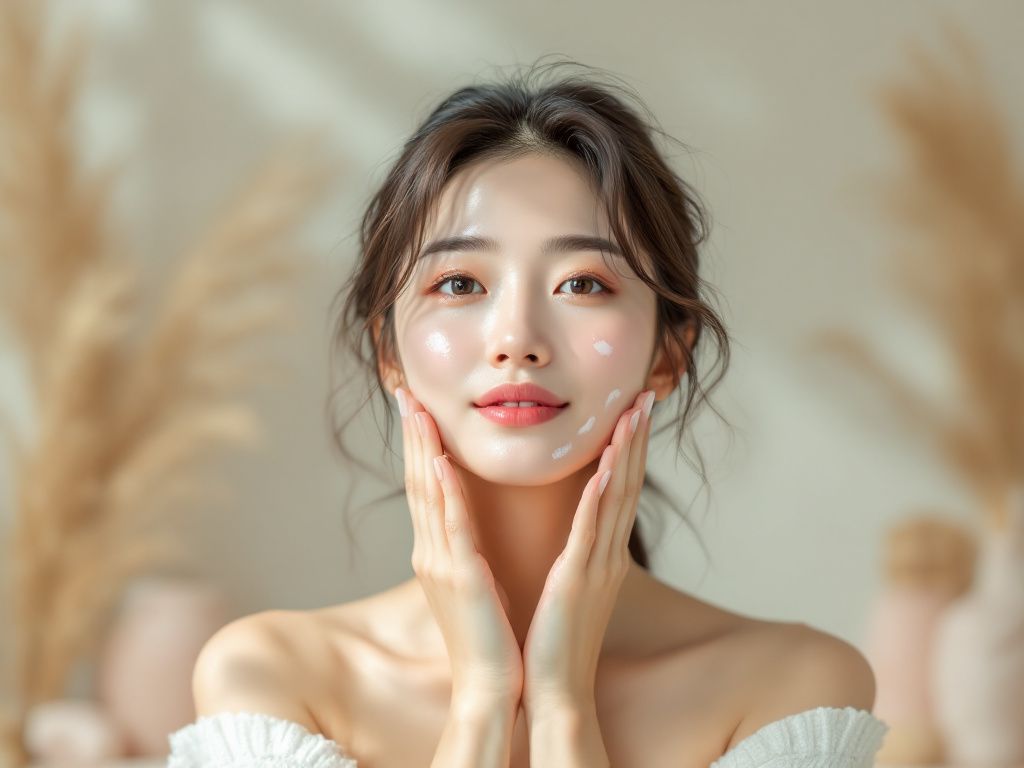



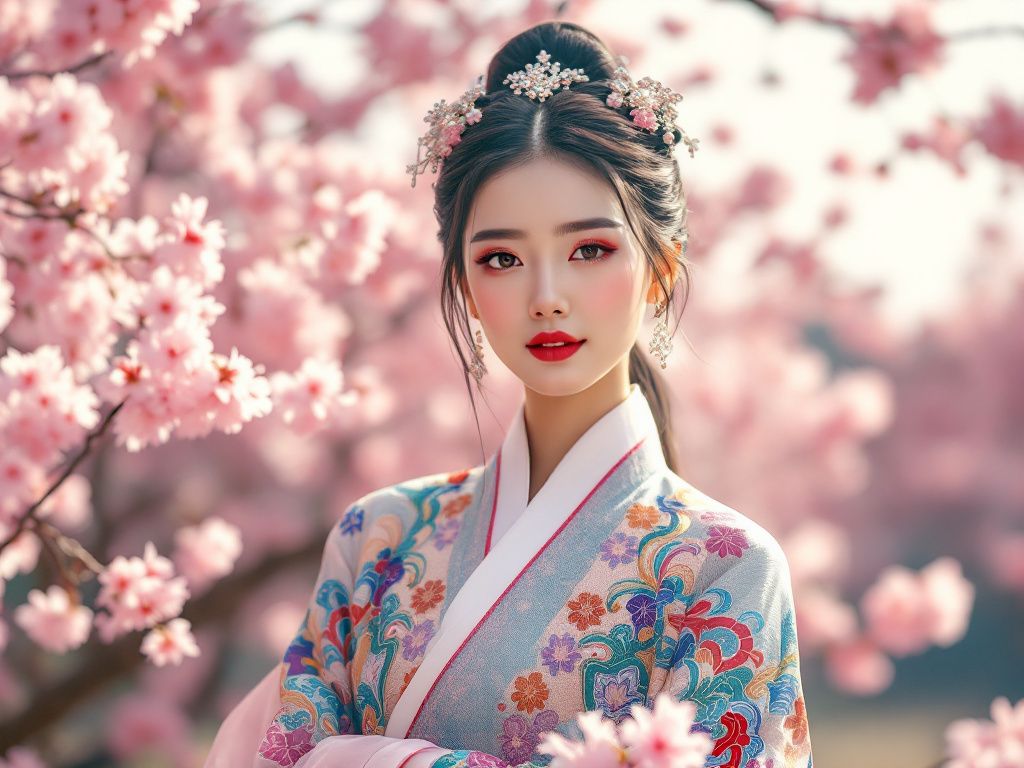


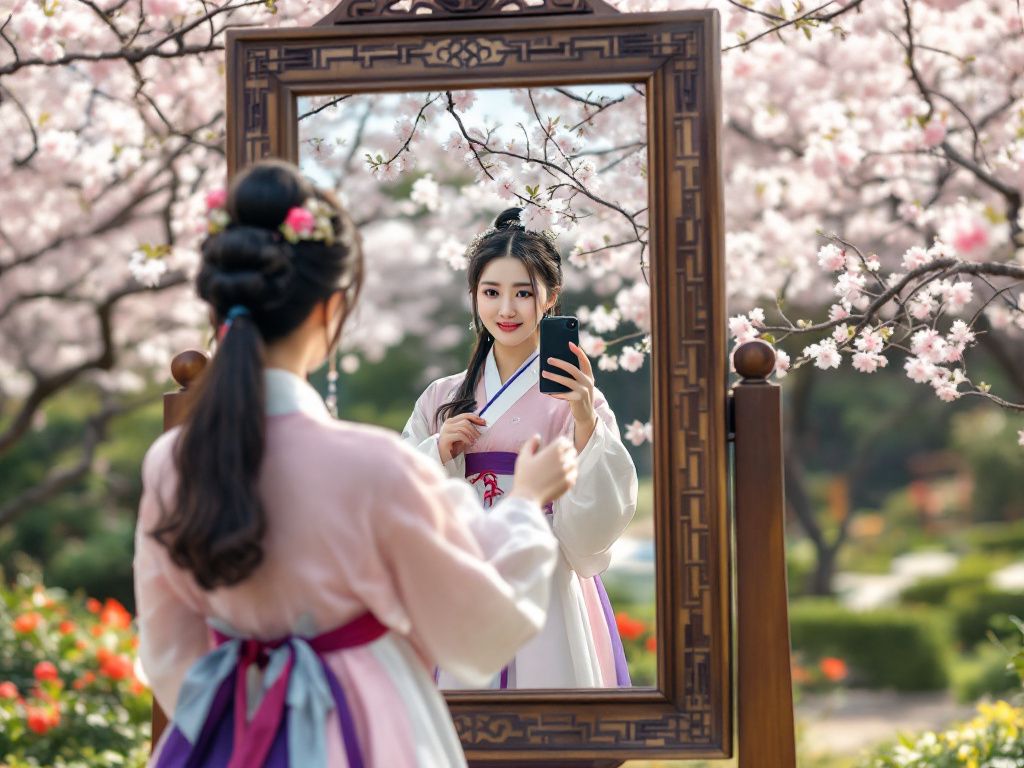







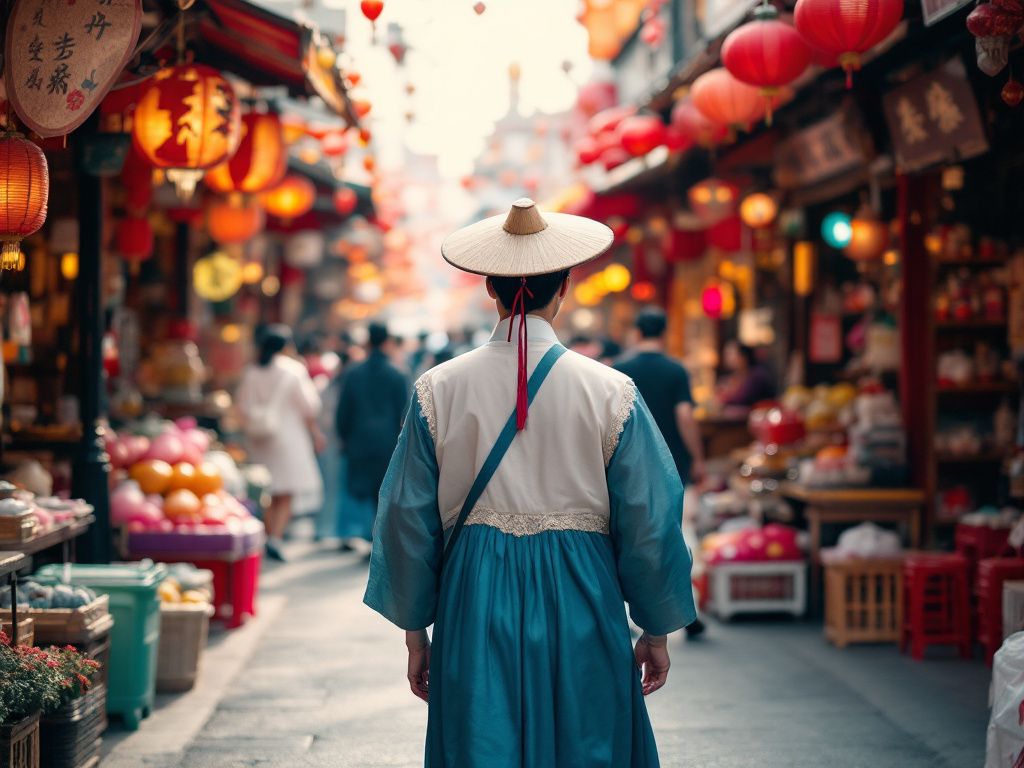


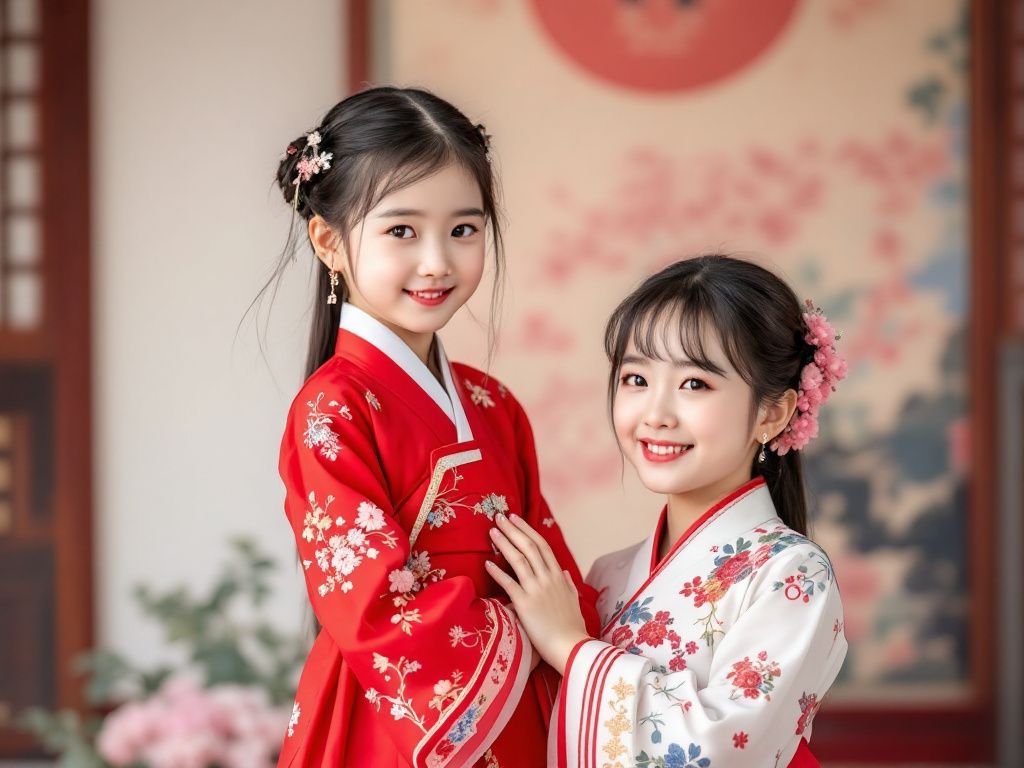












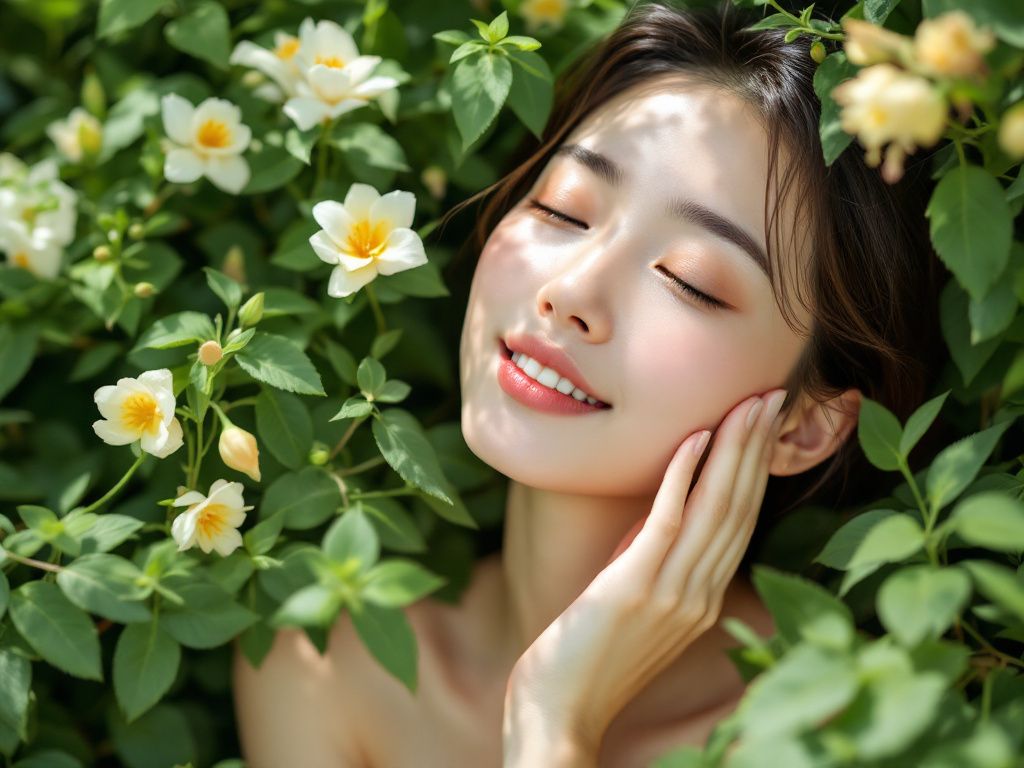





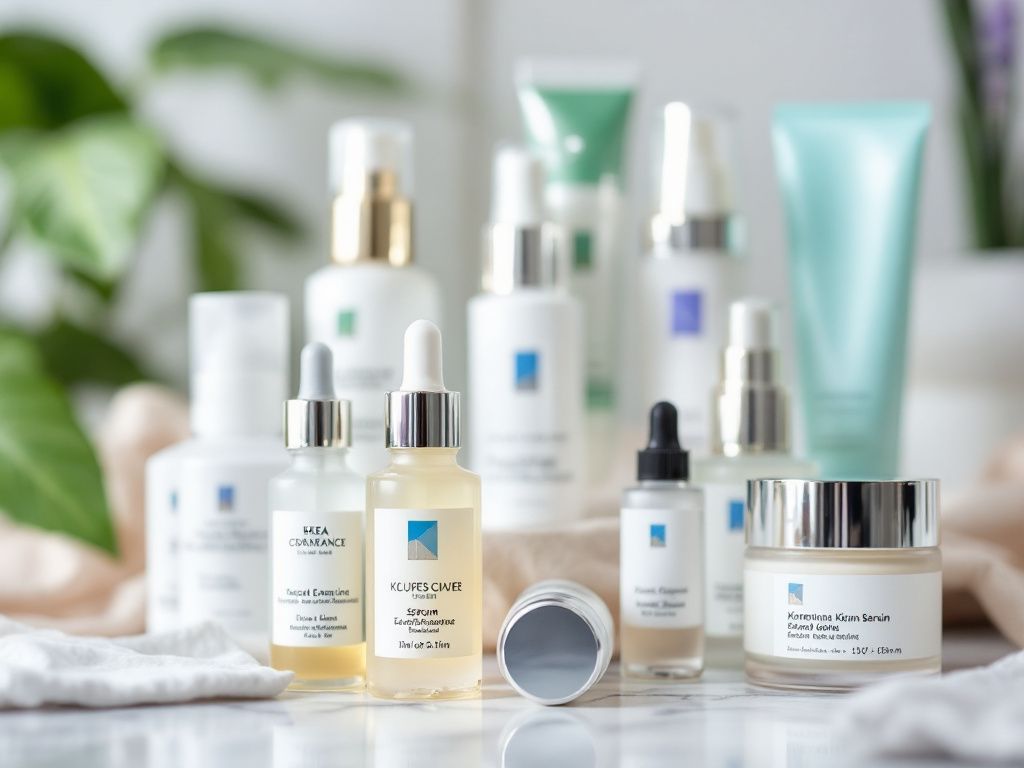







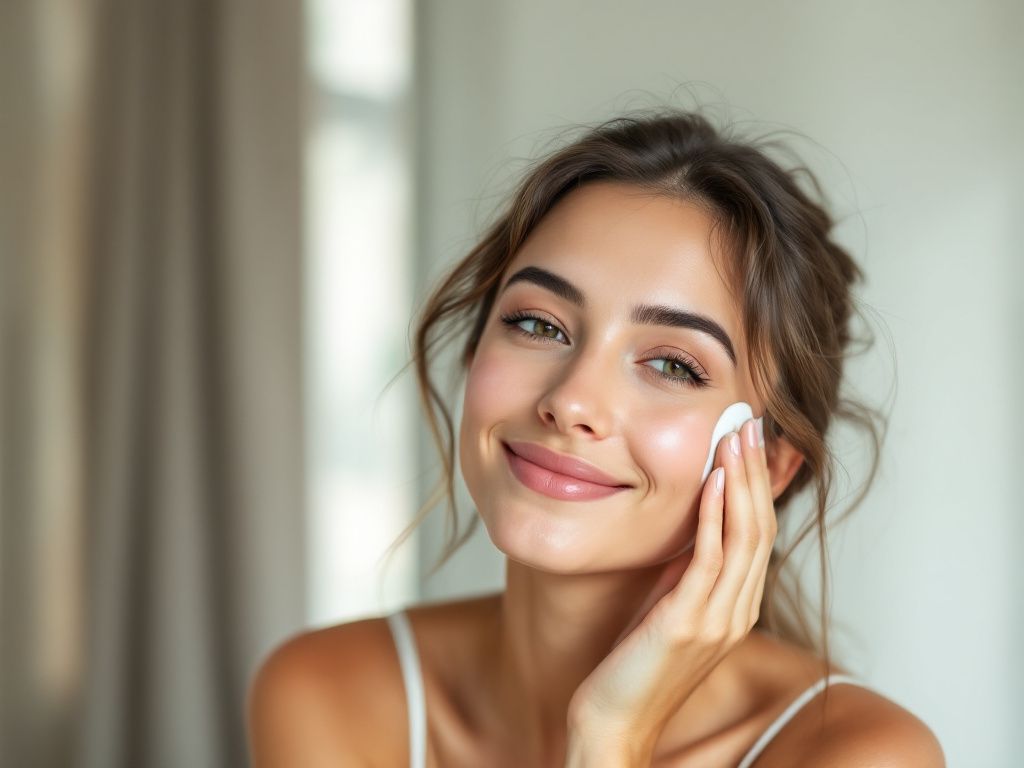






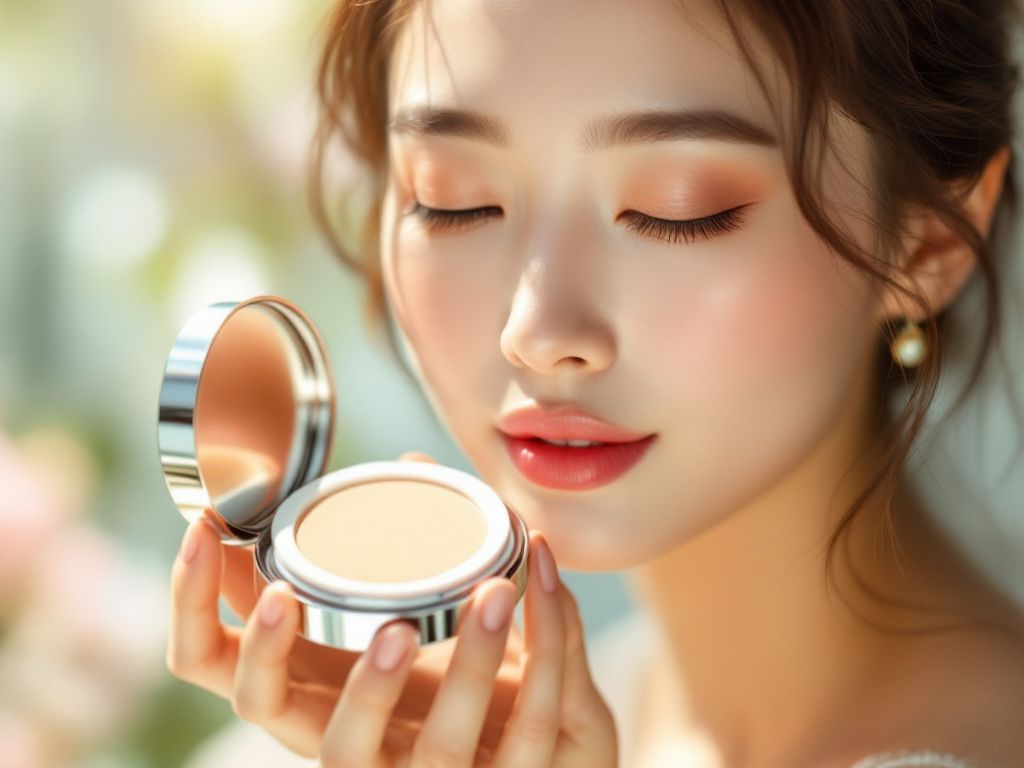








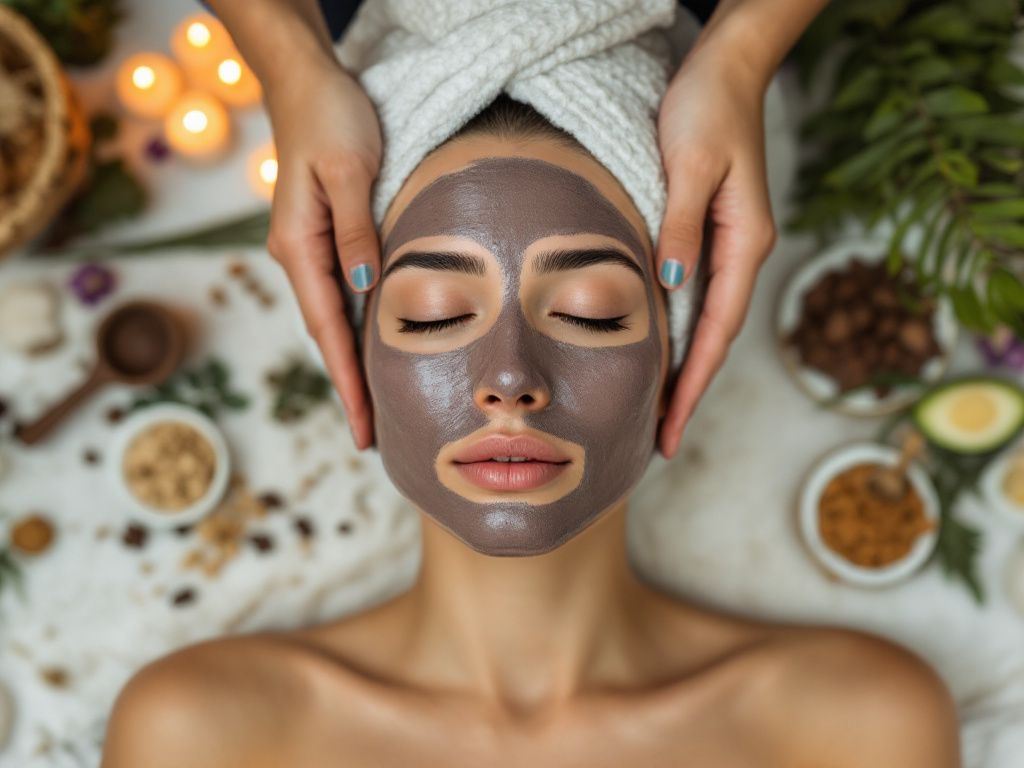


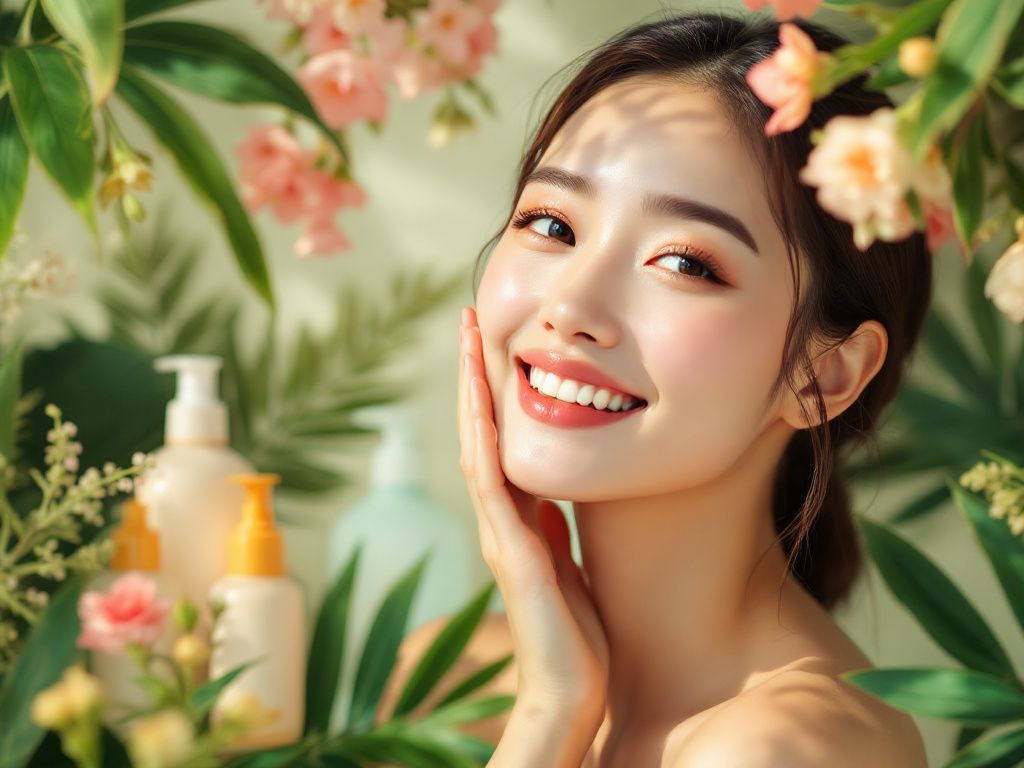



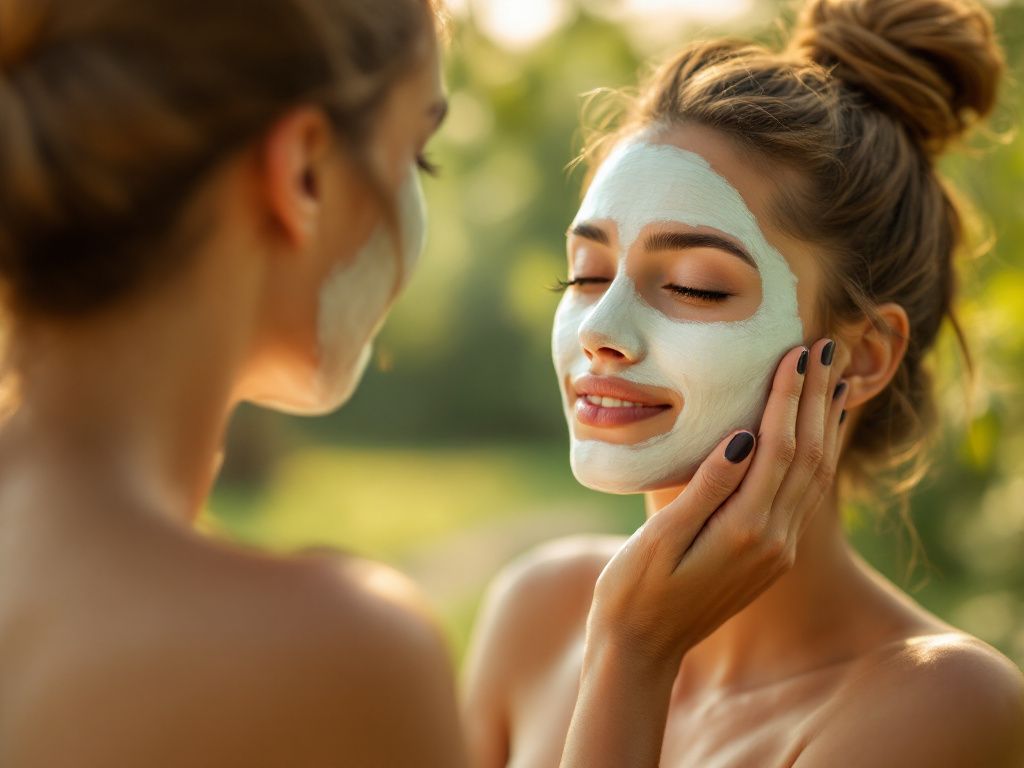



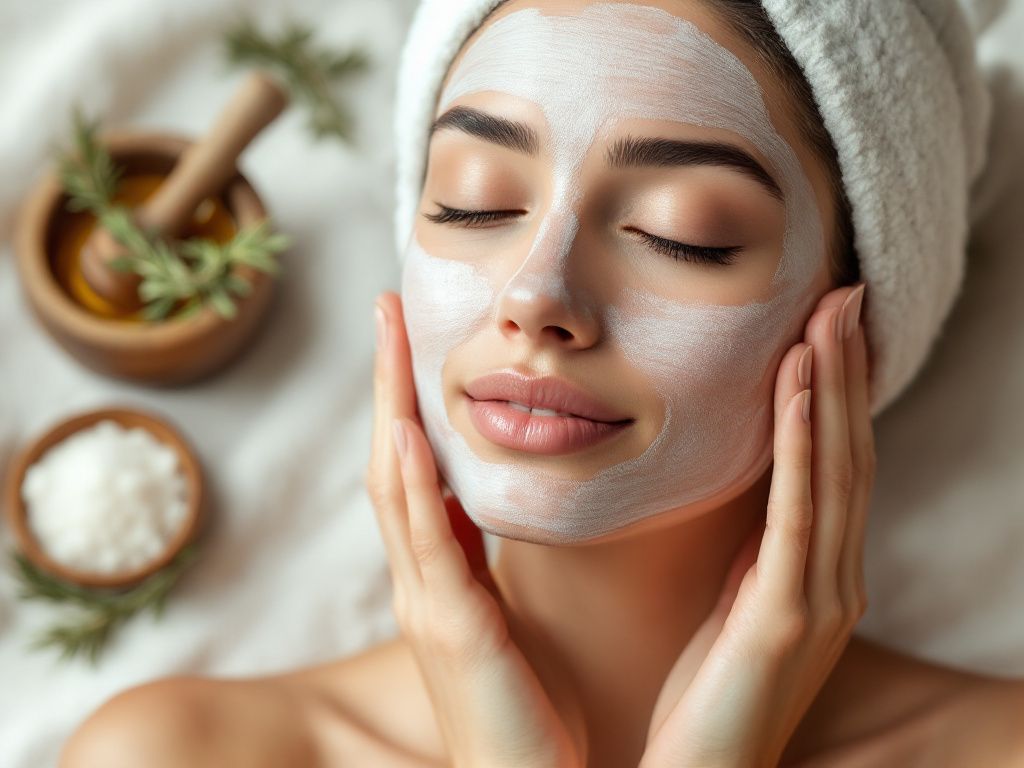








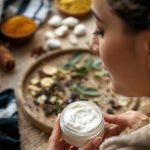

specdobavki.
24th Apr 2025This article is very interesting and informative! The website is a great source of useful information.